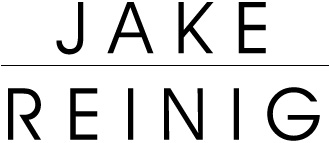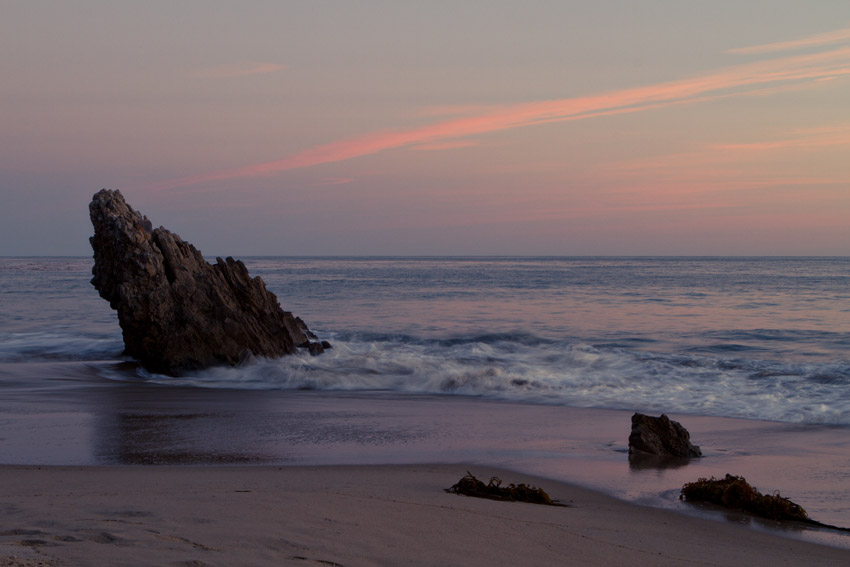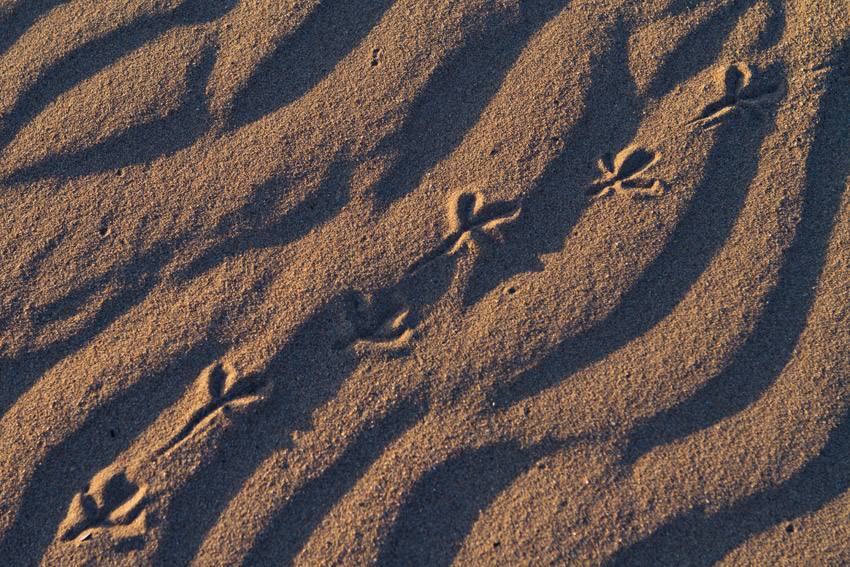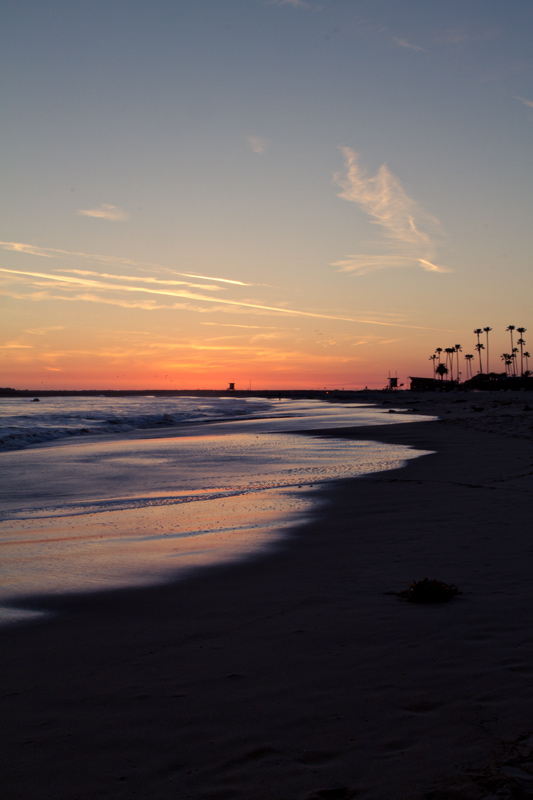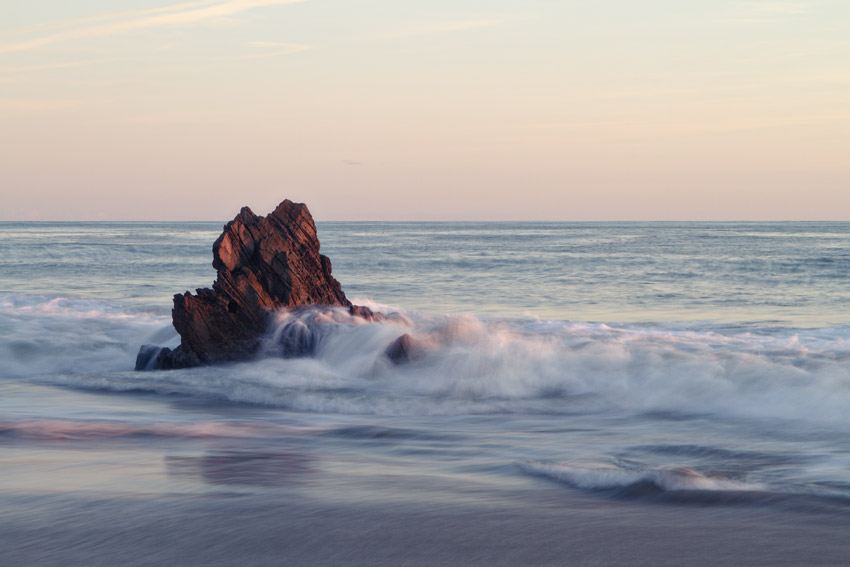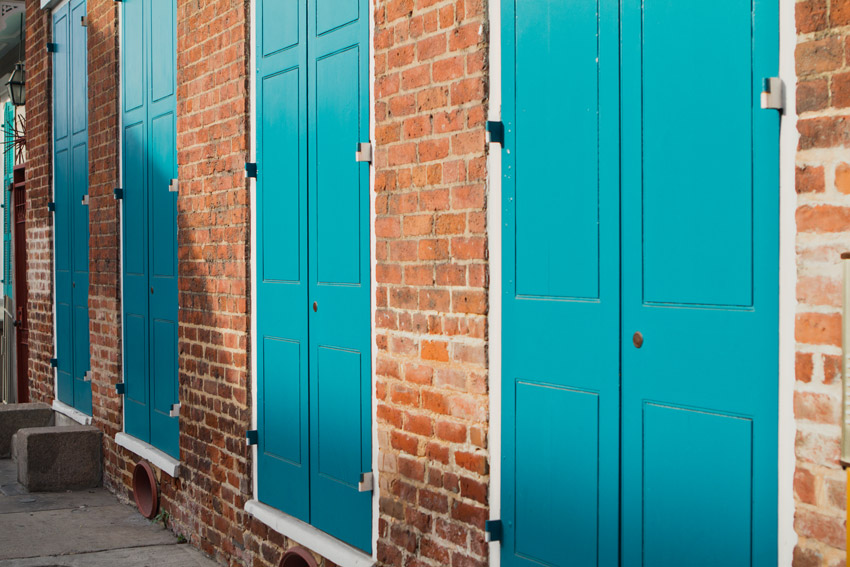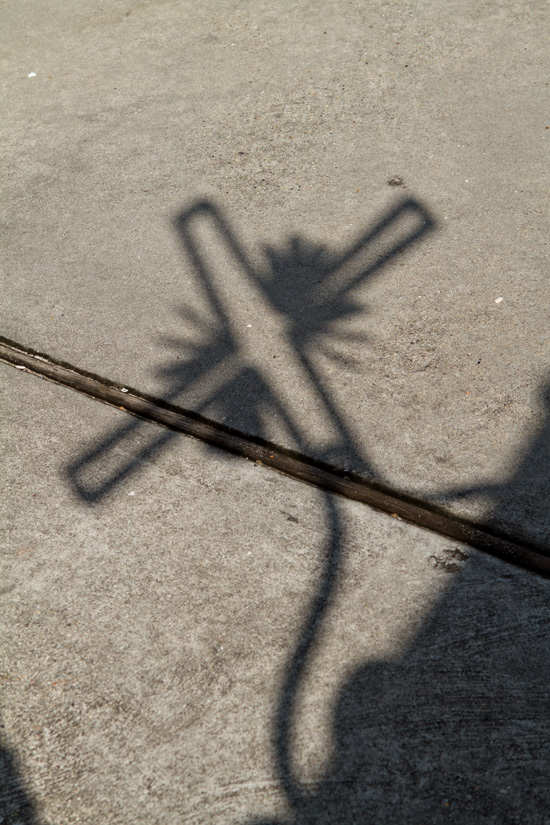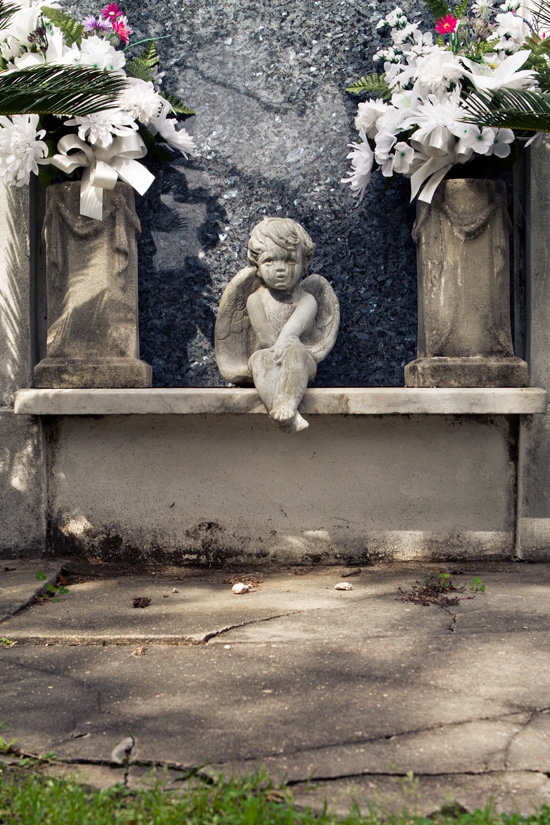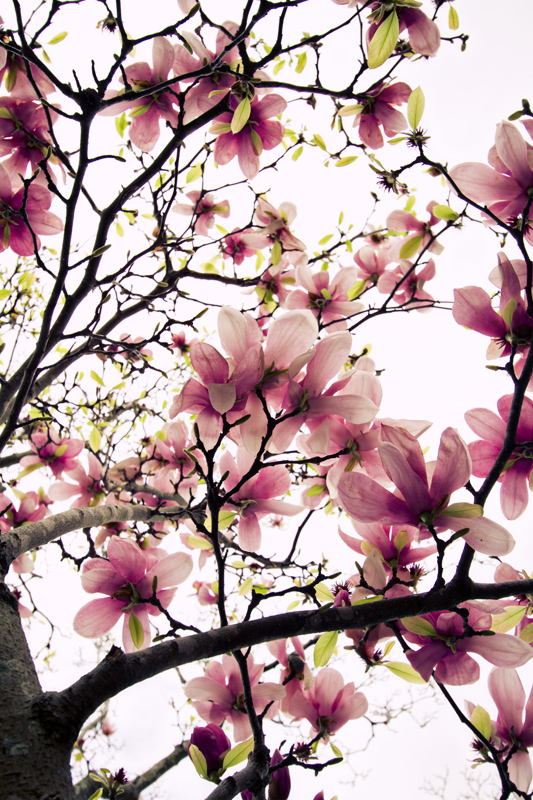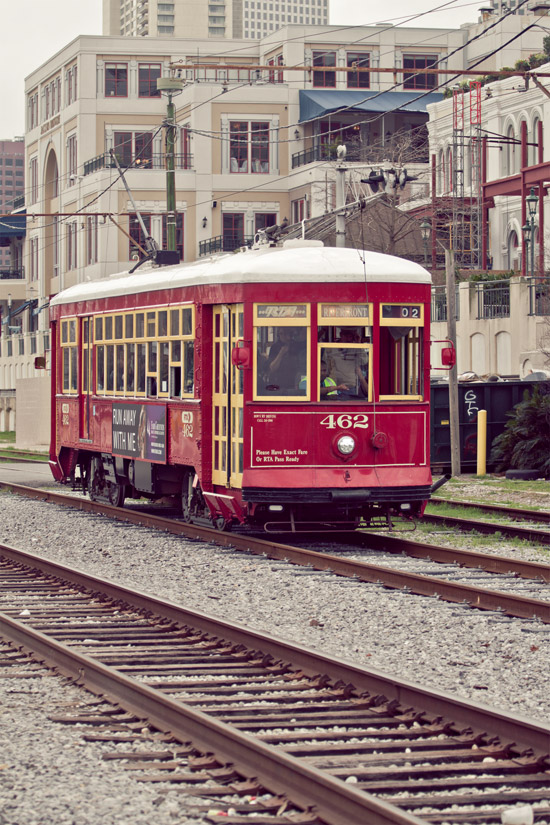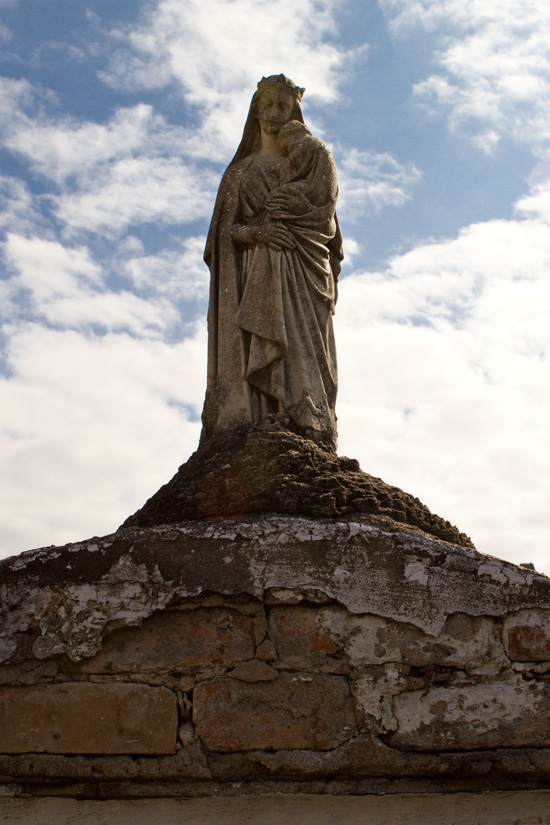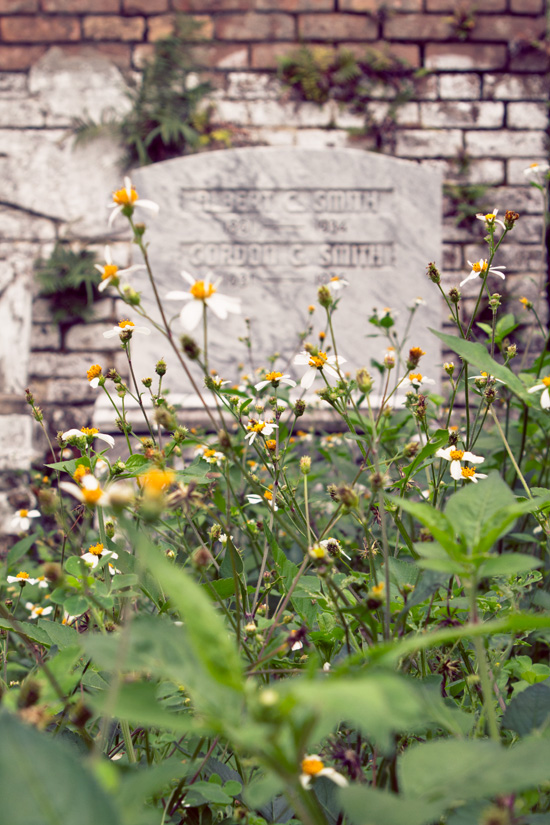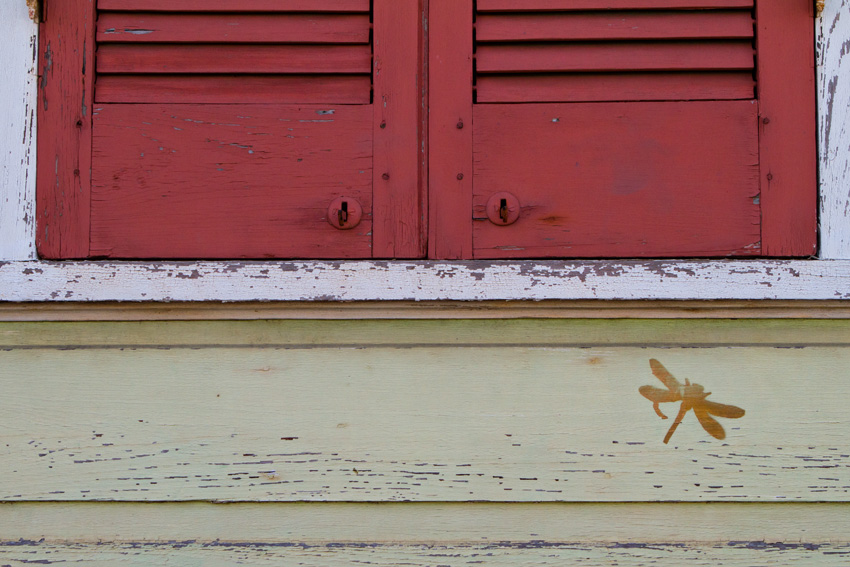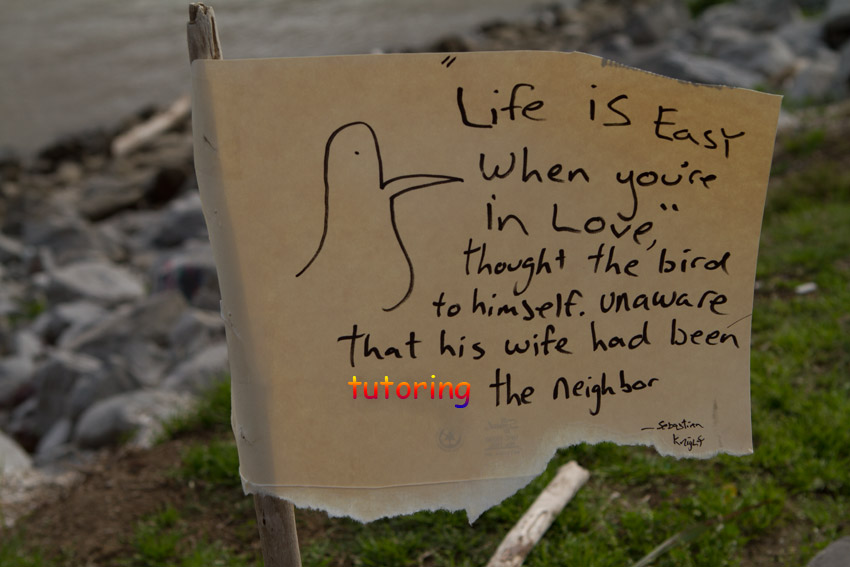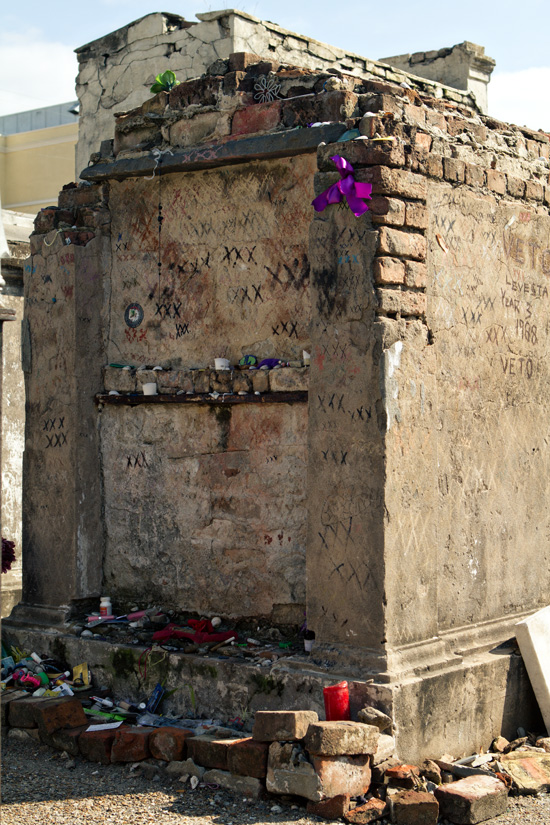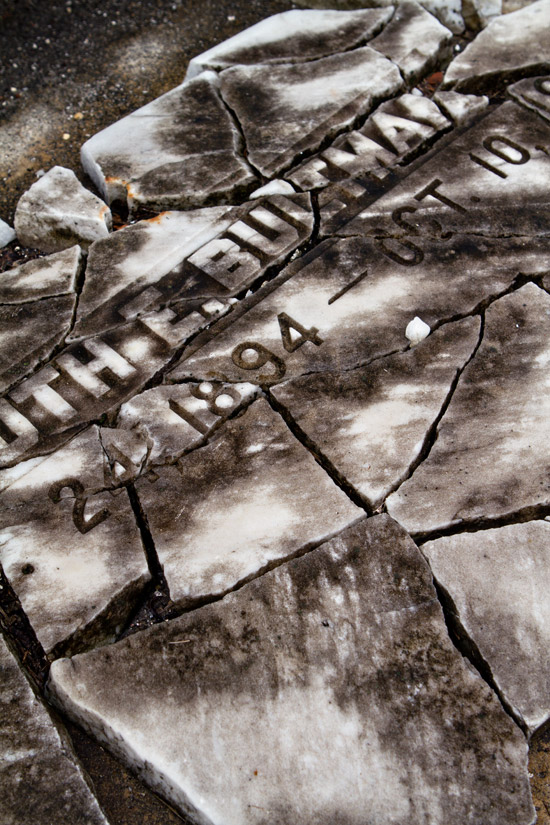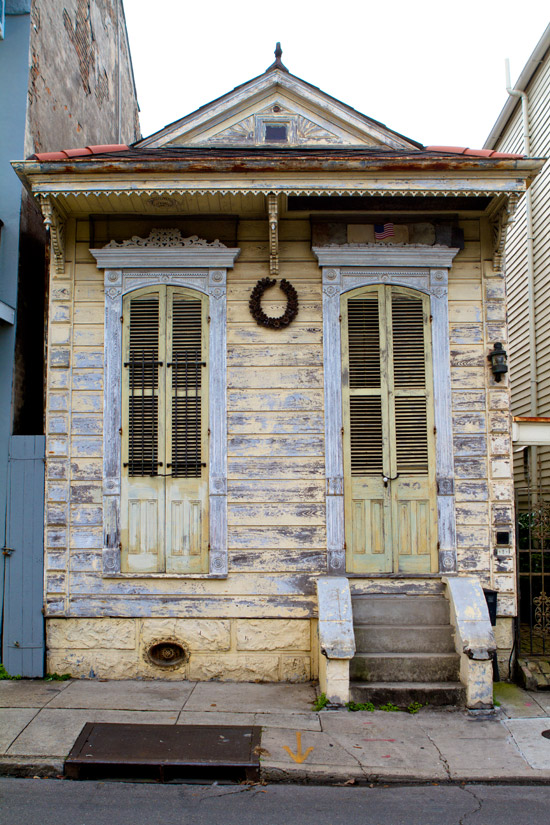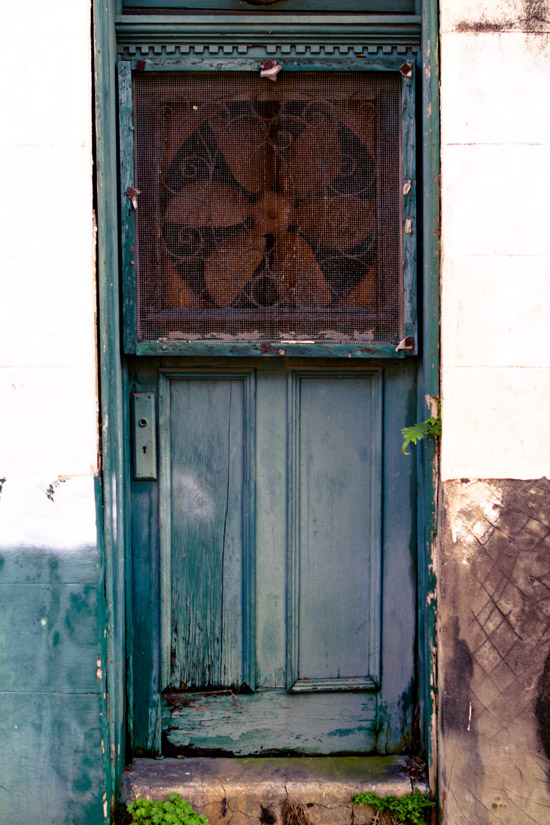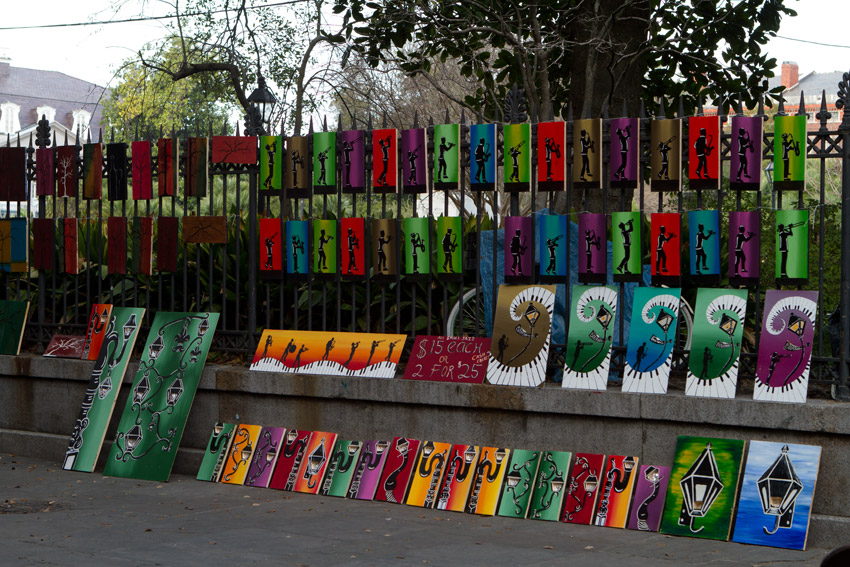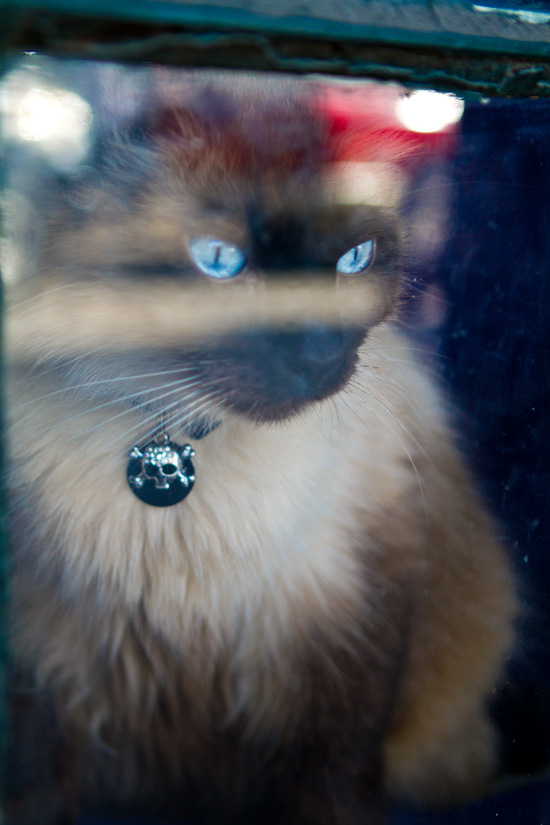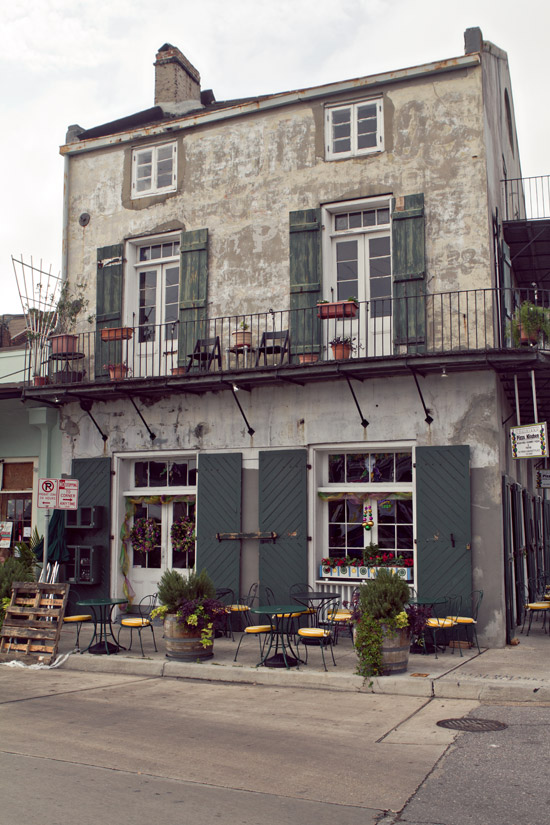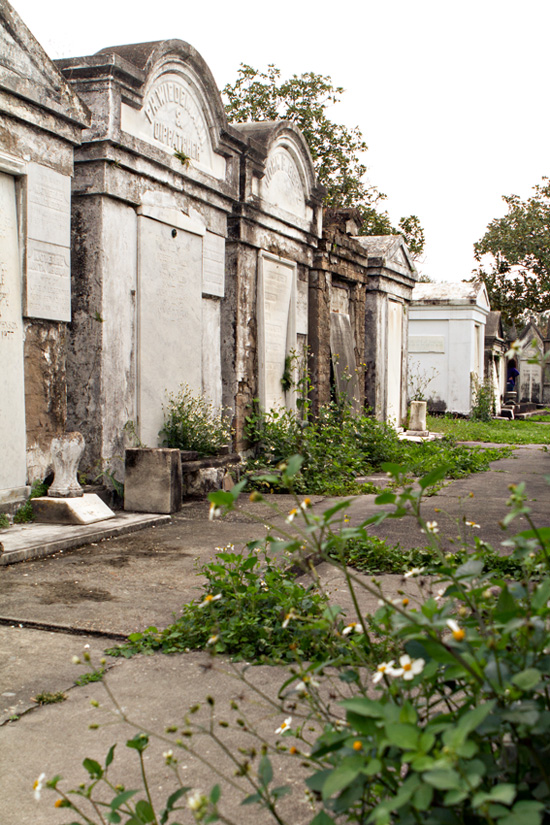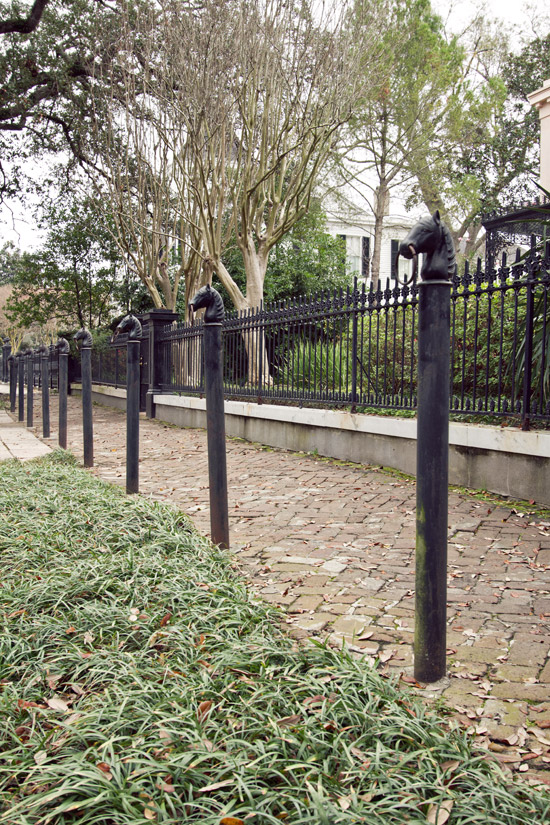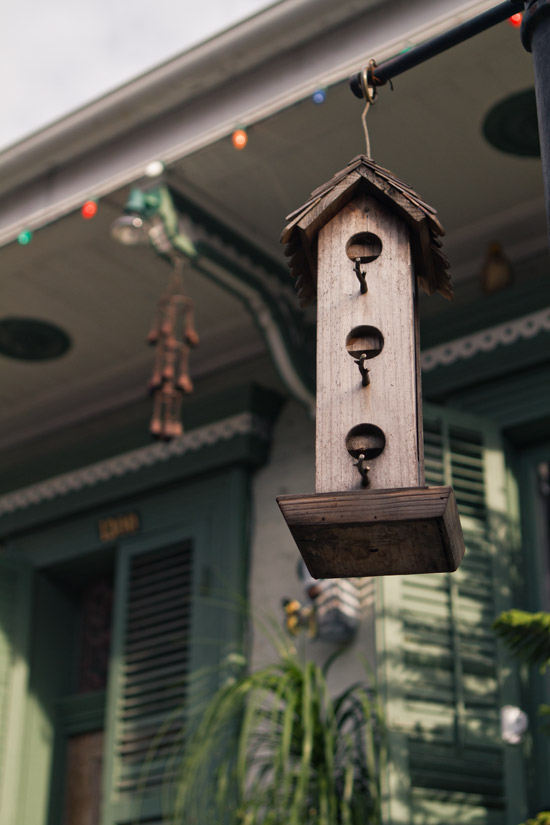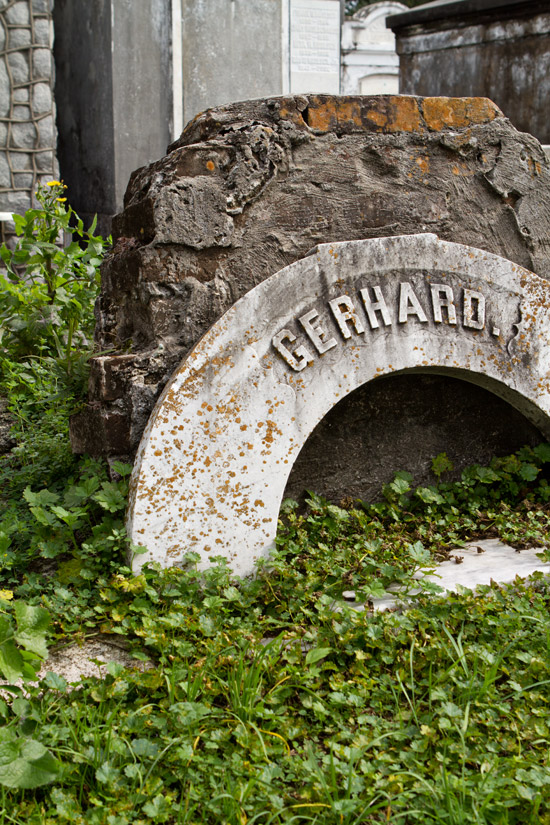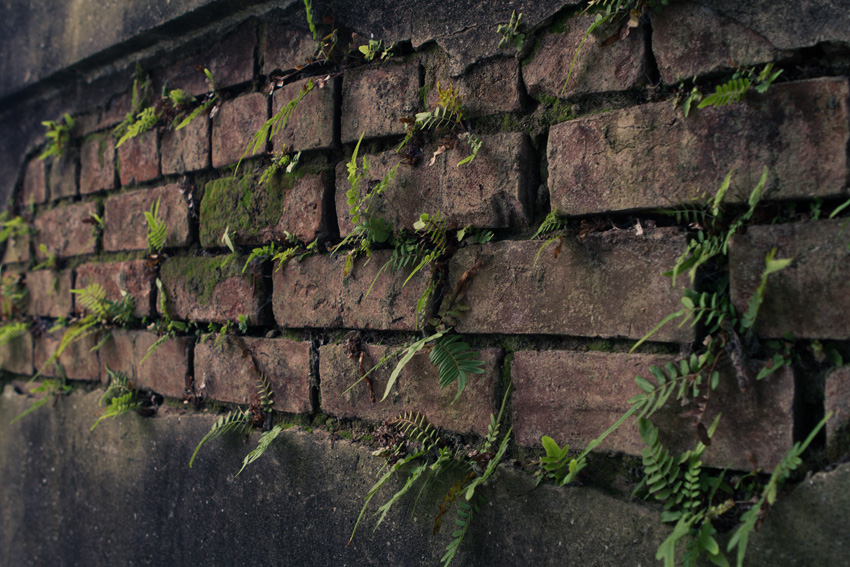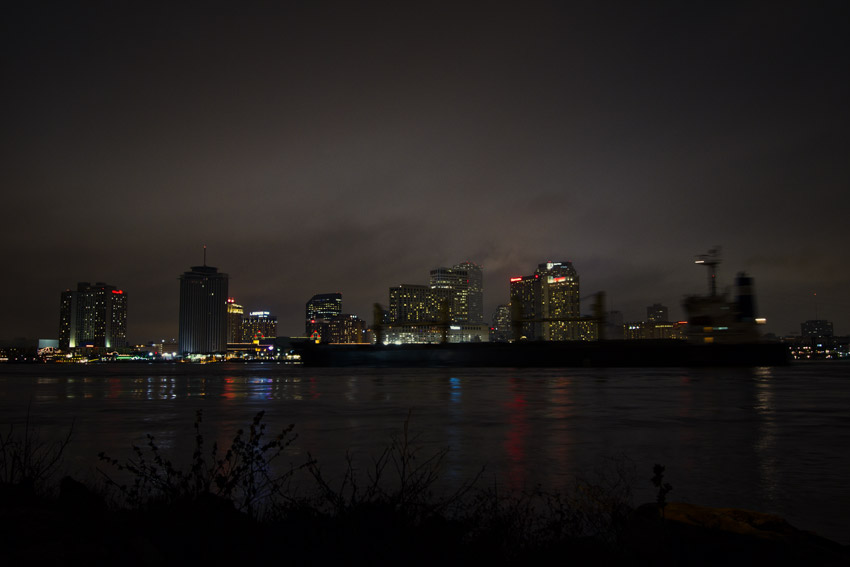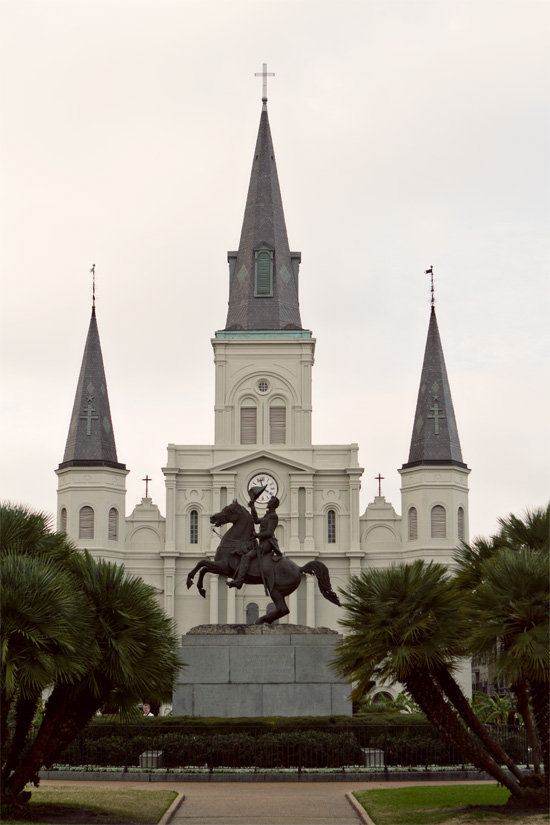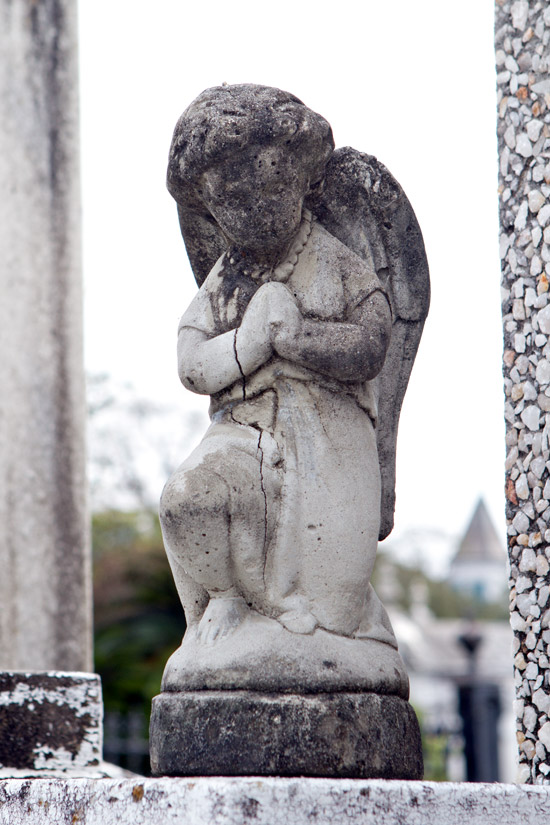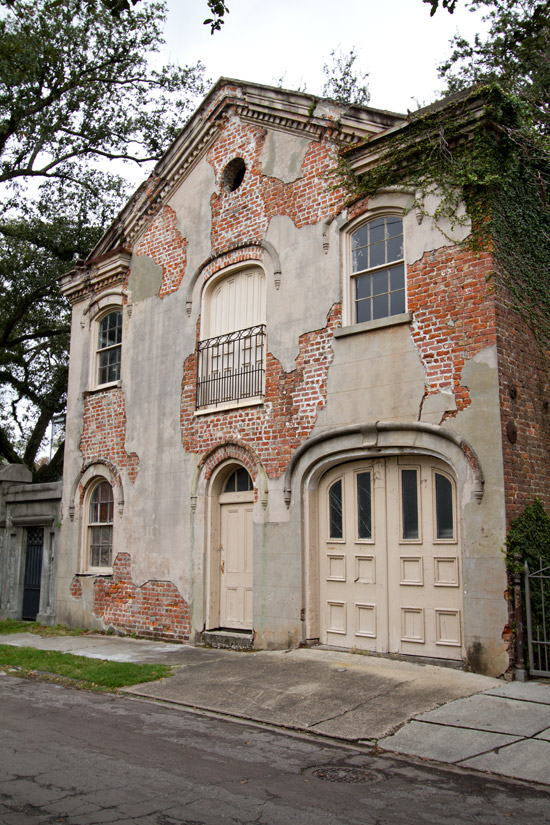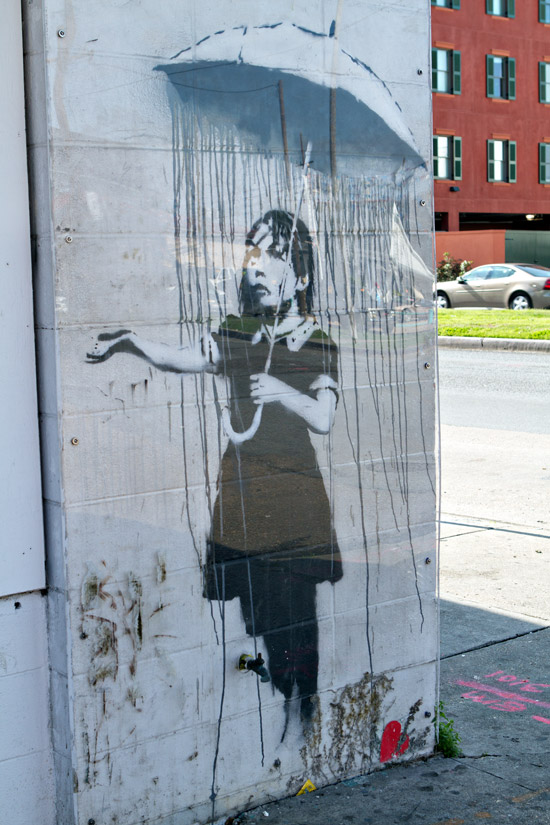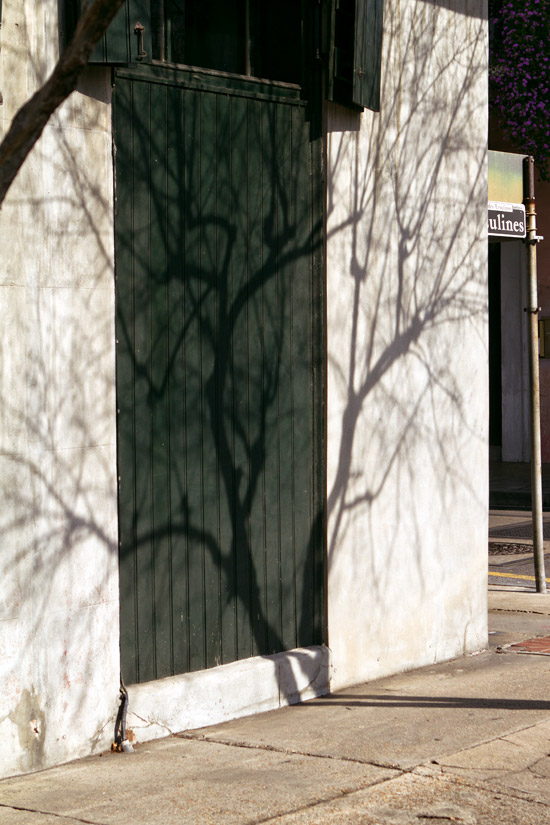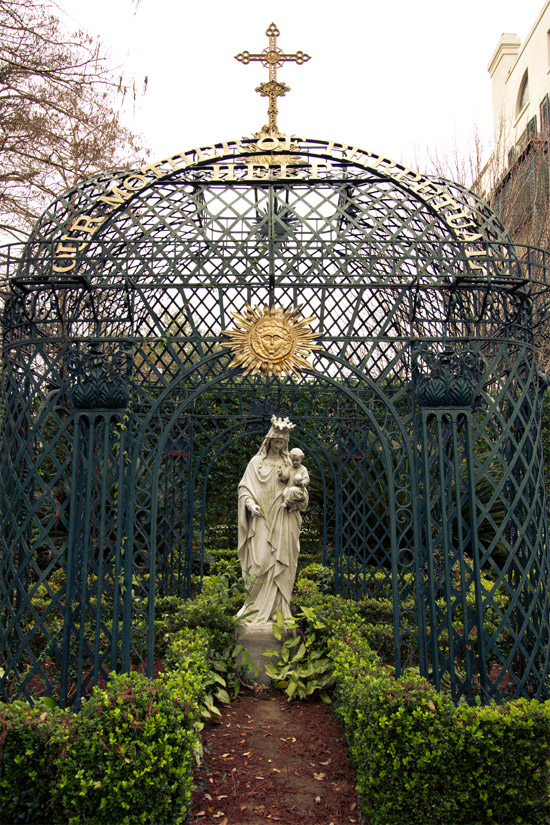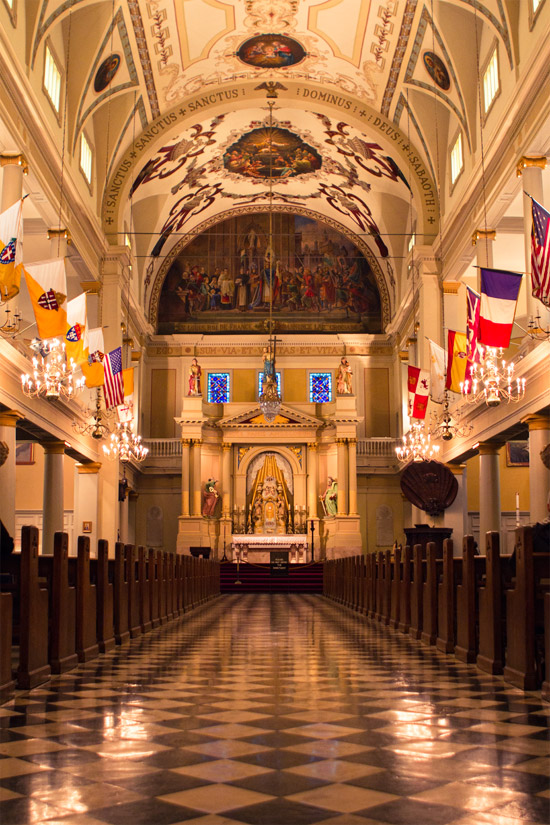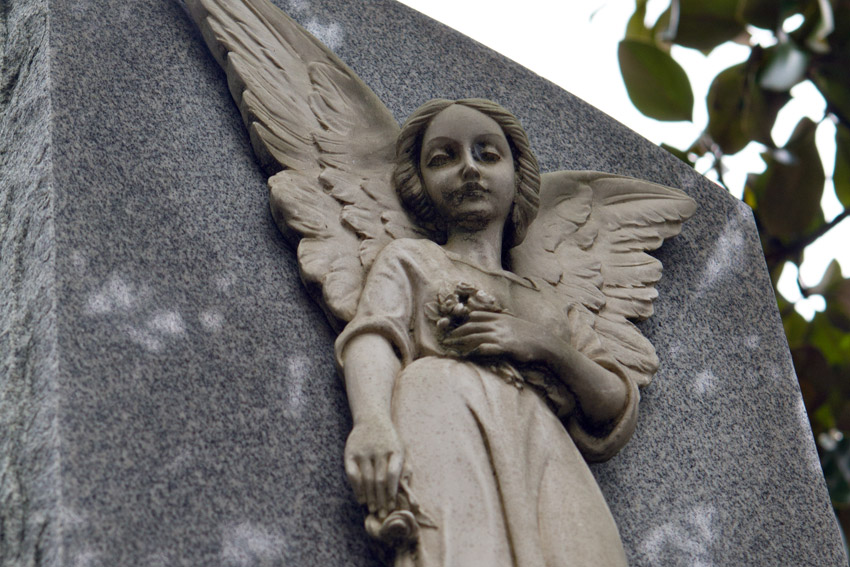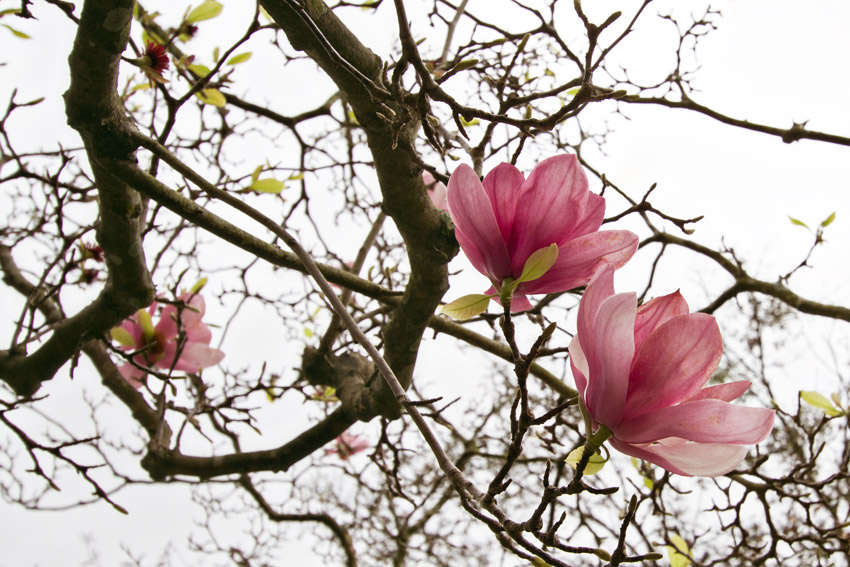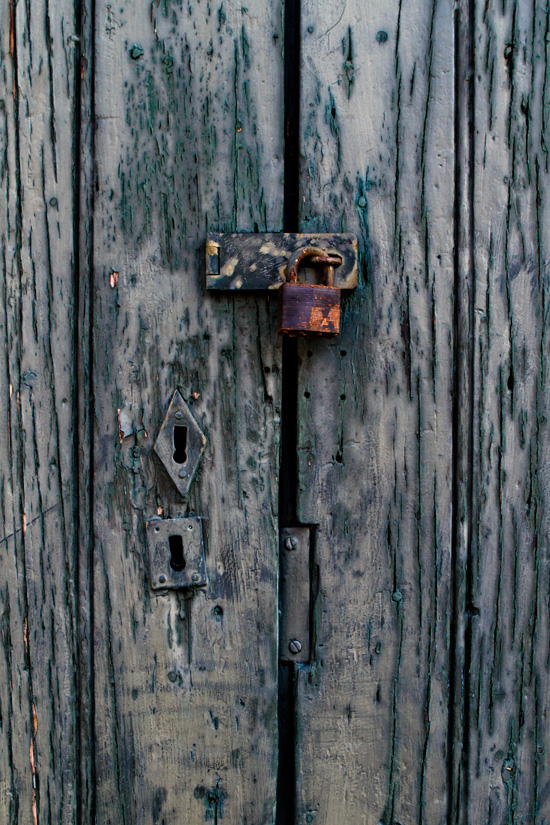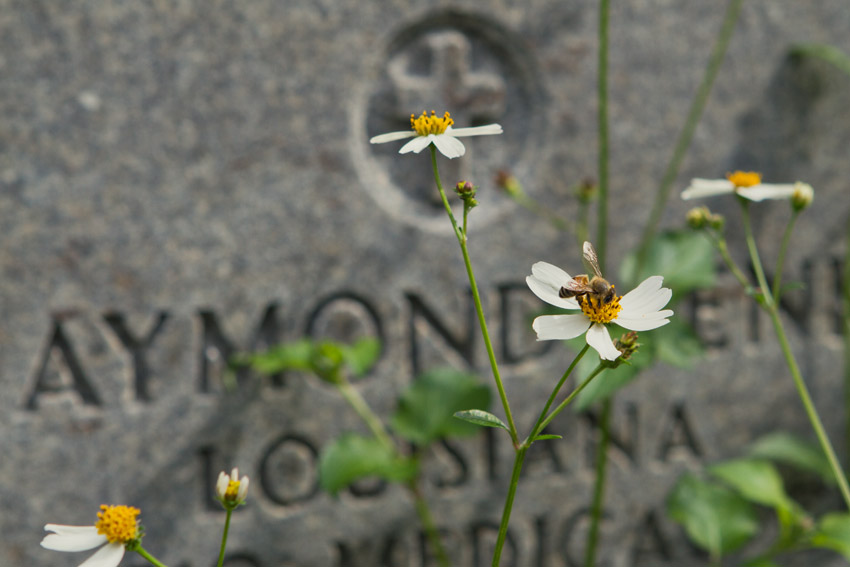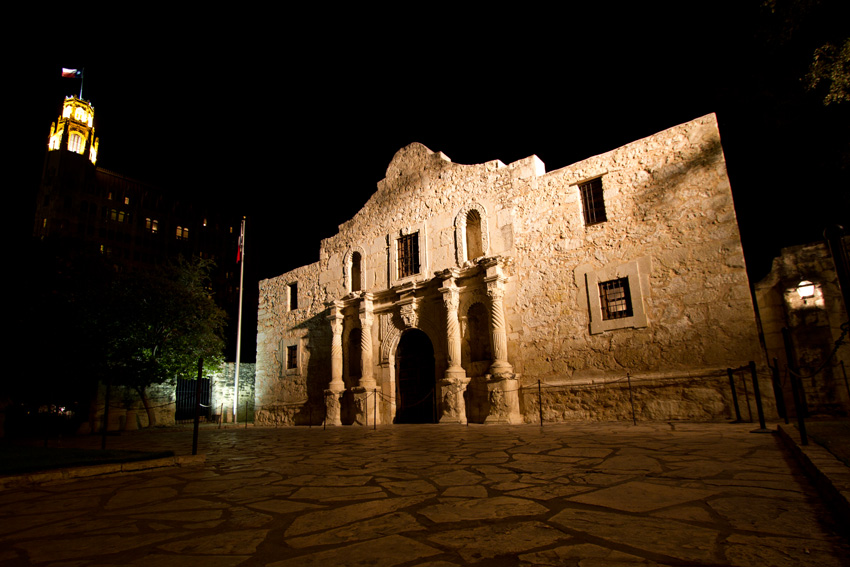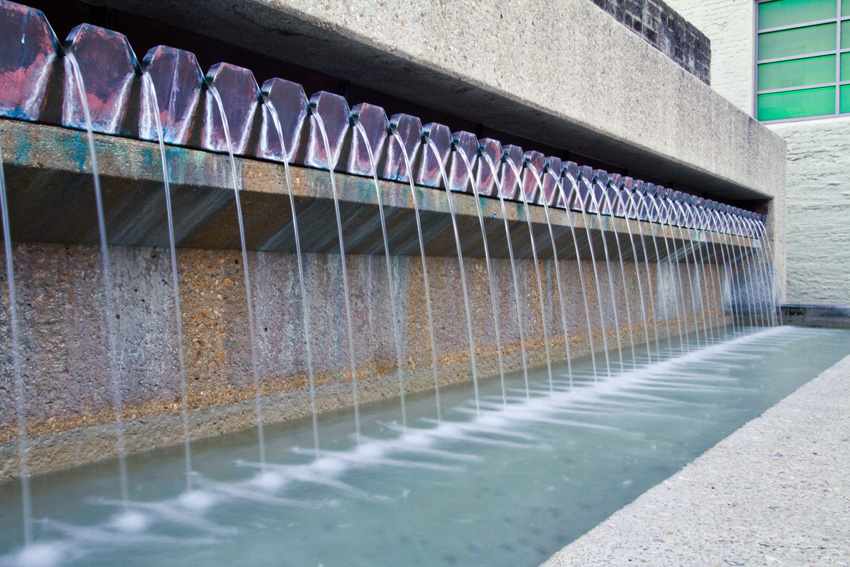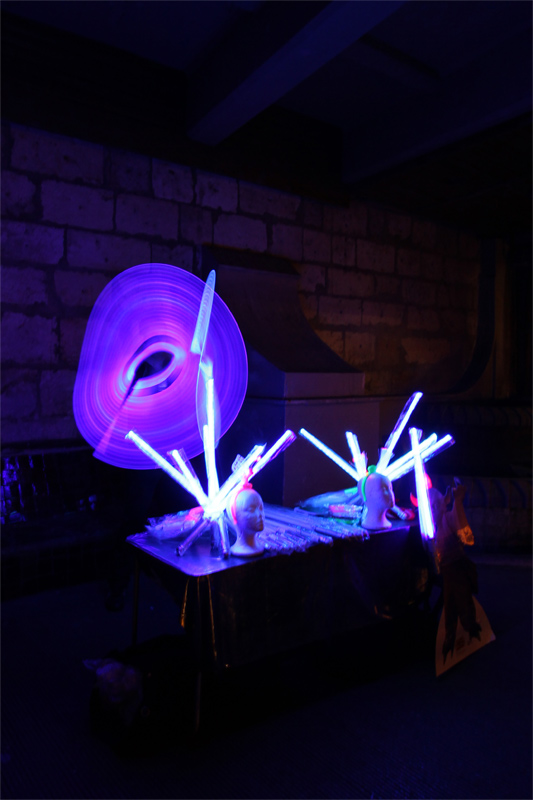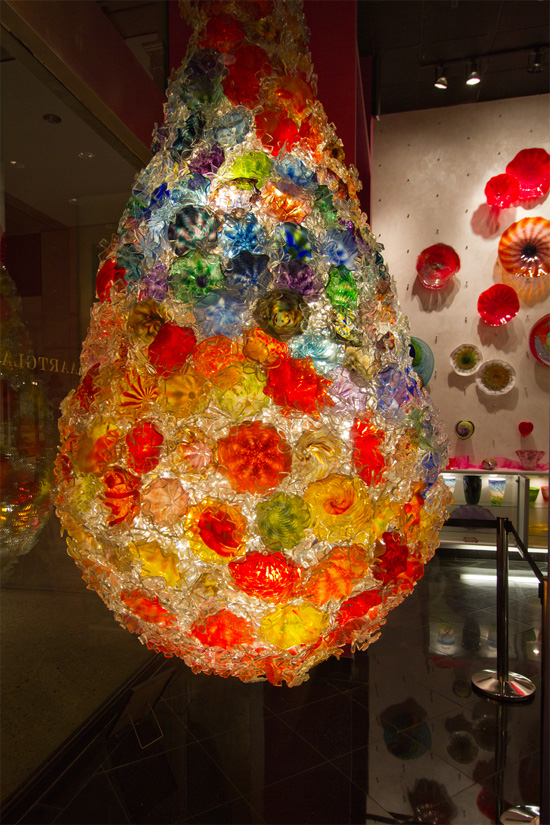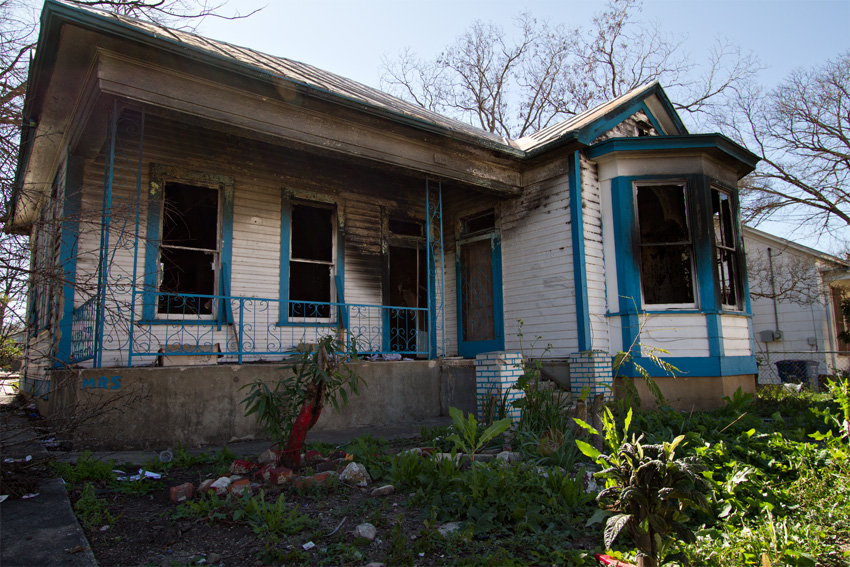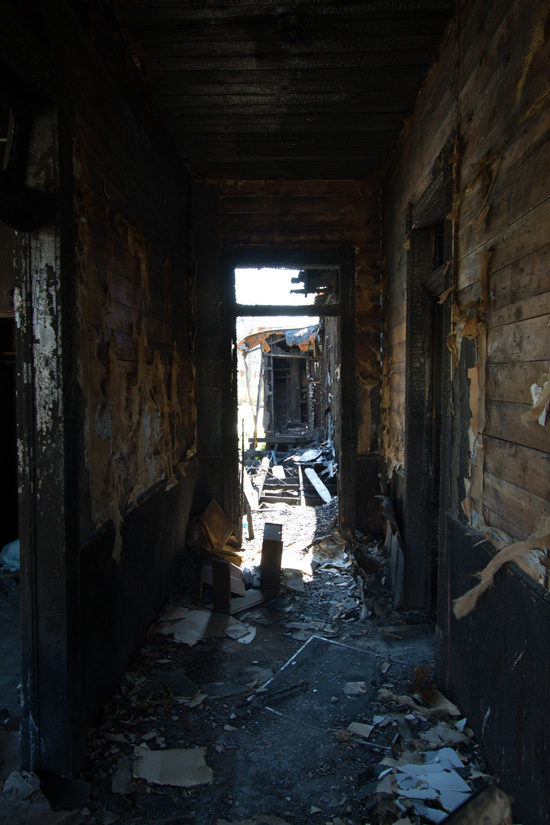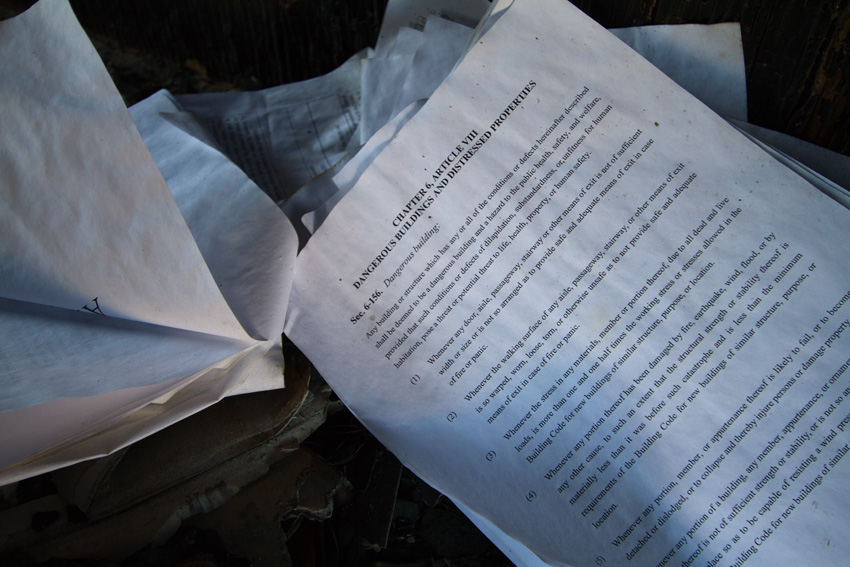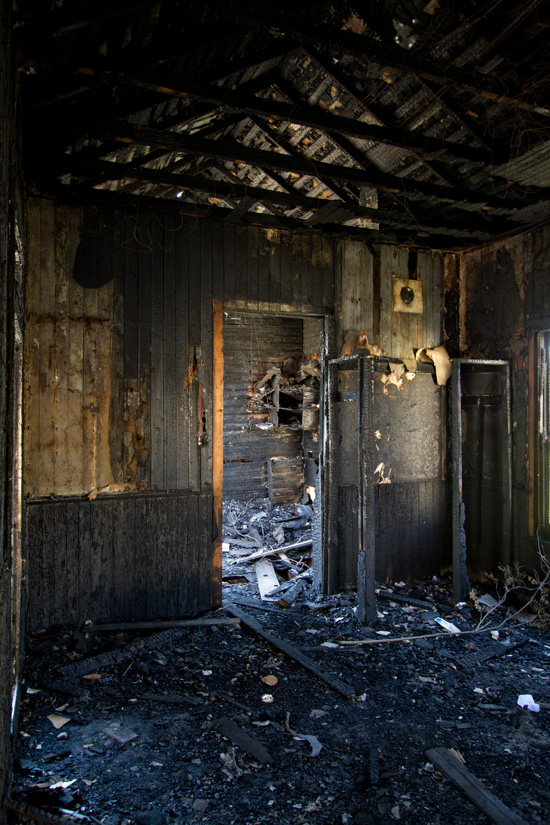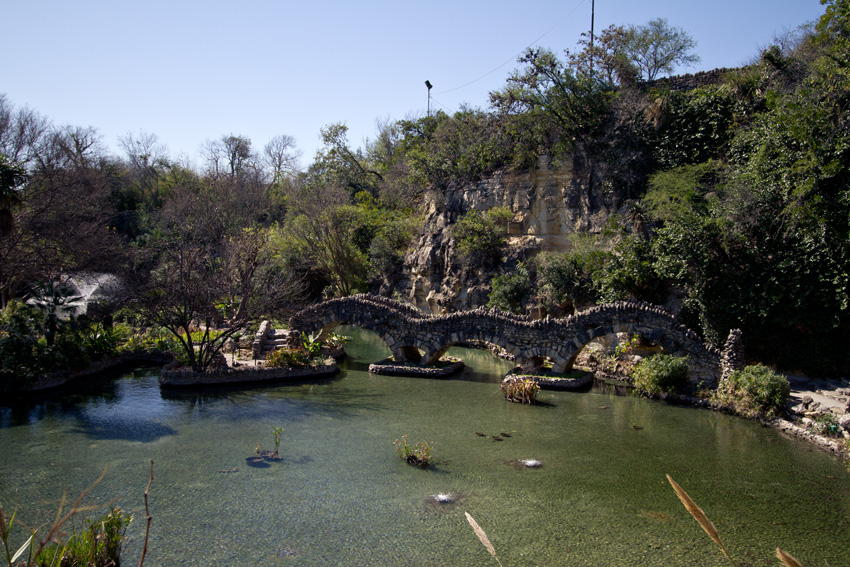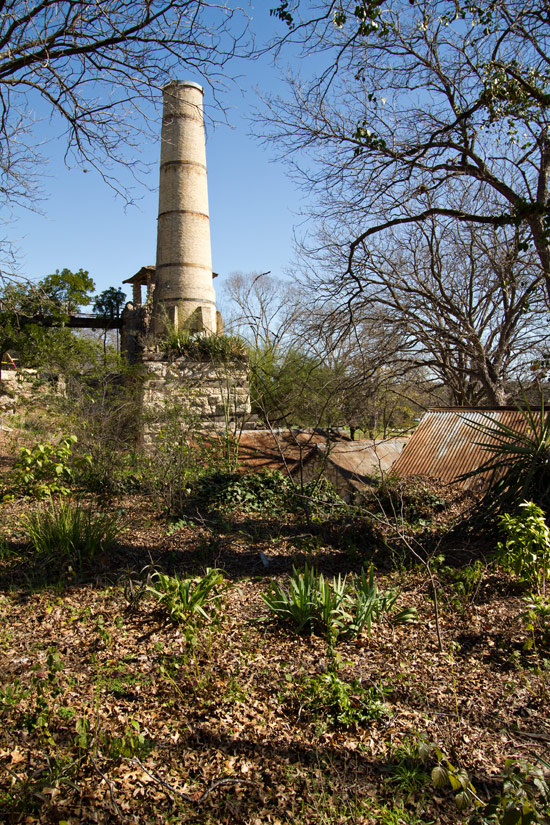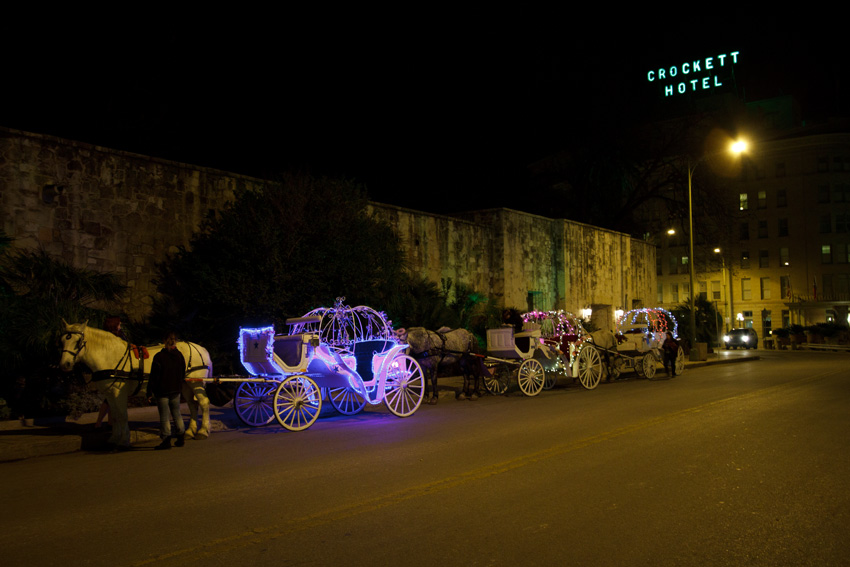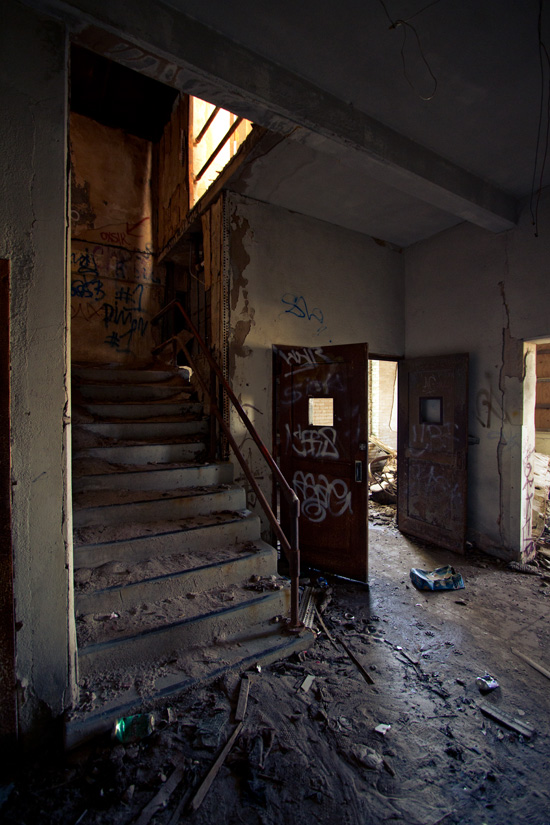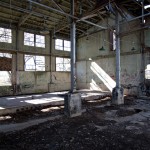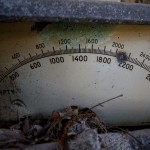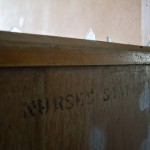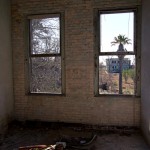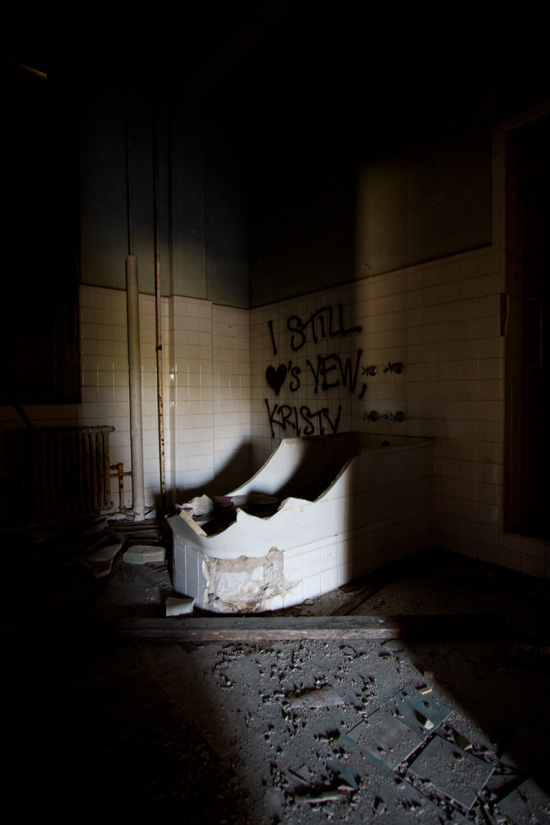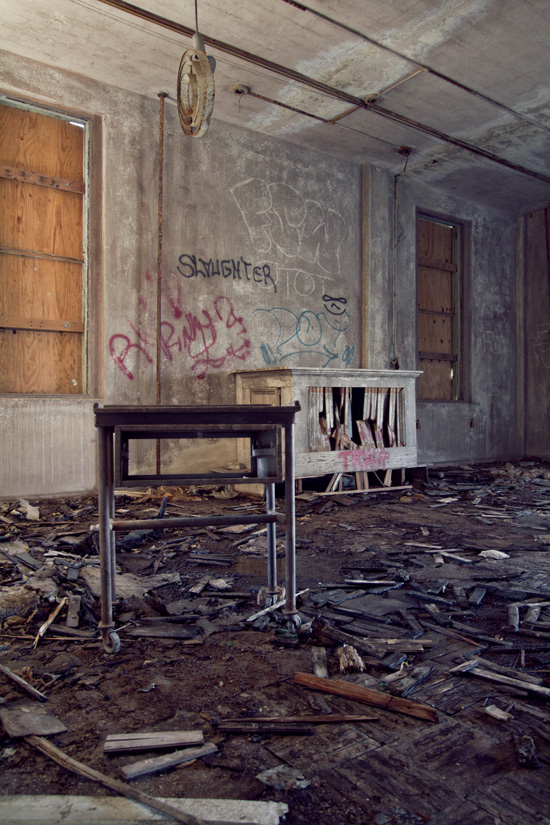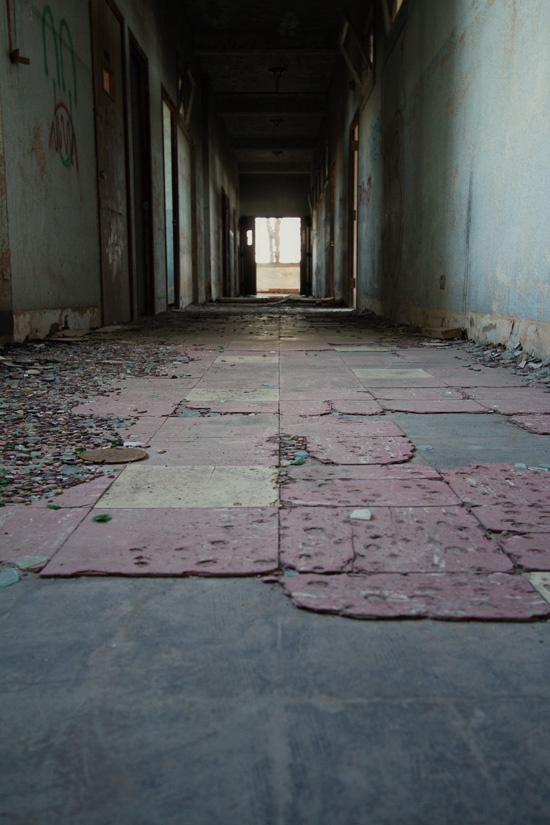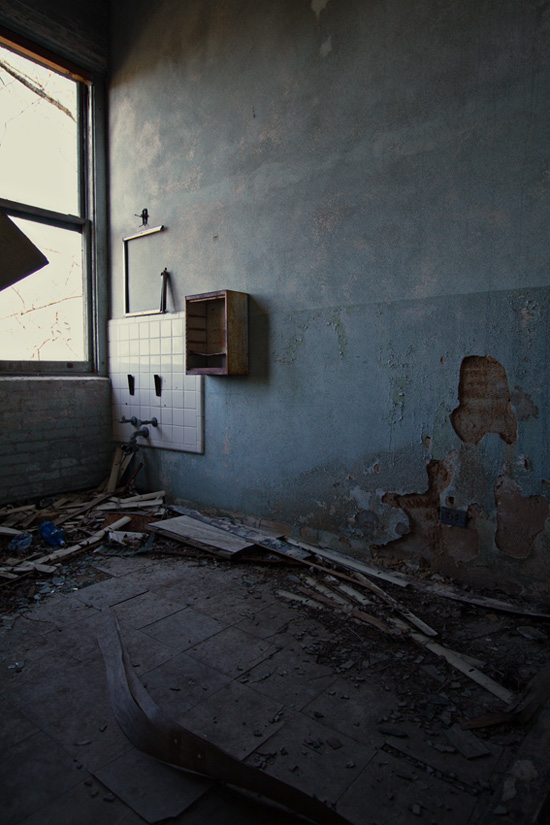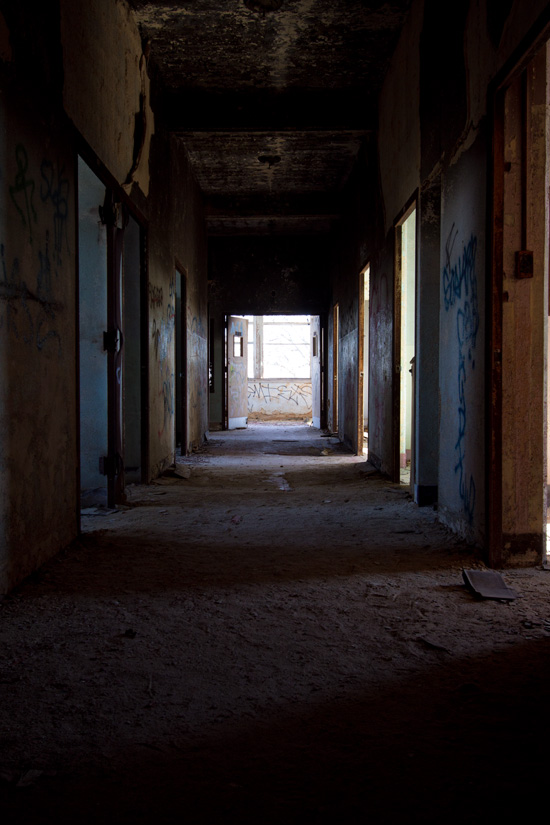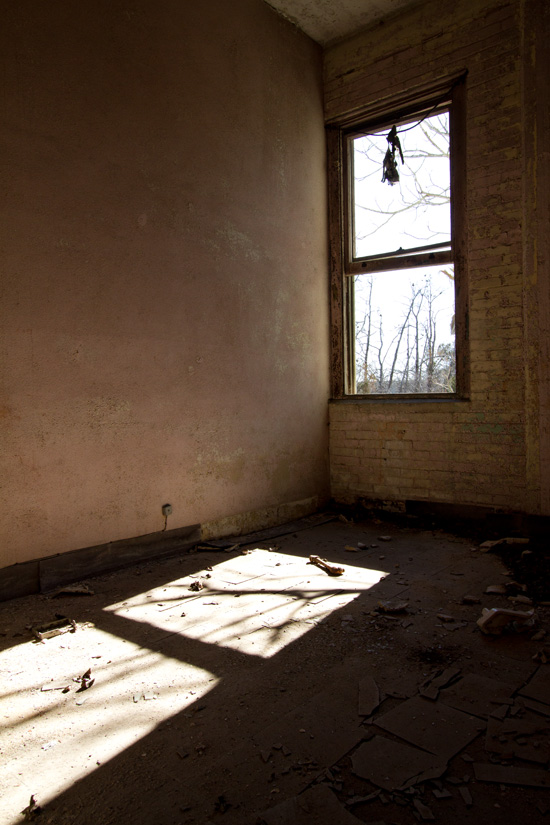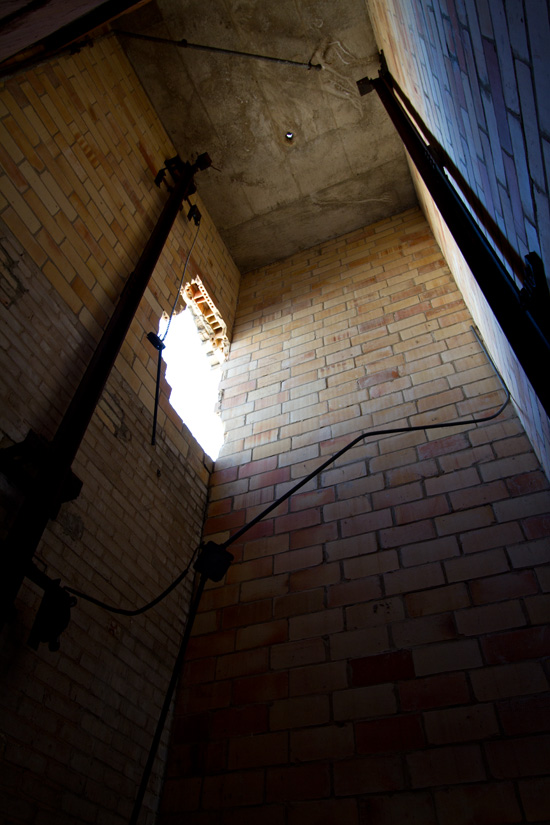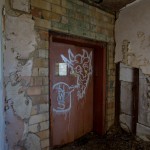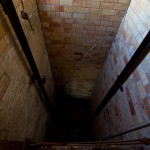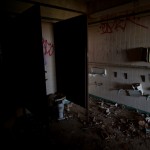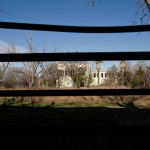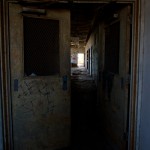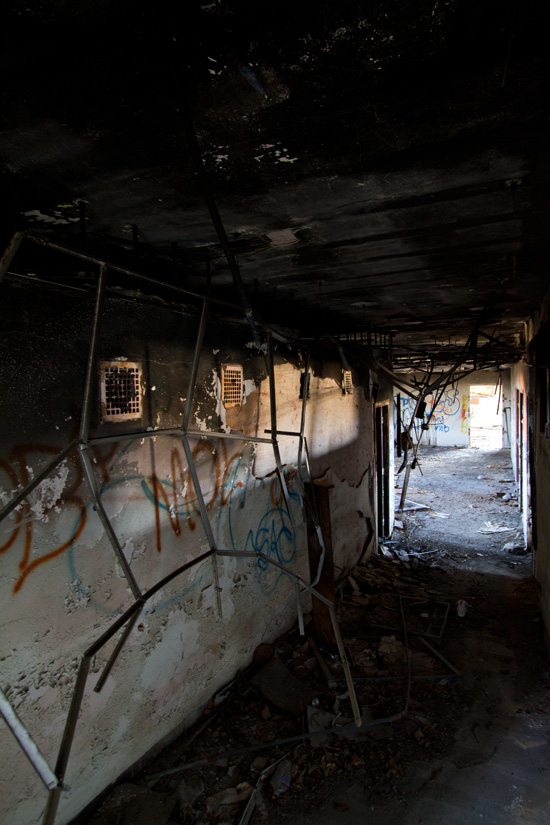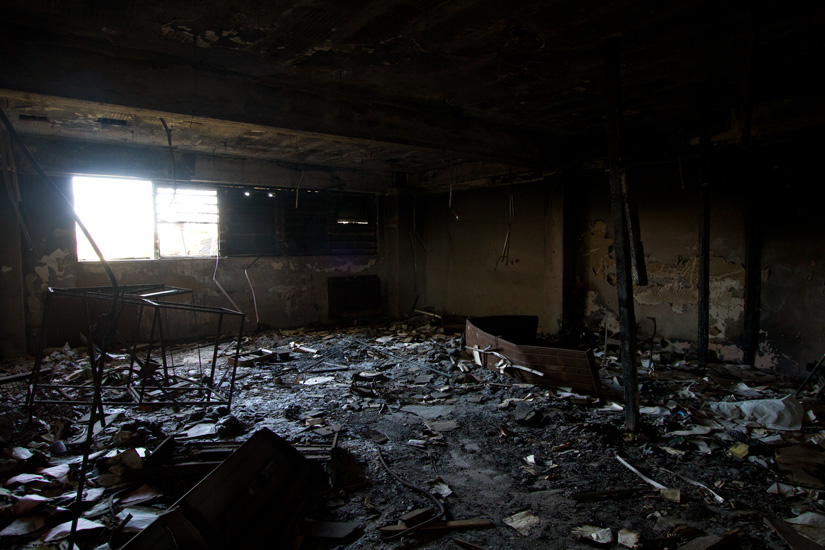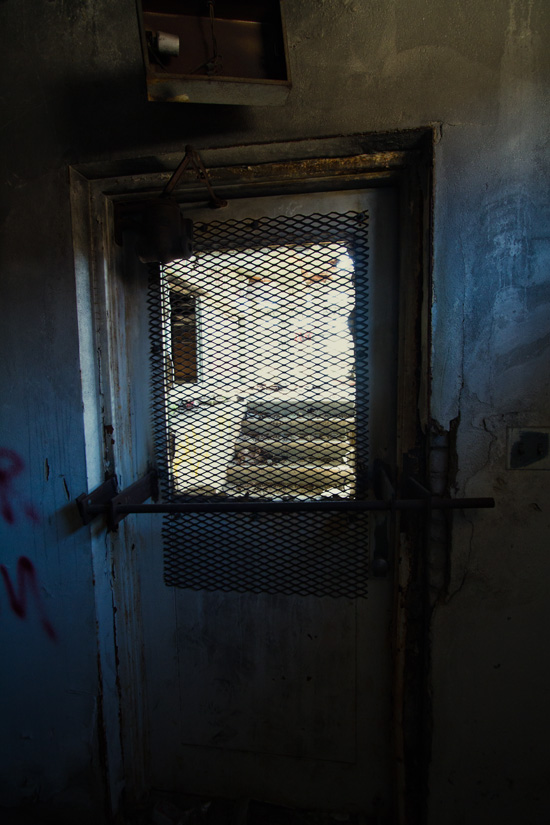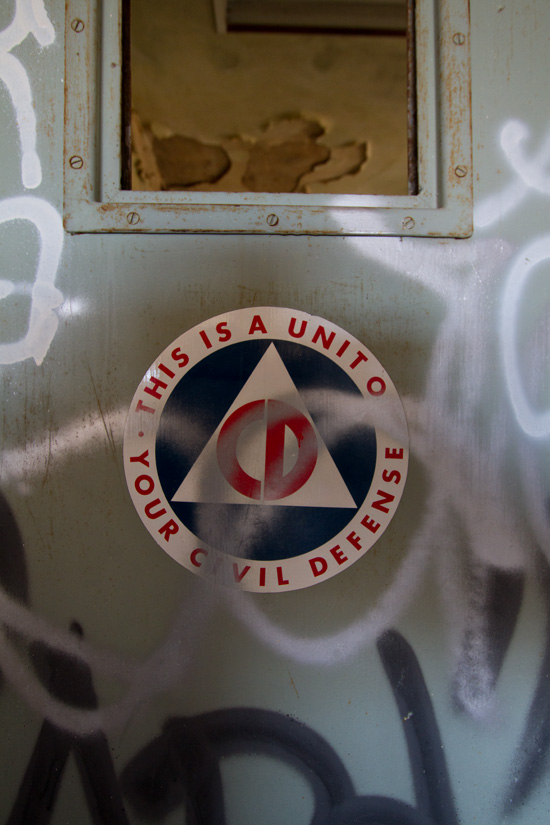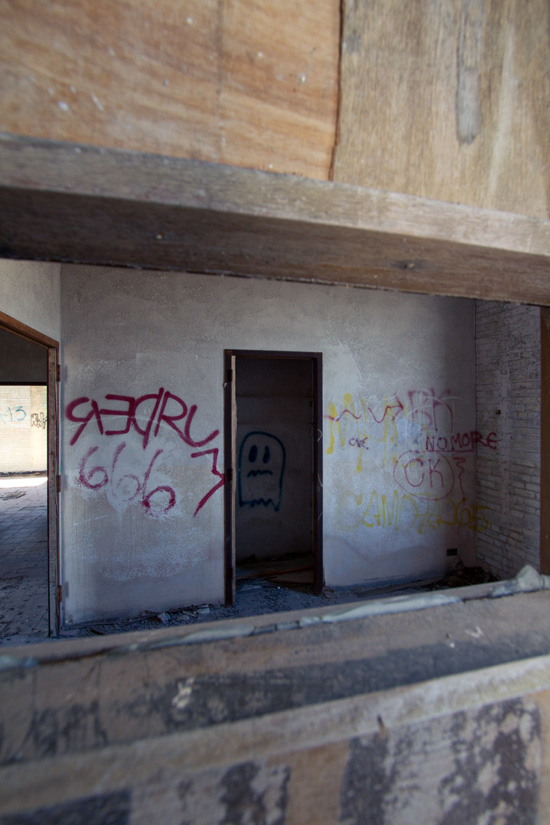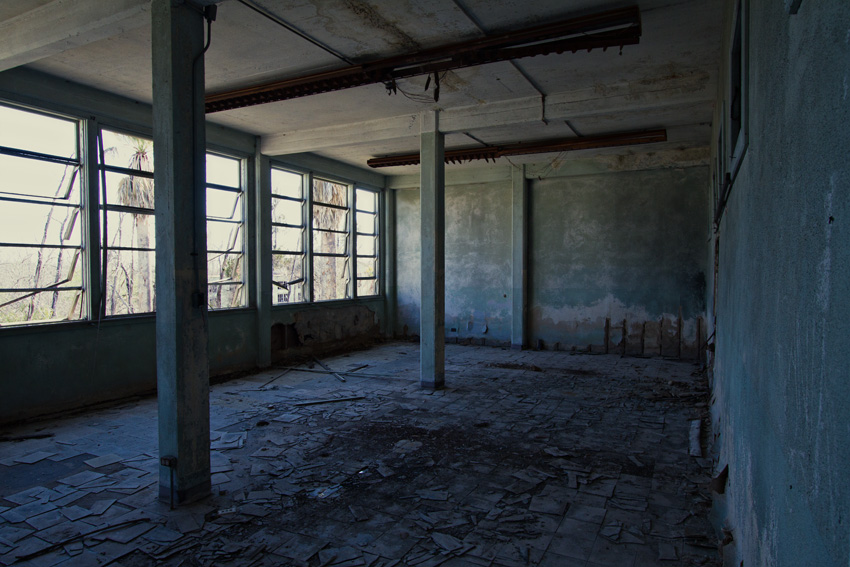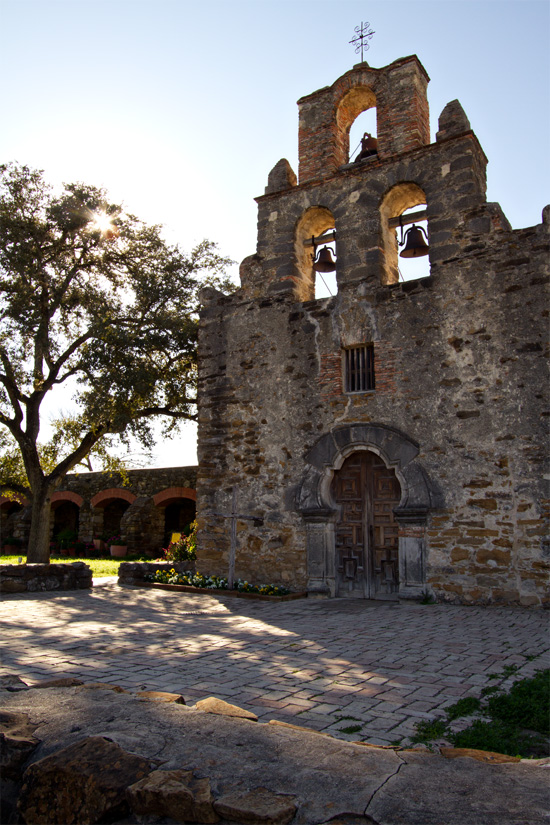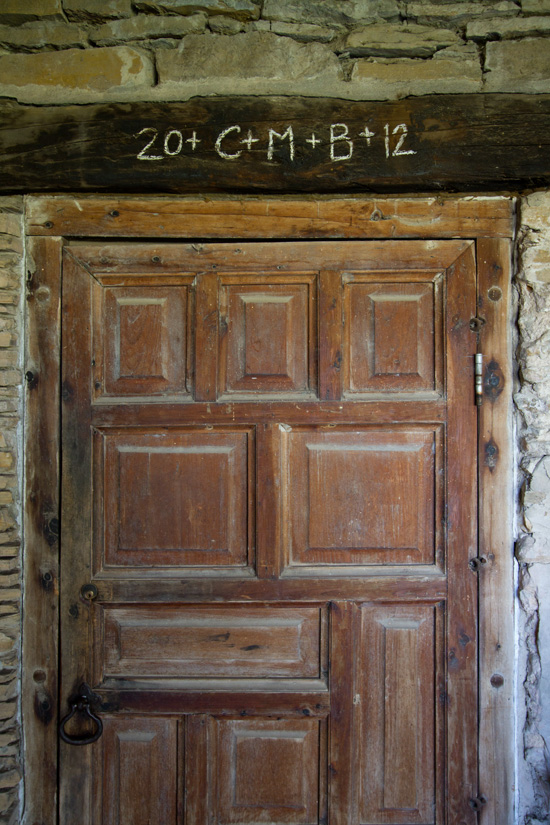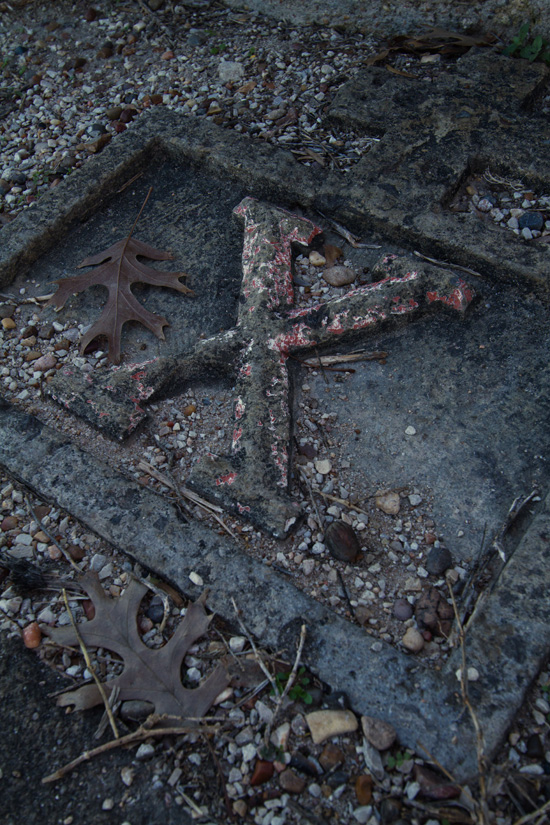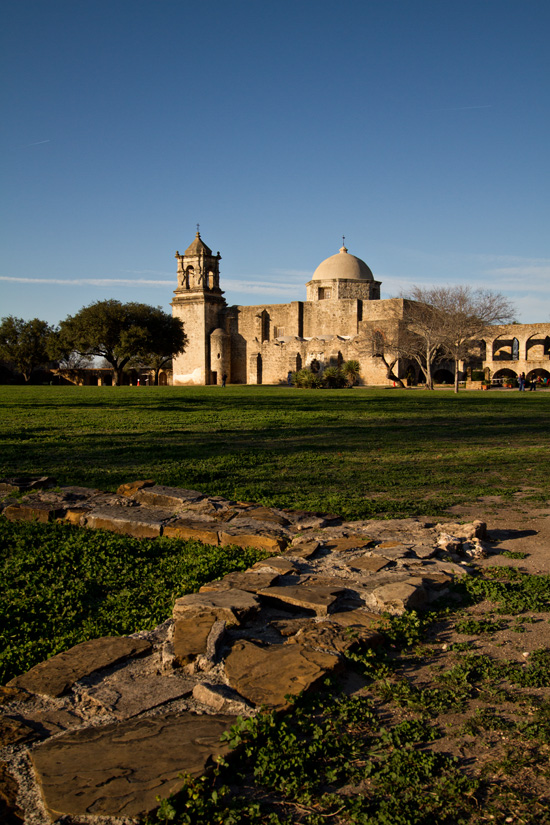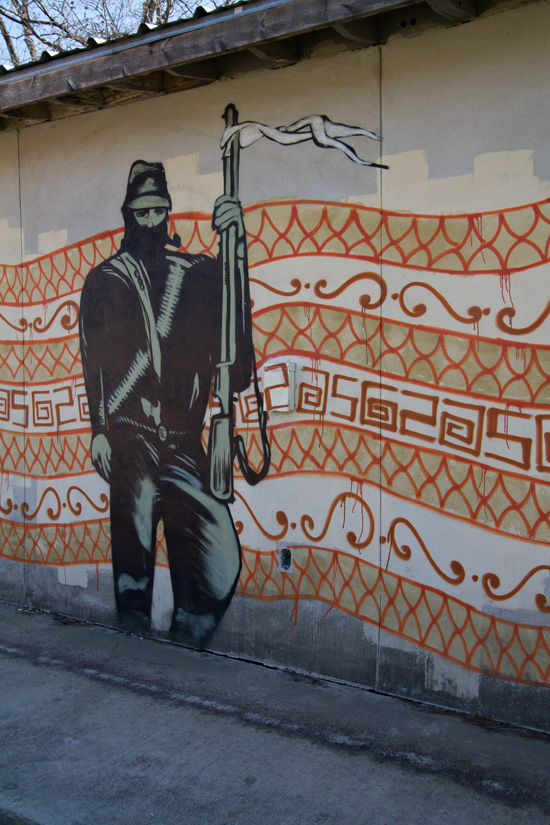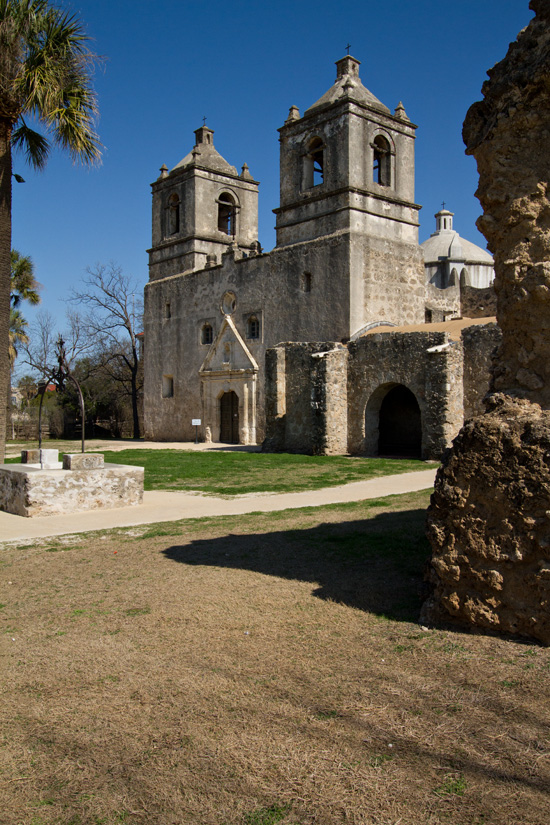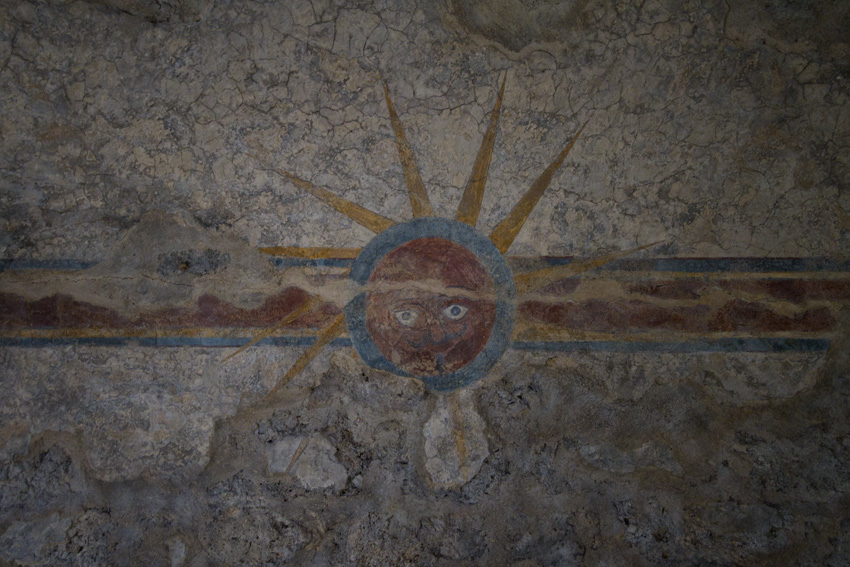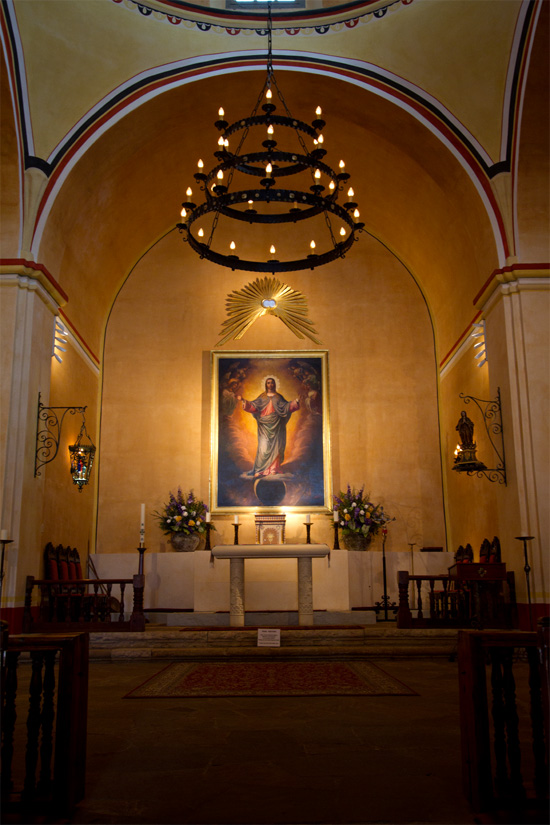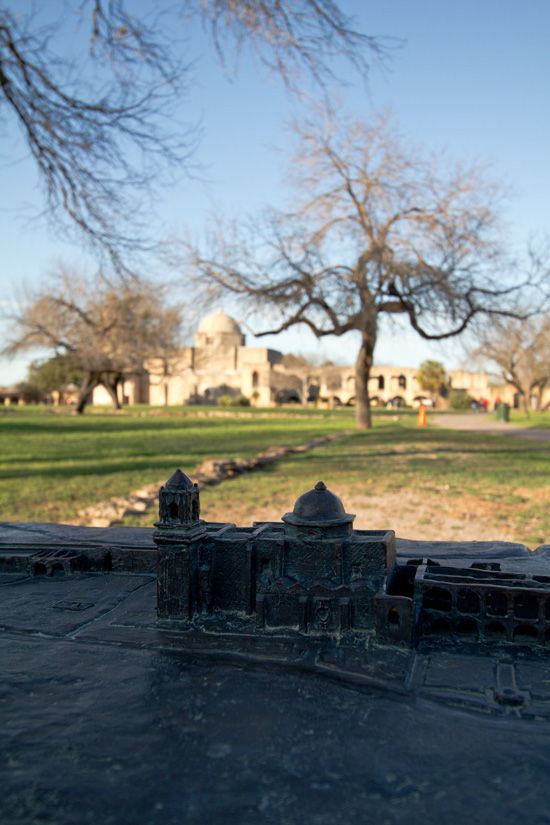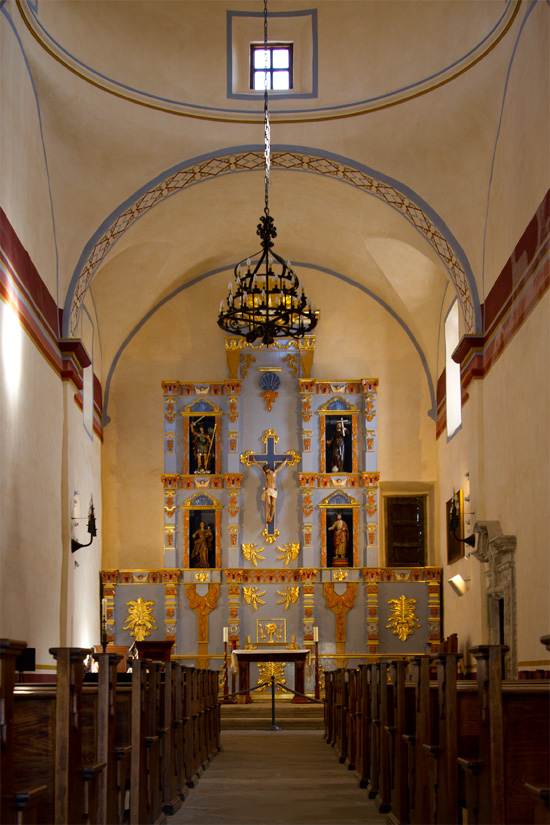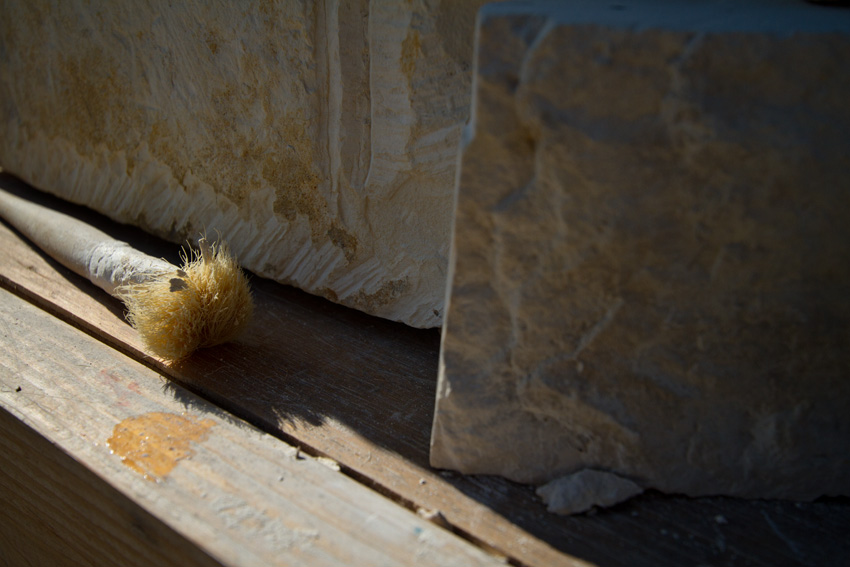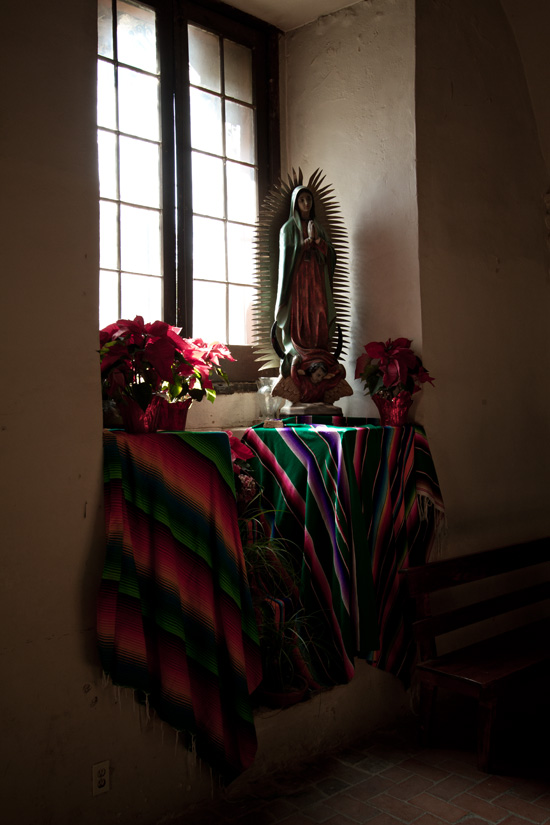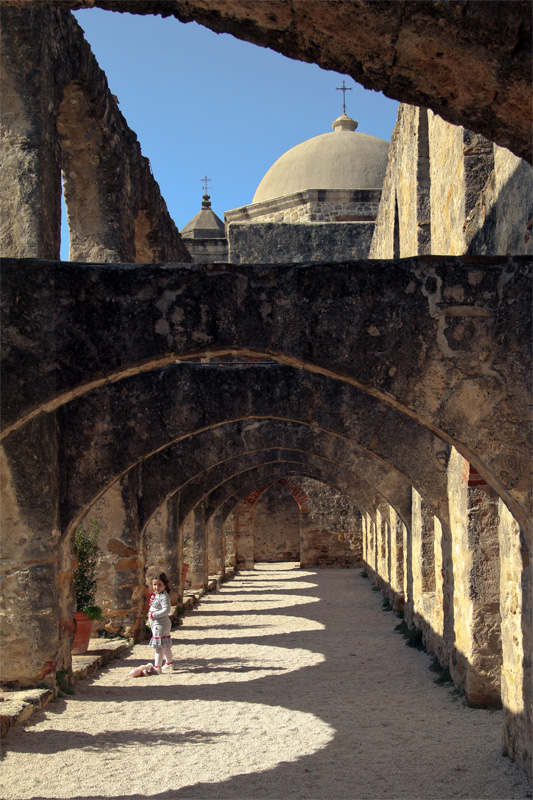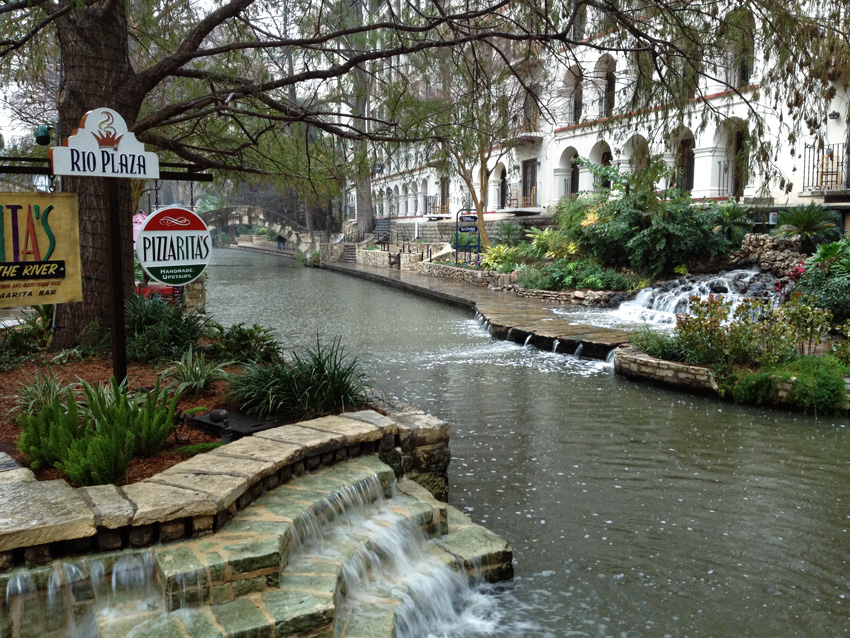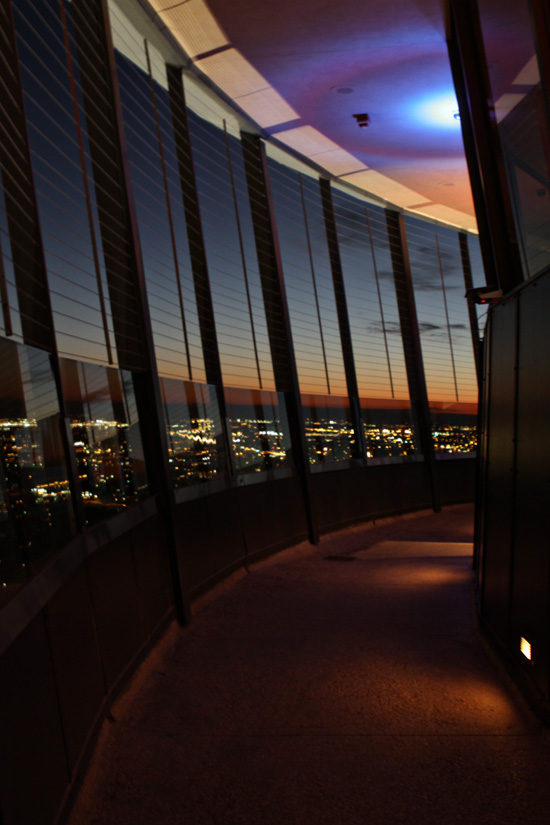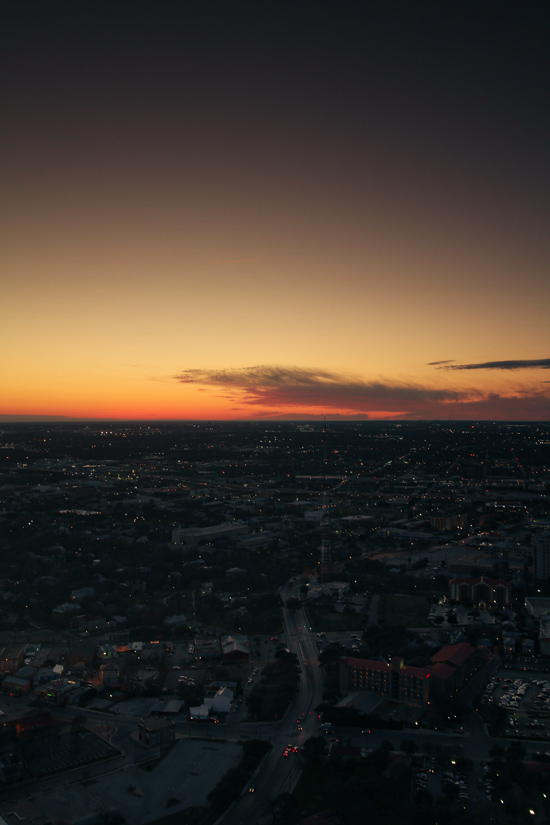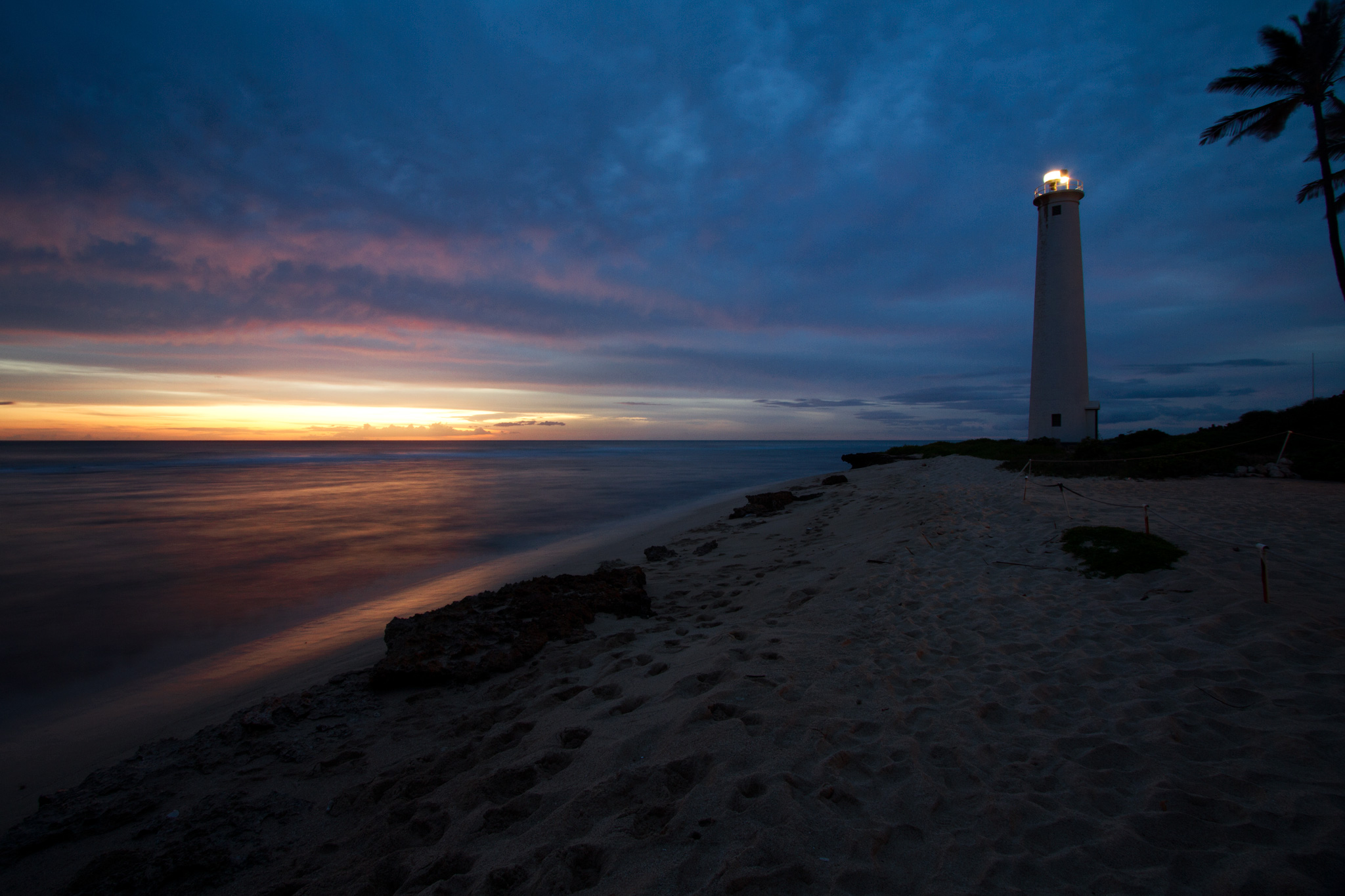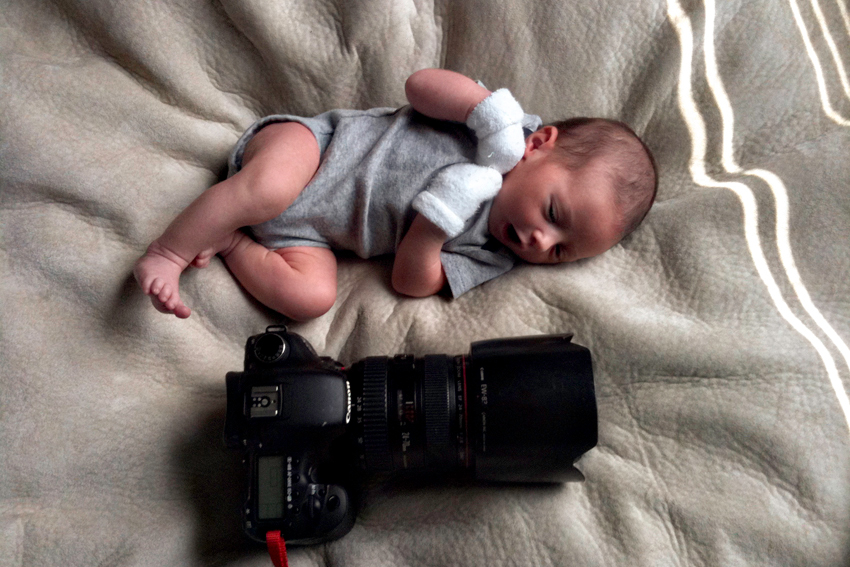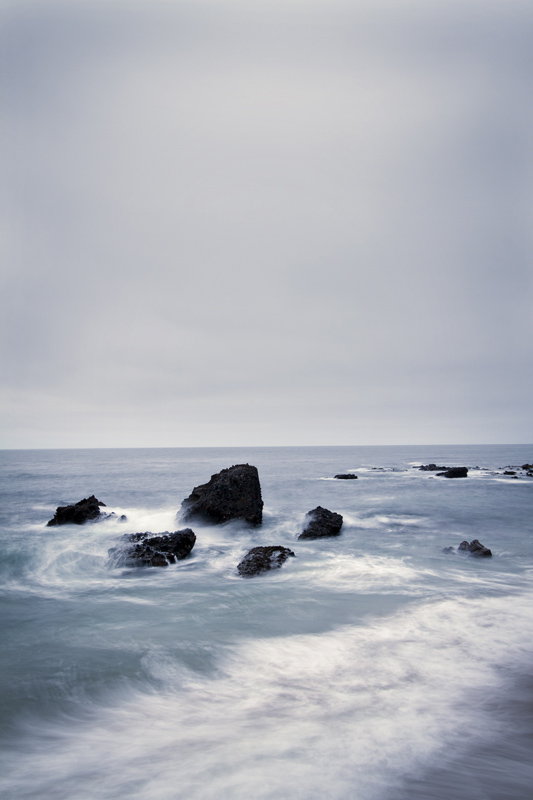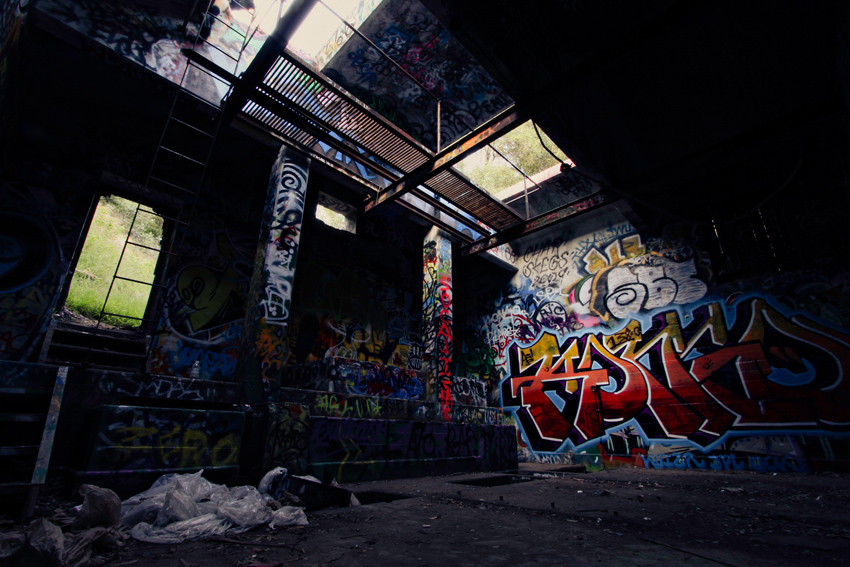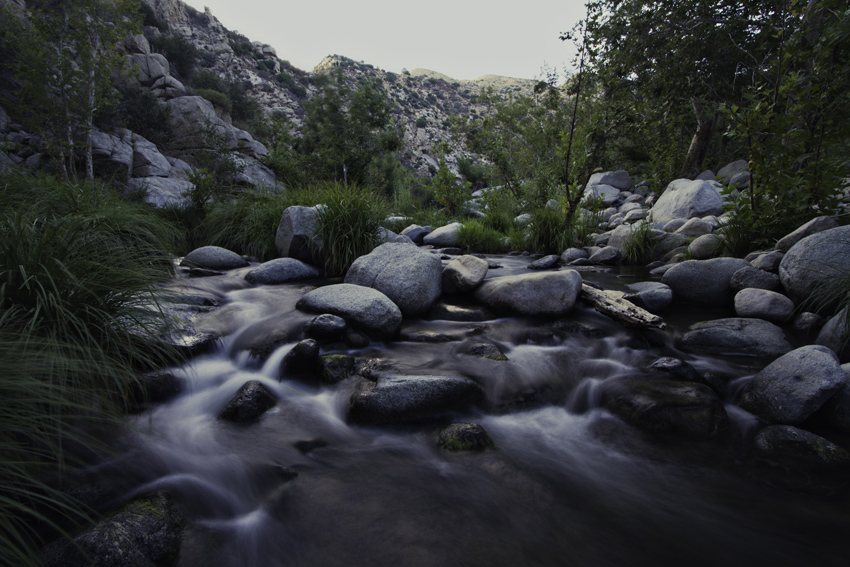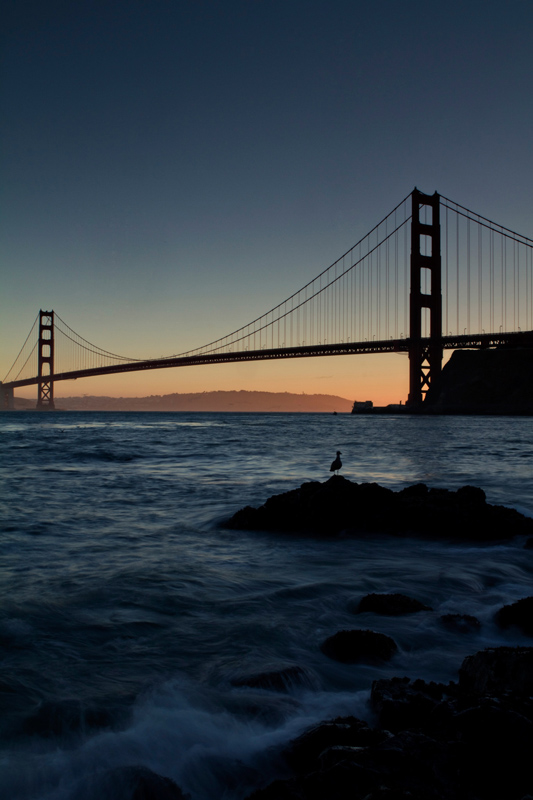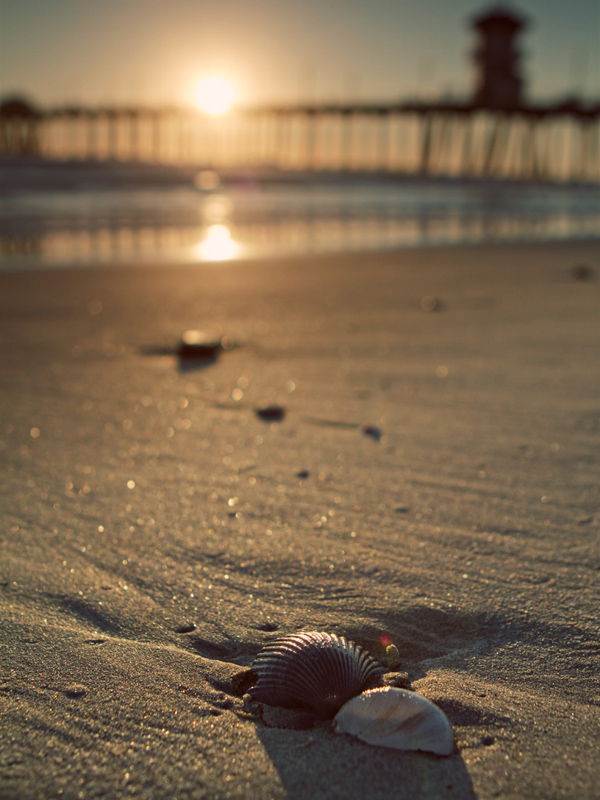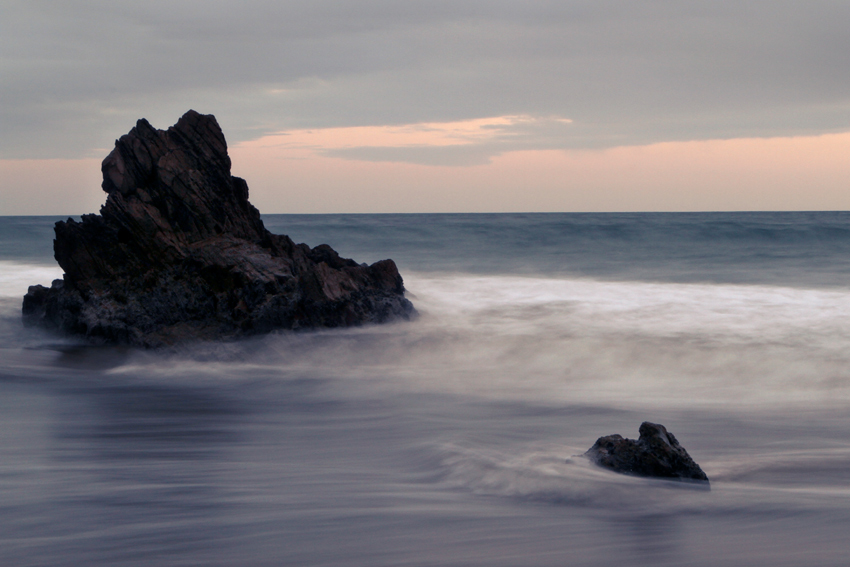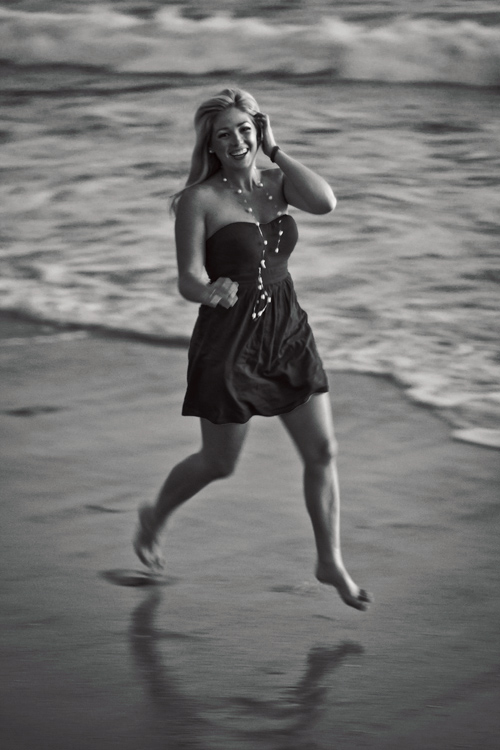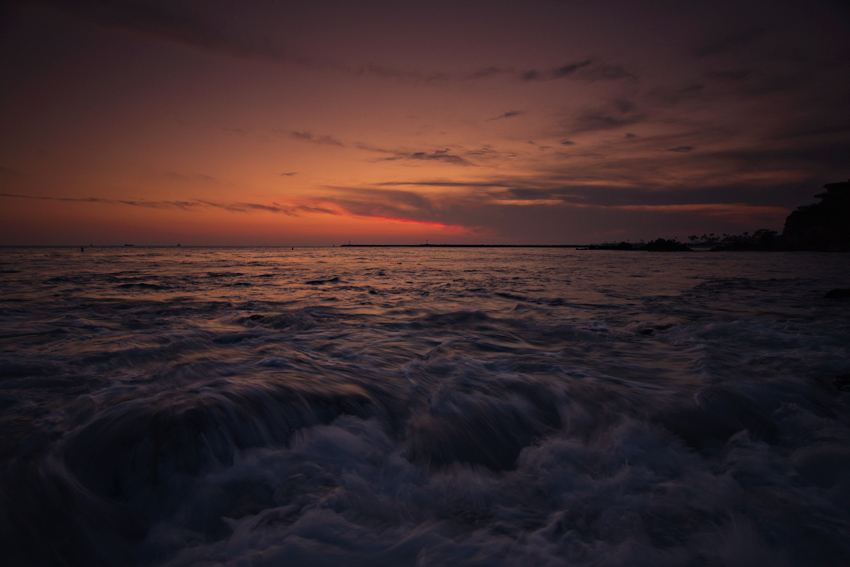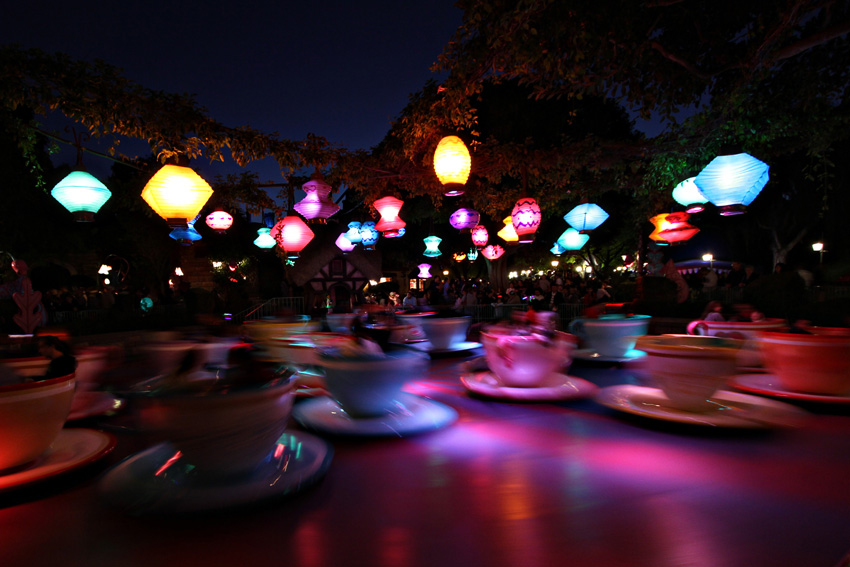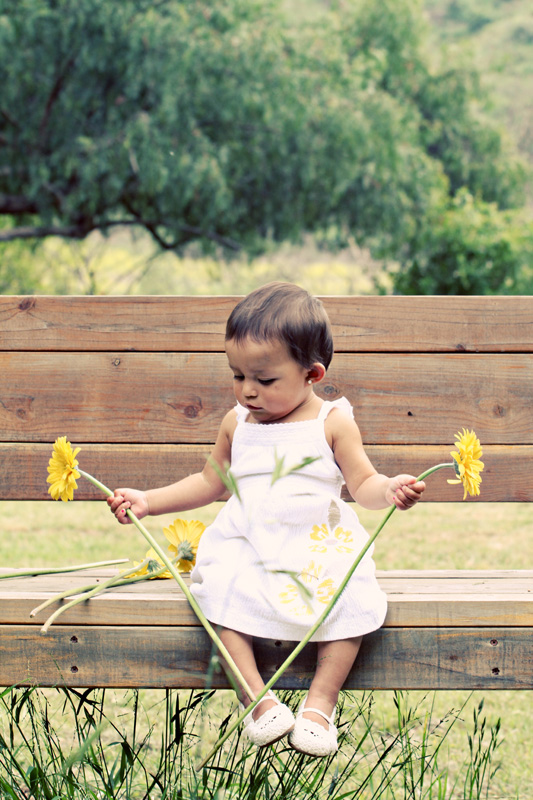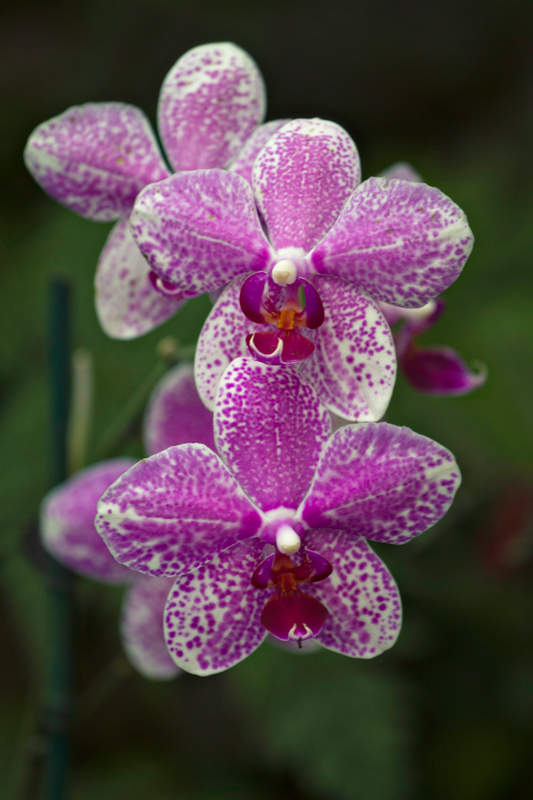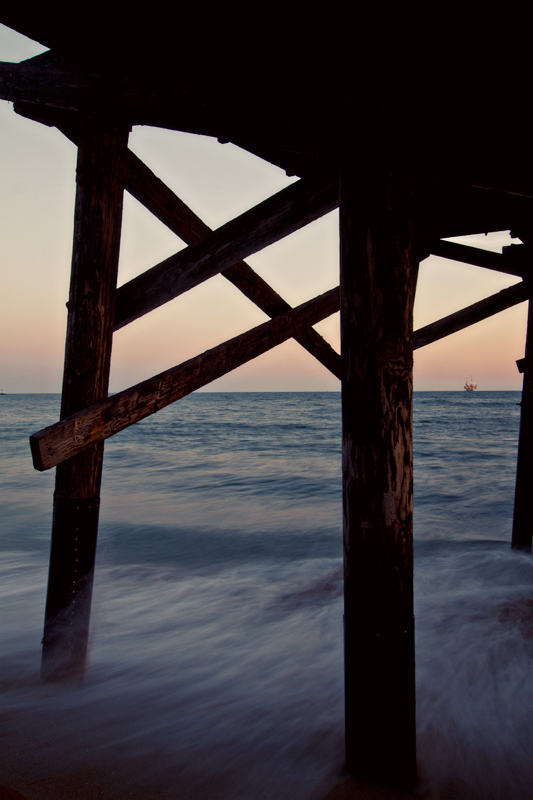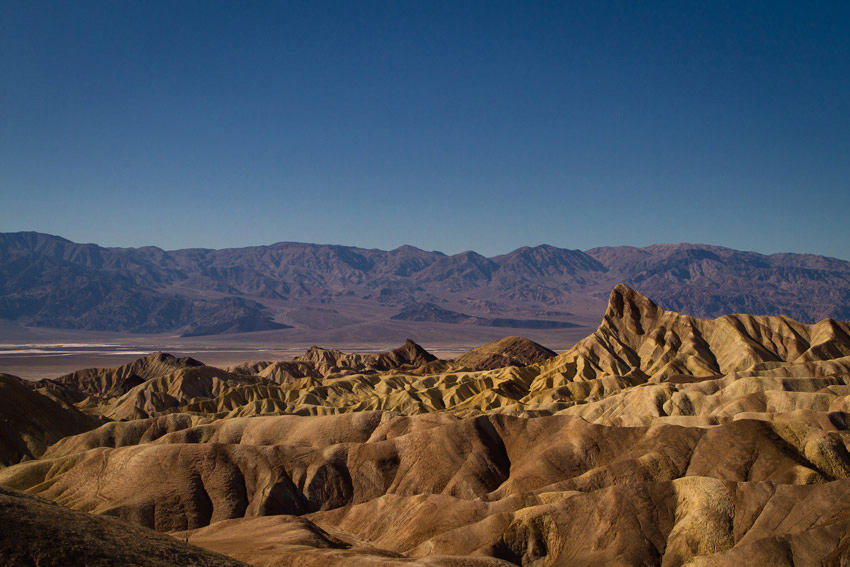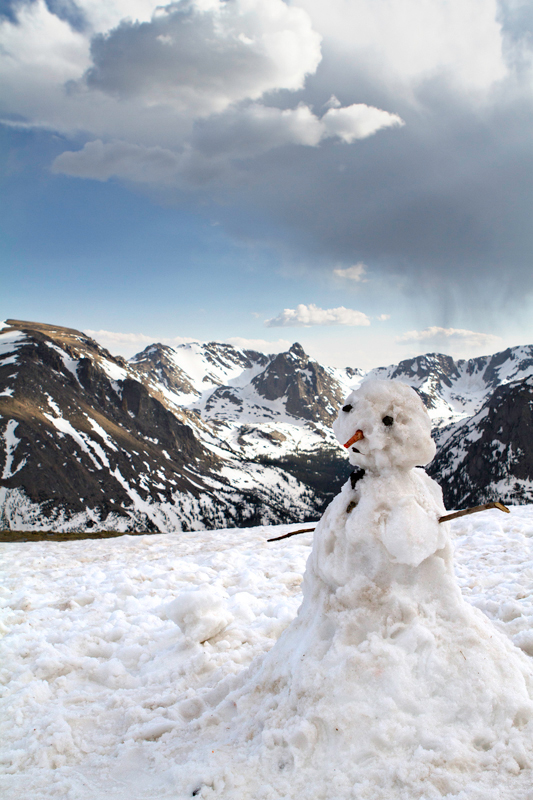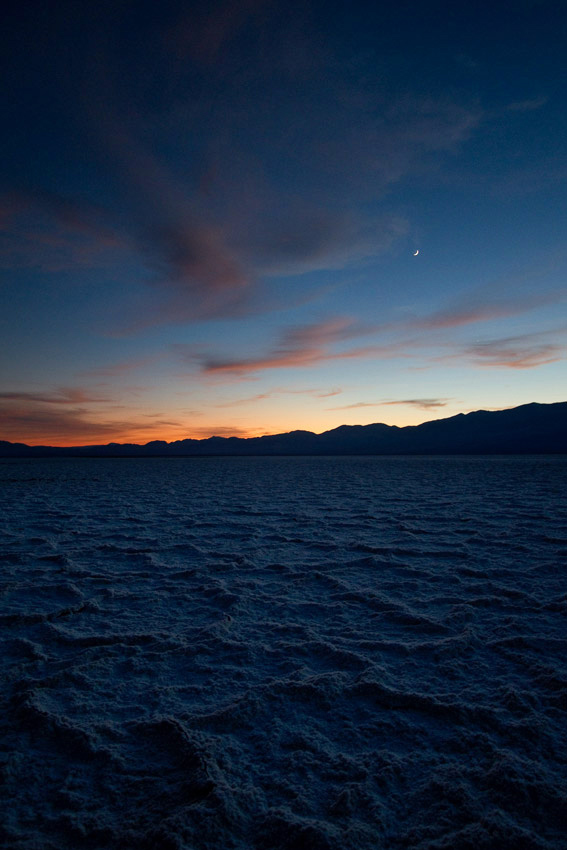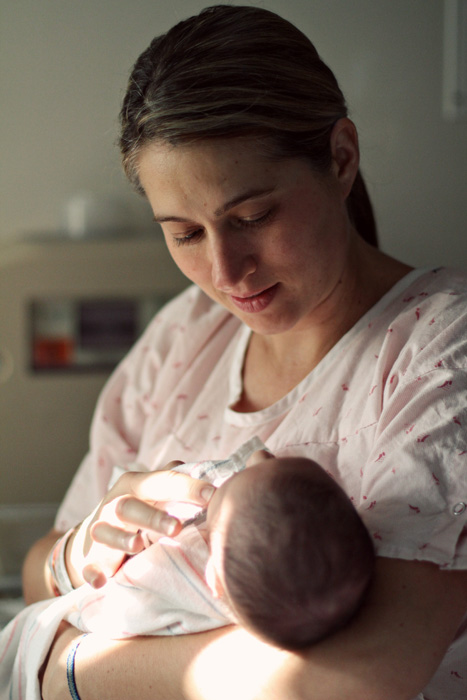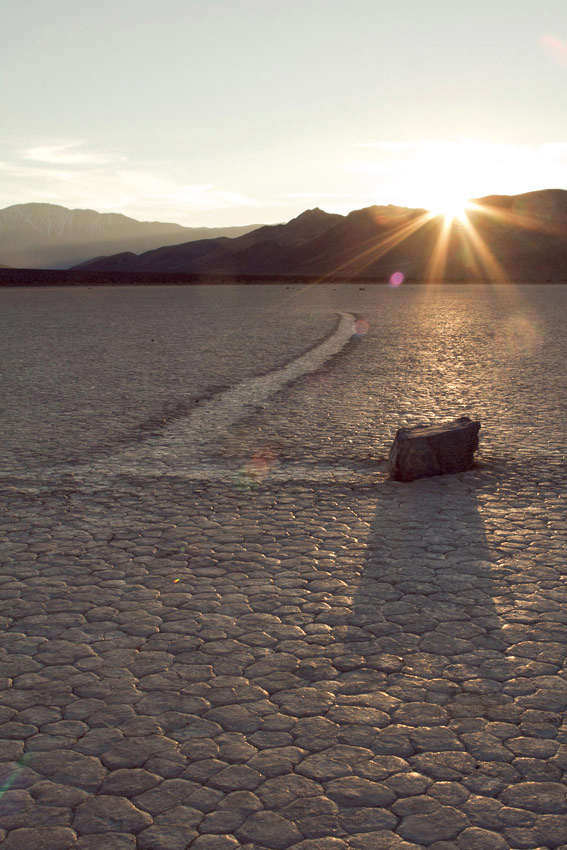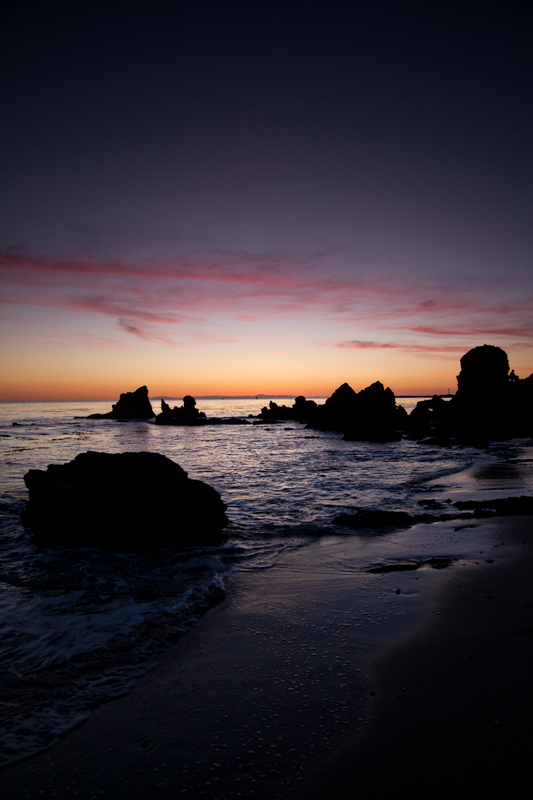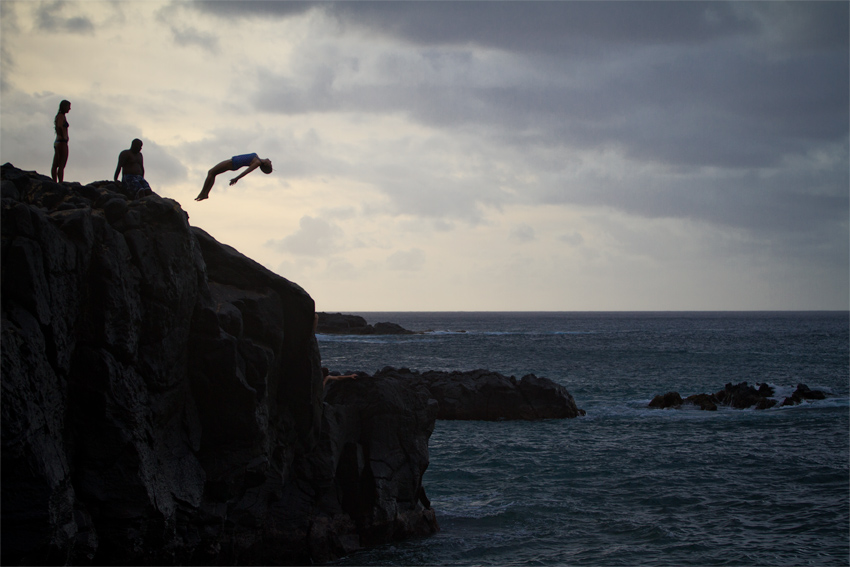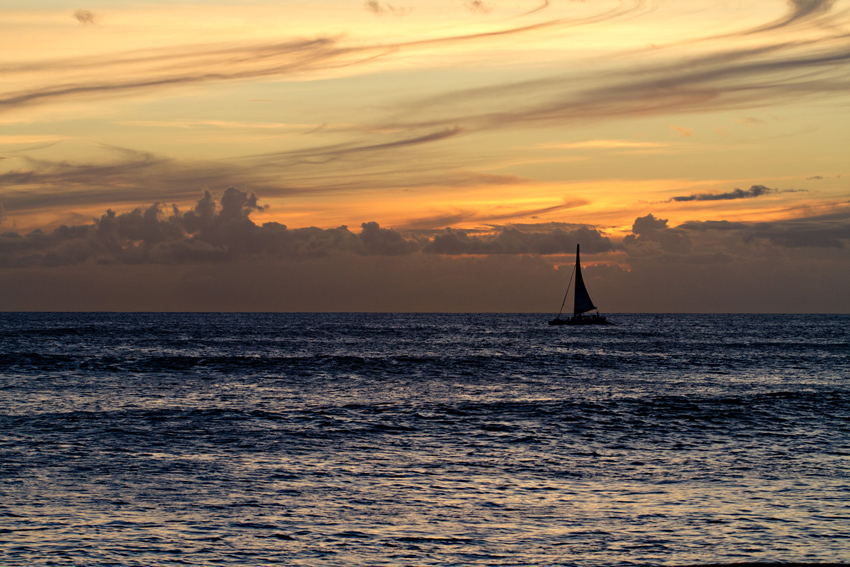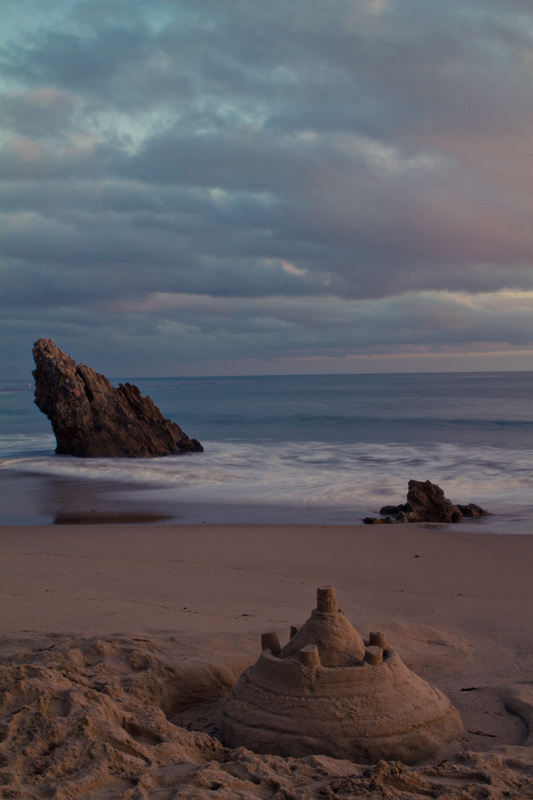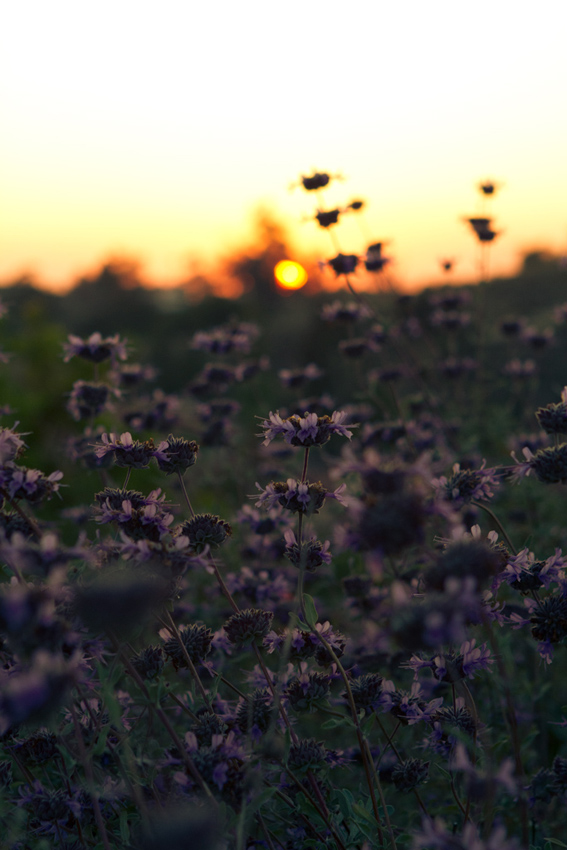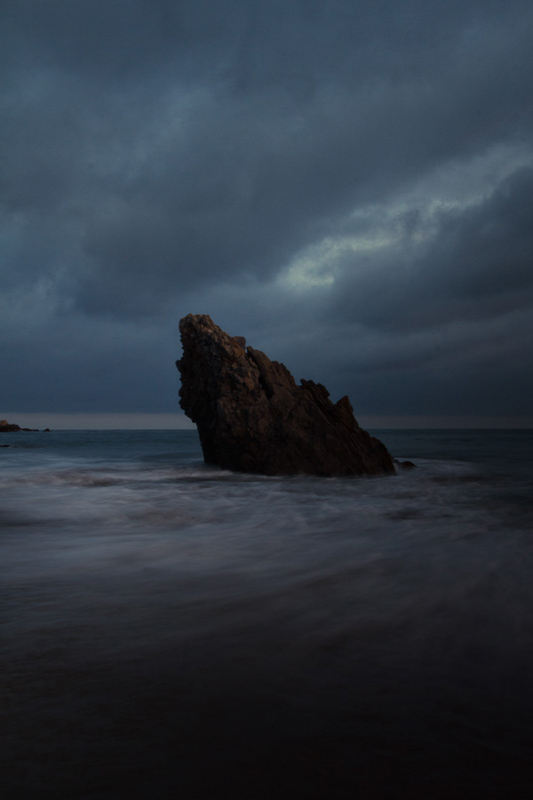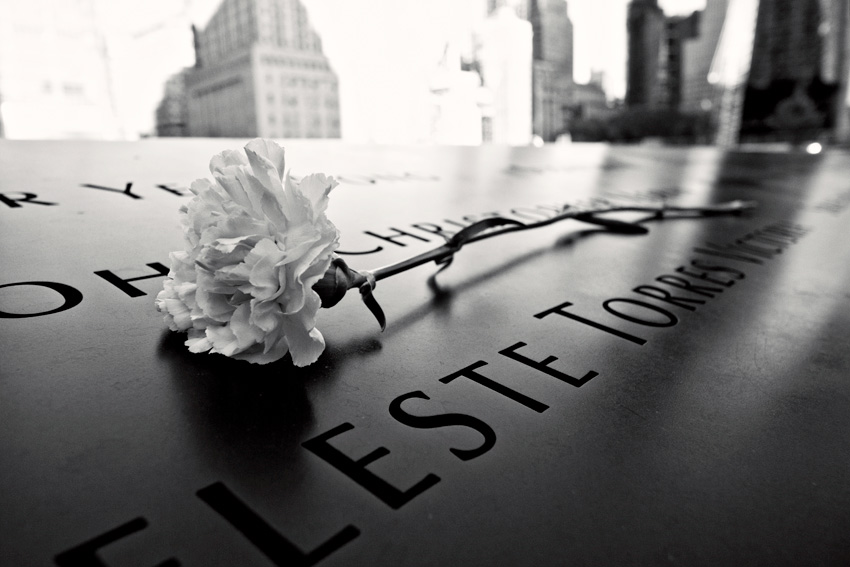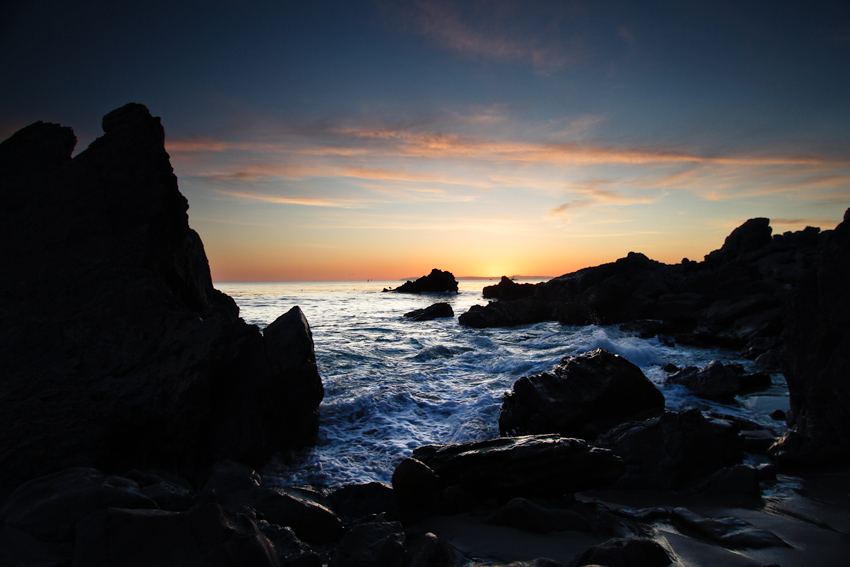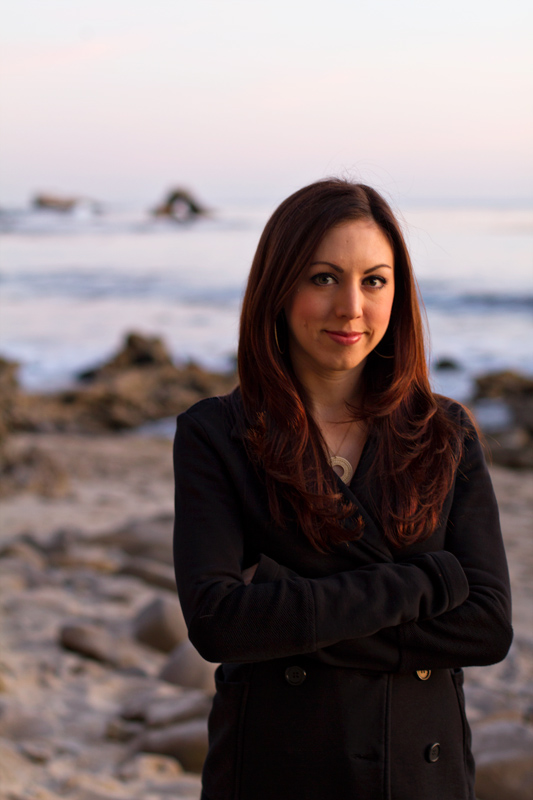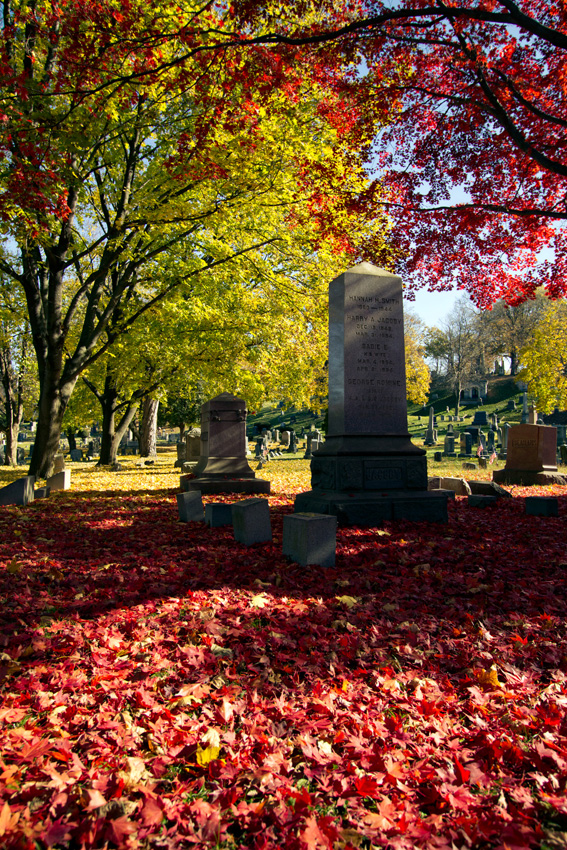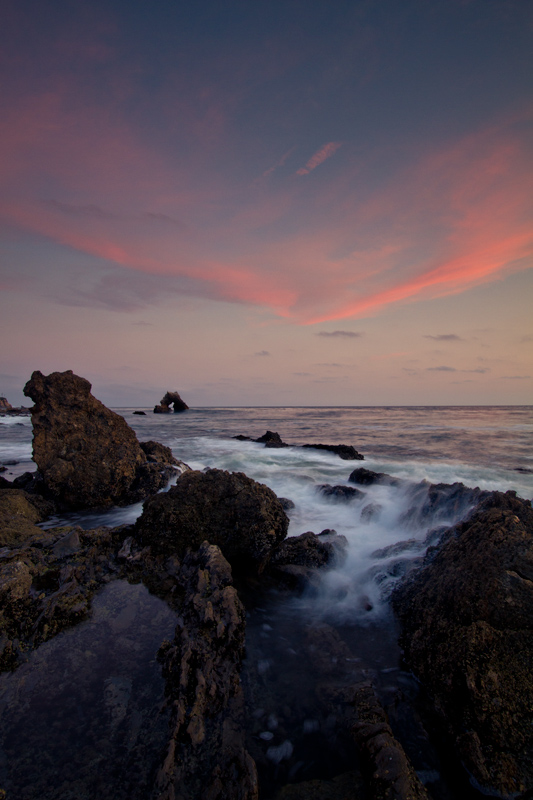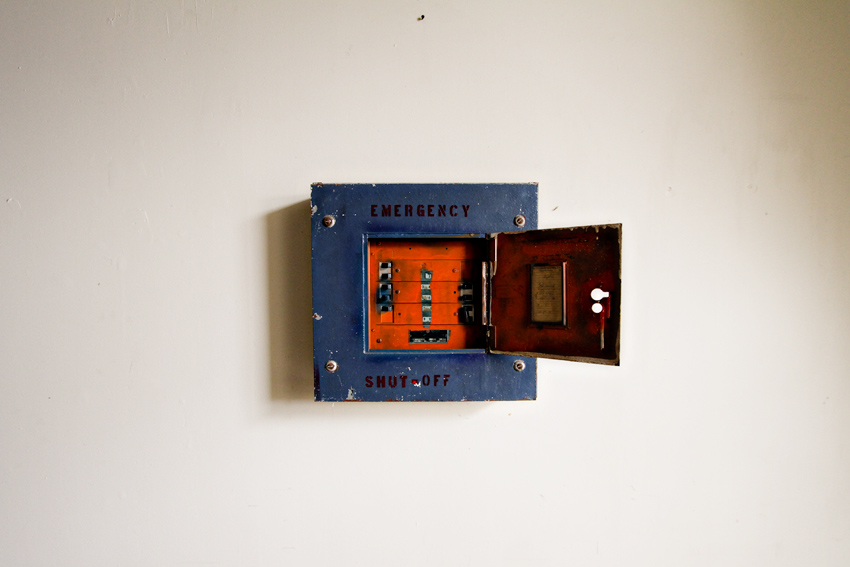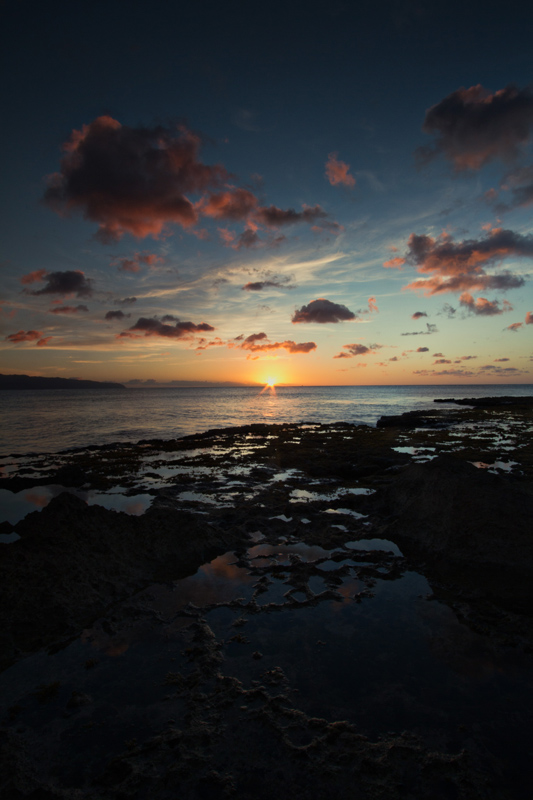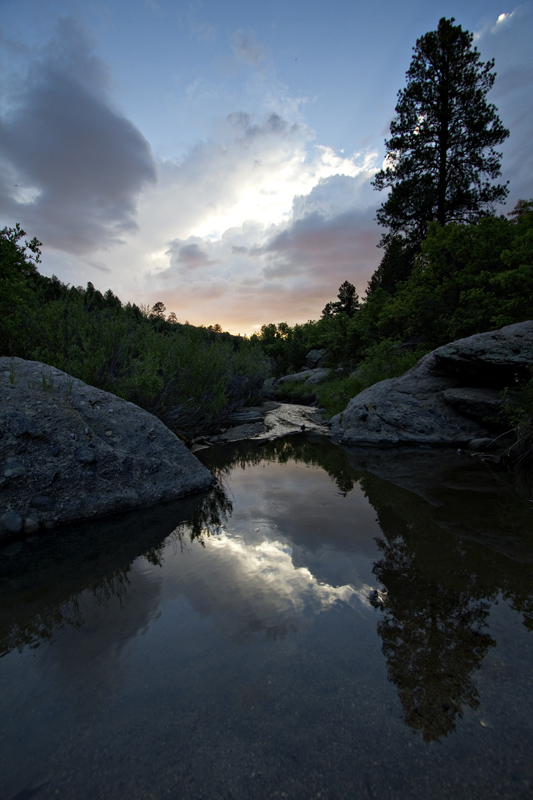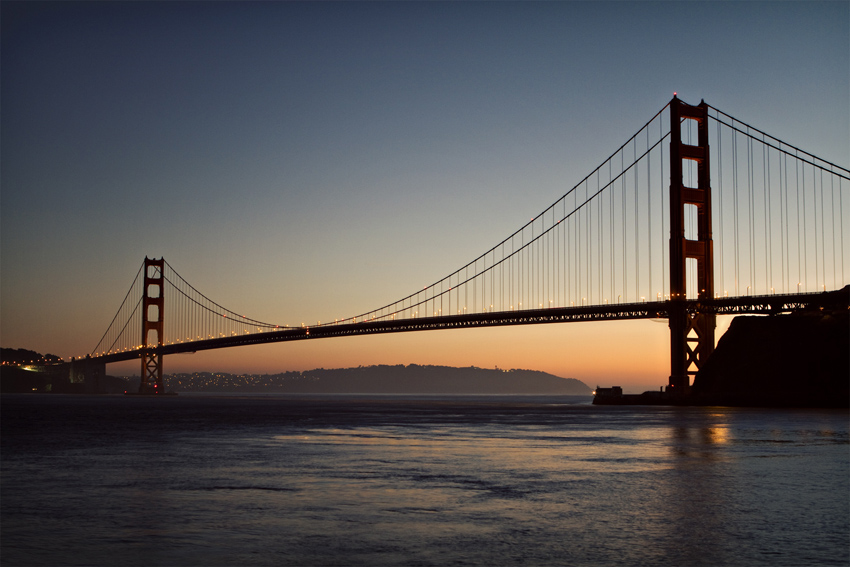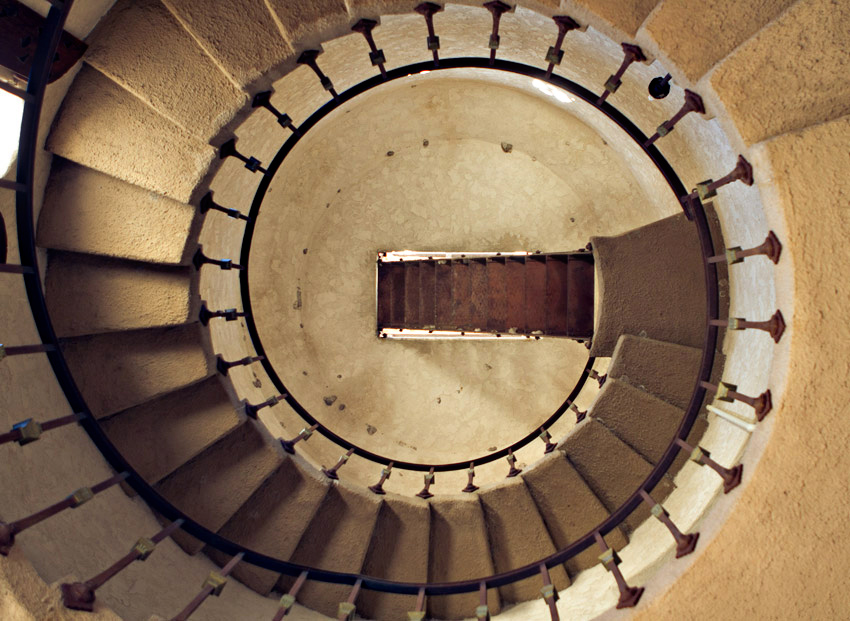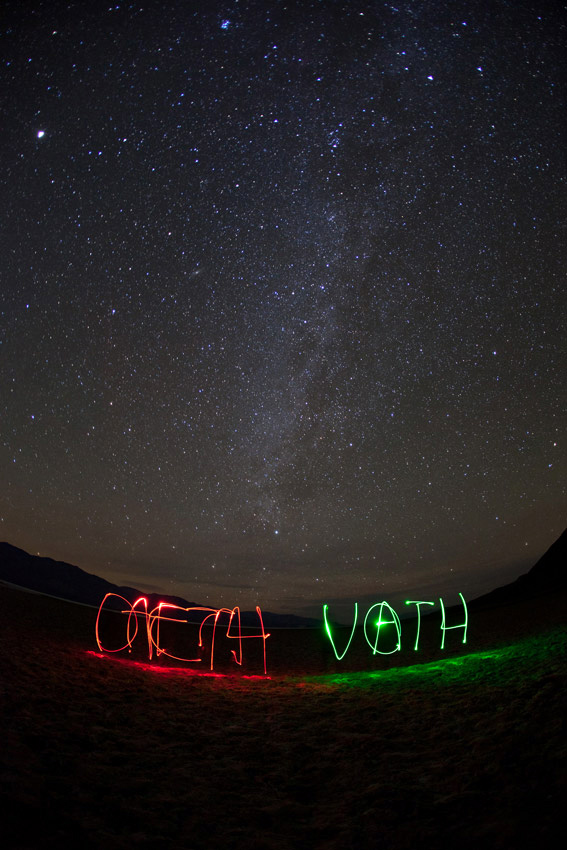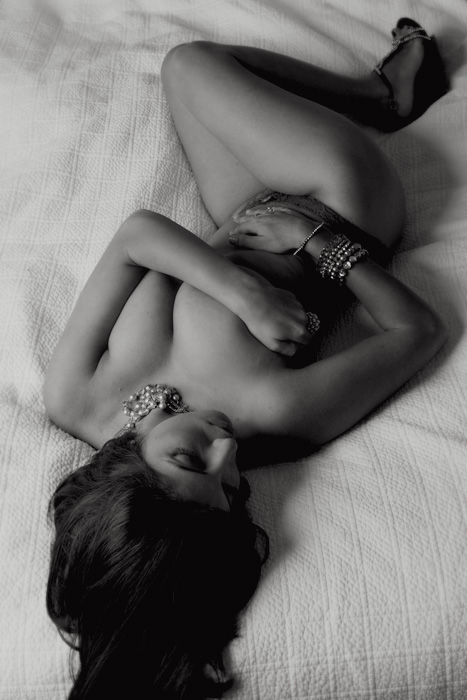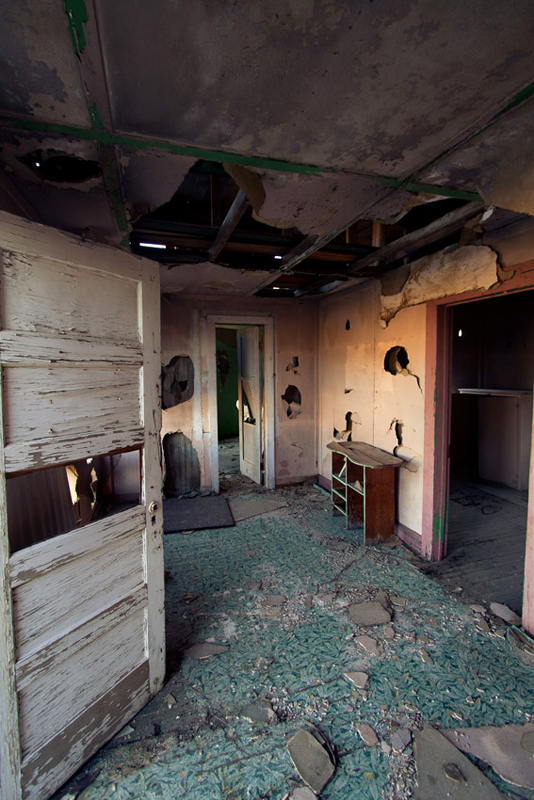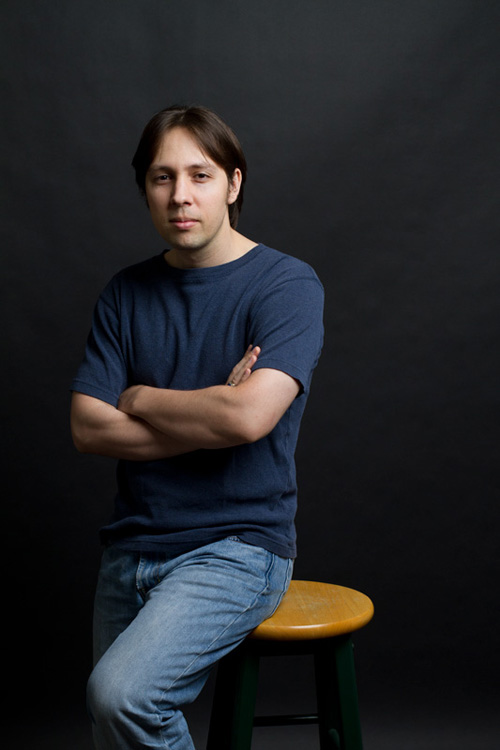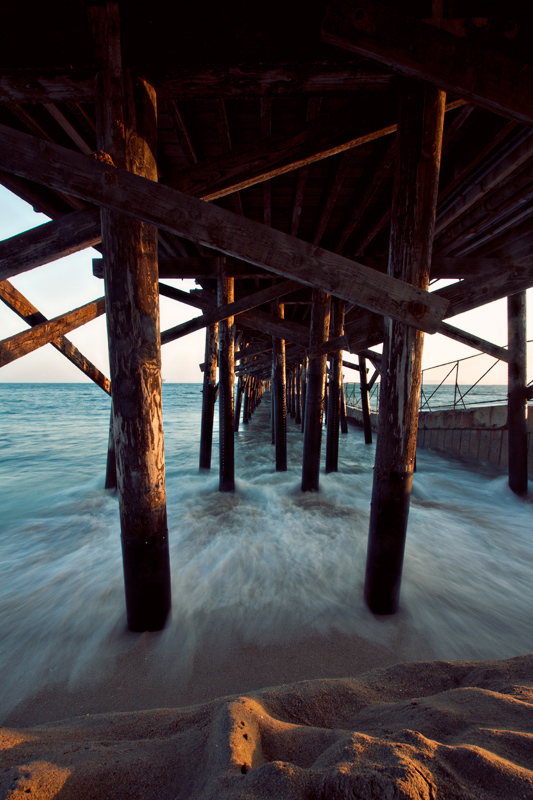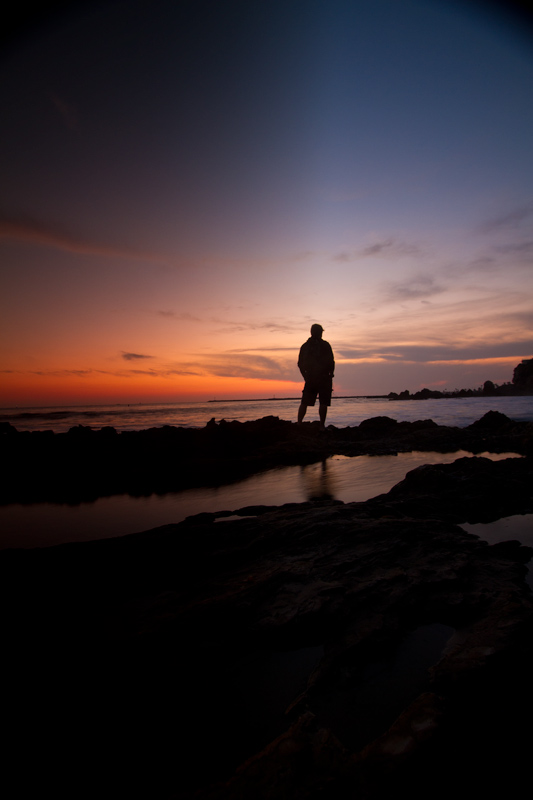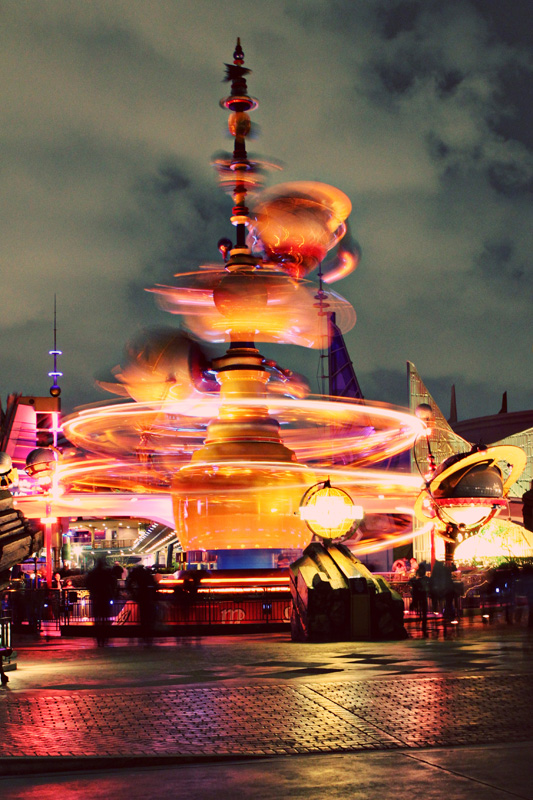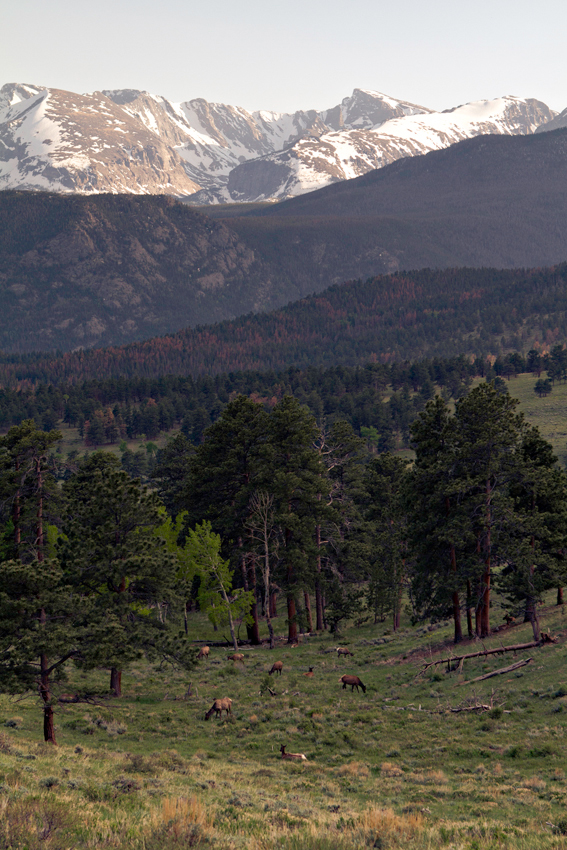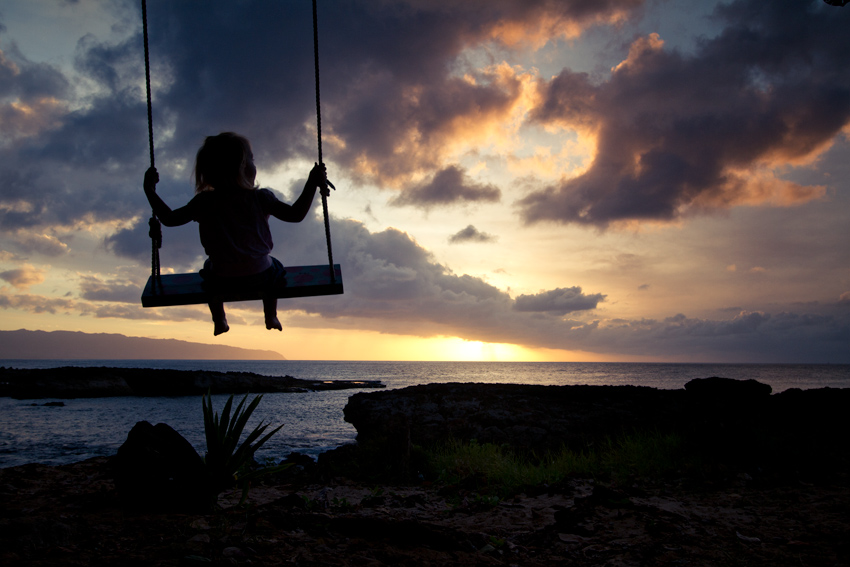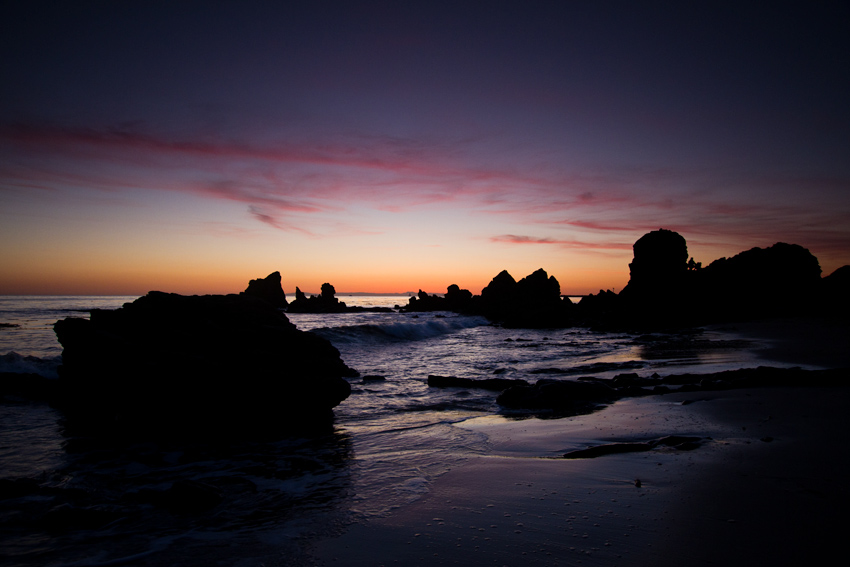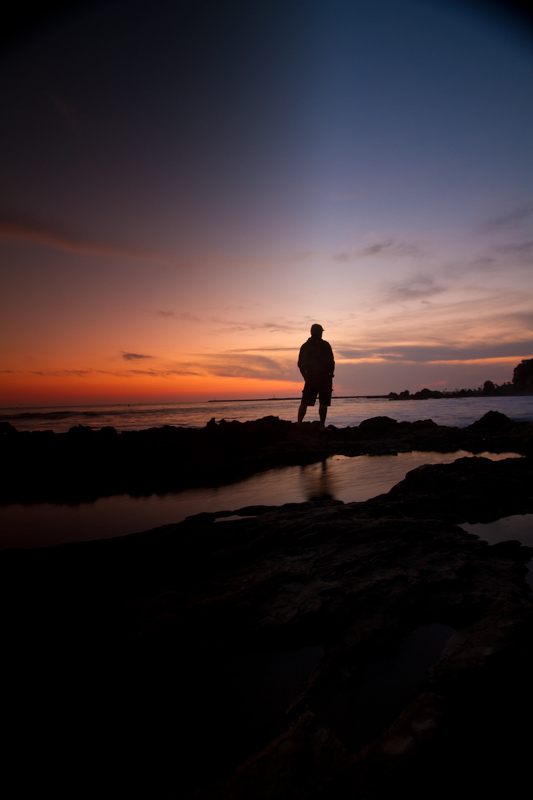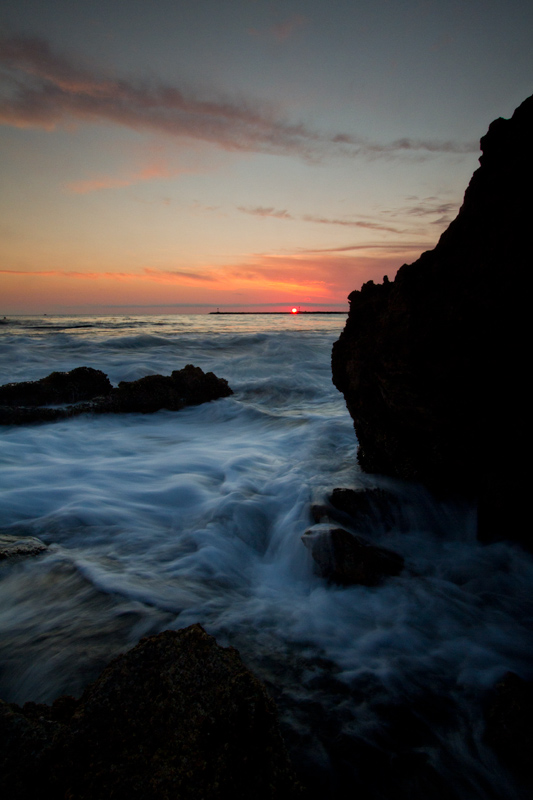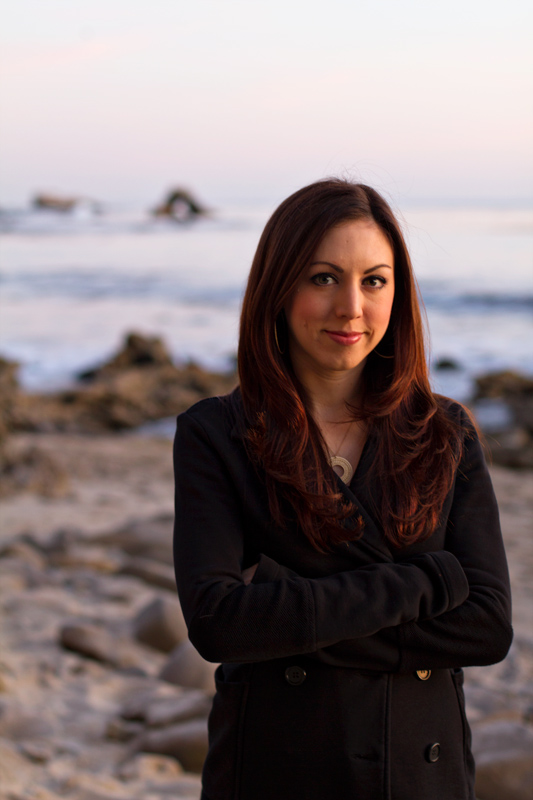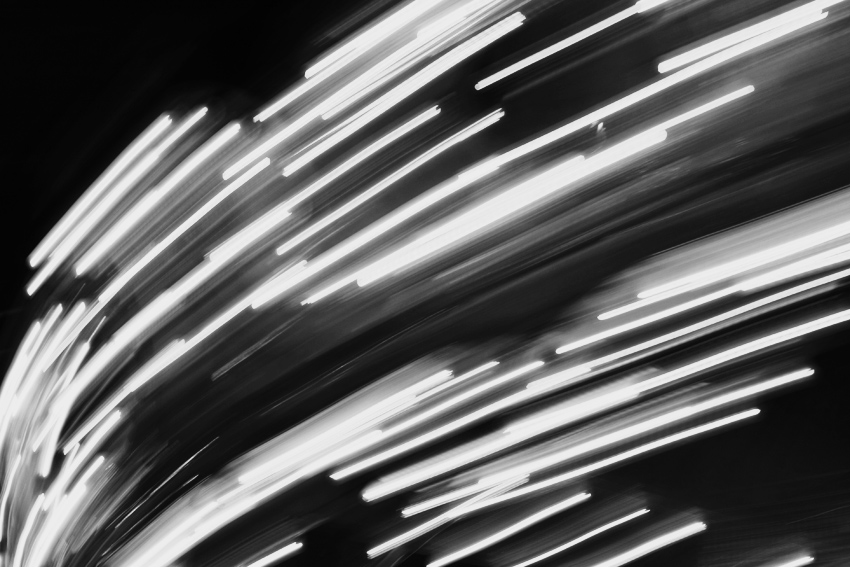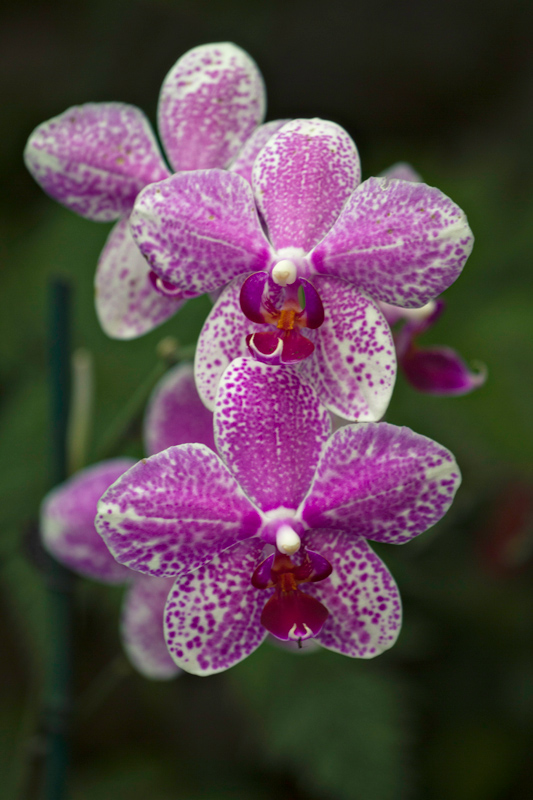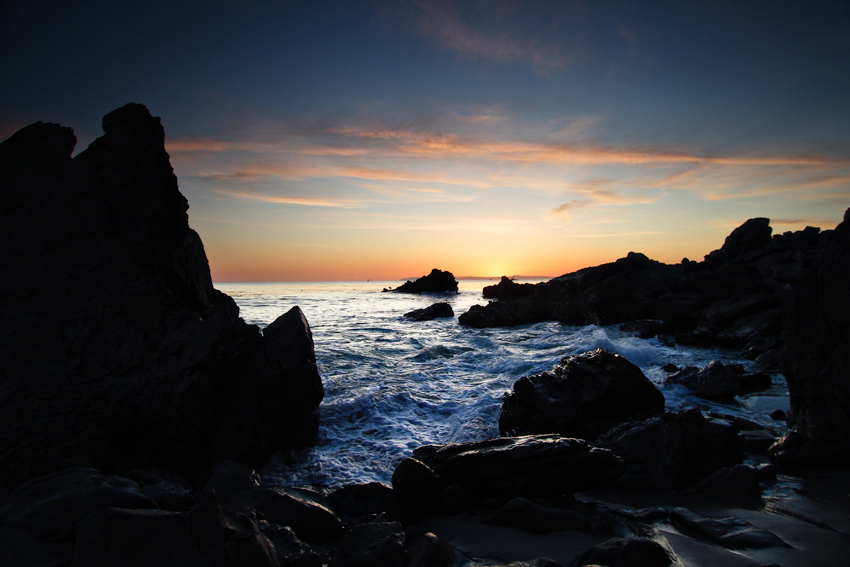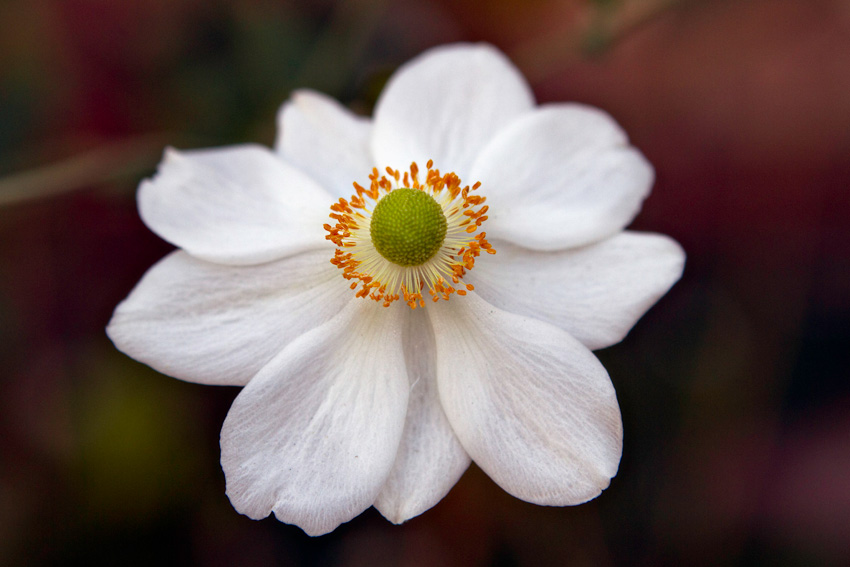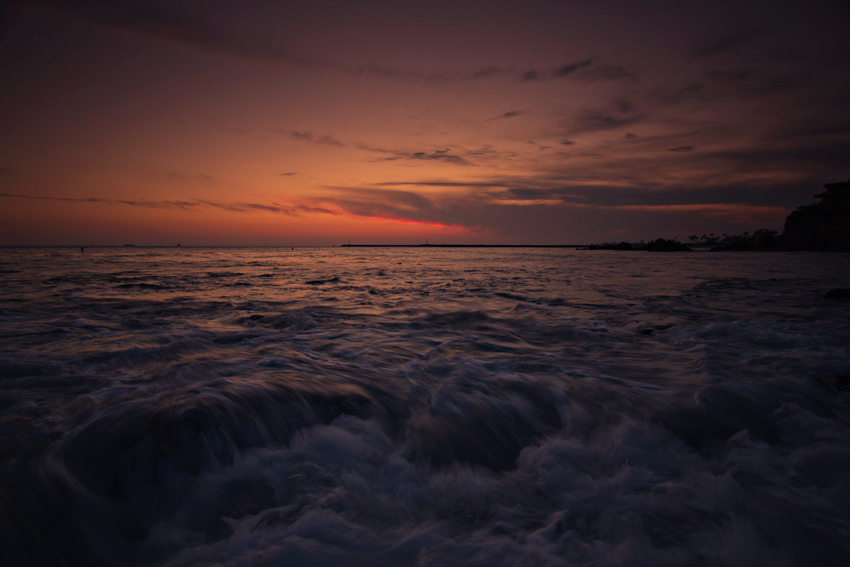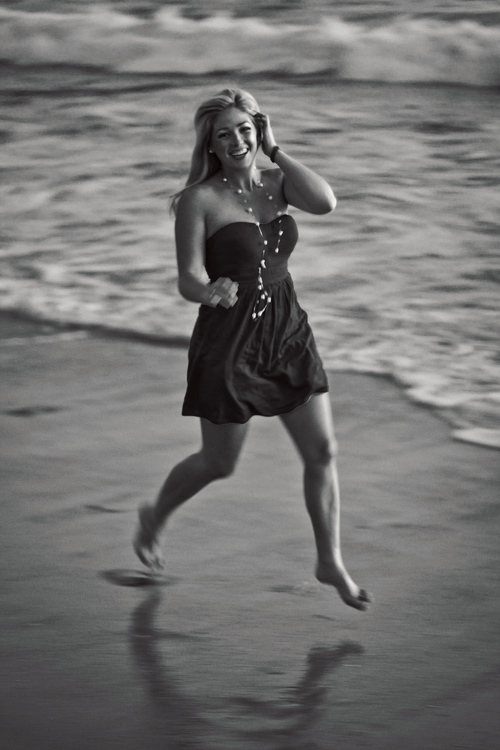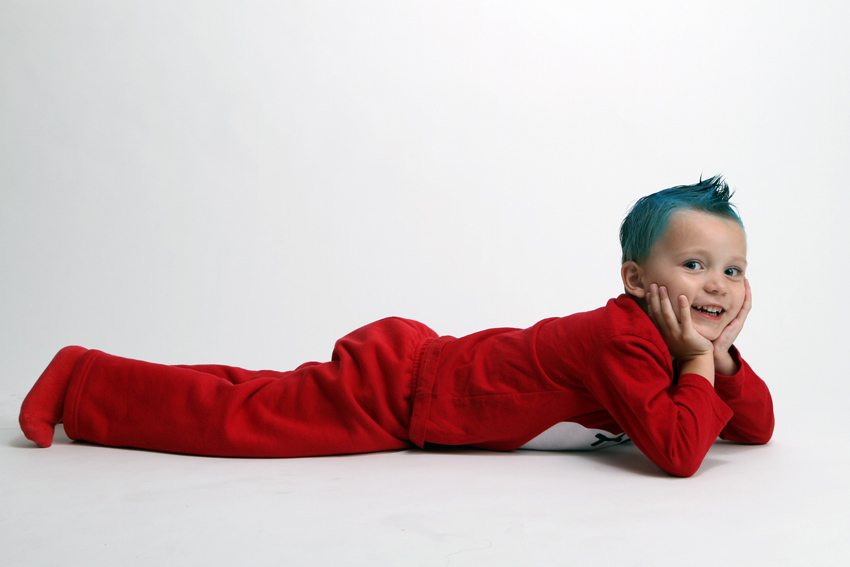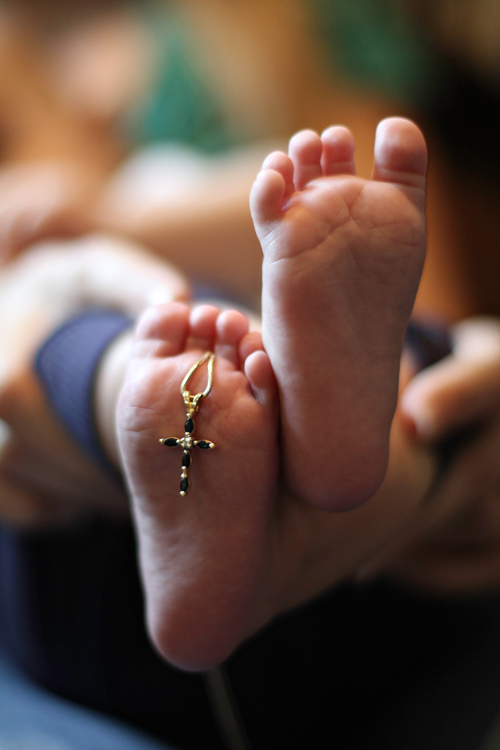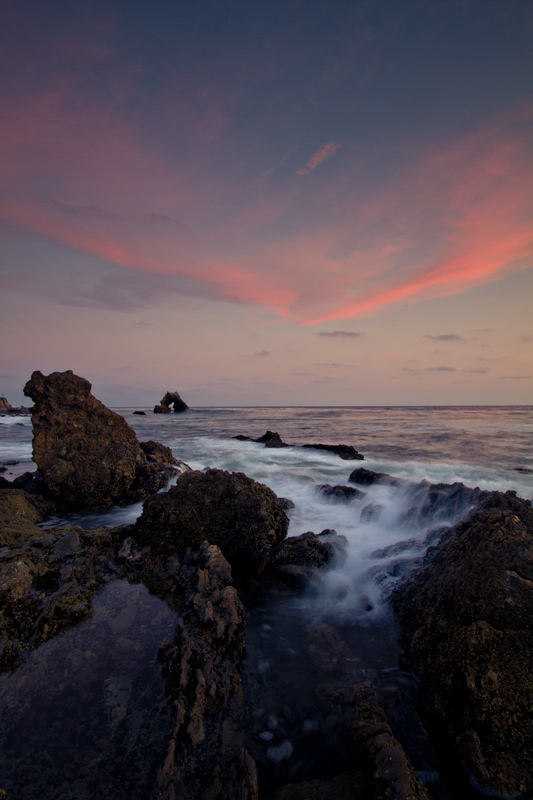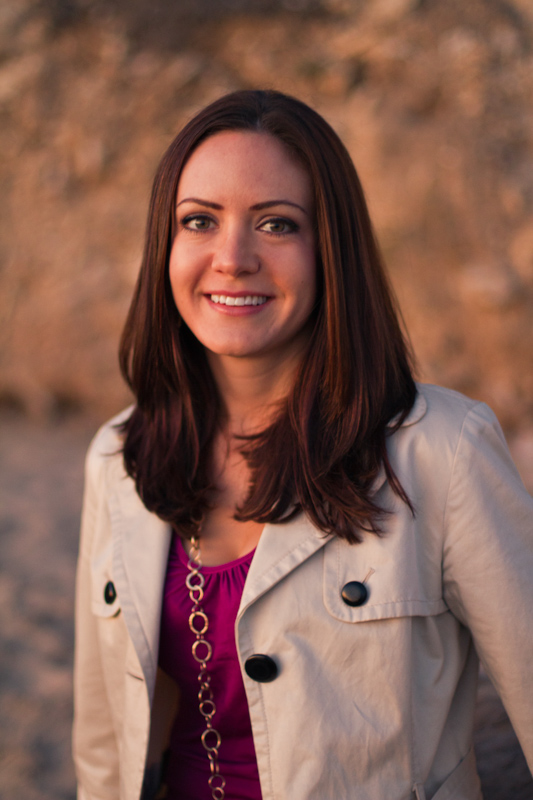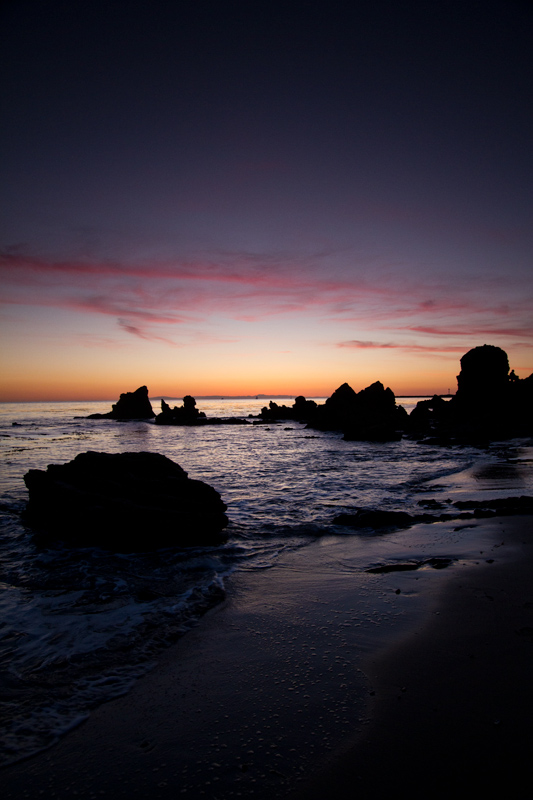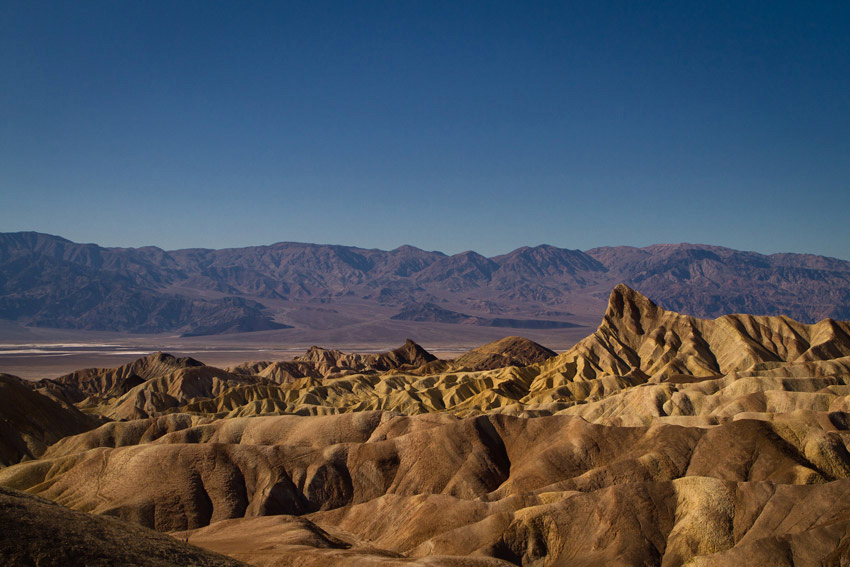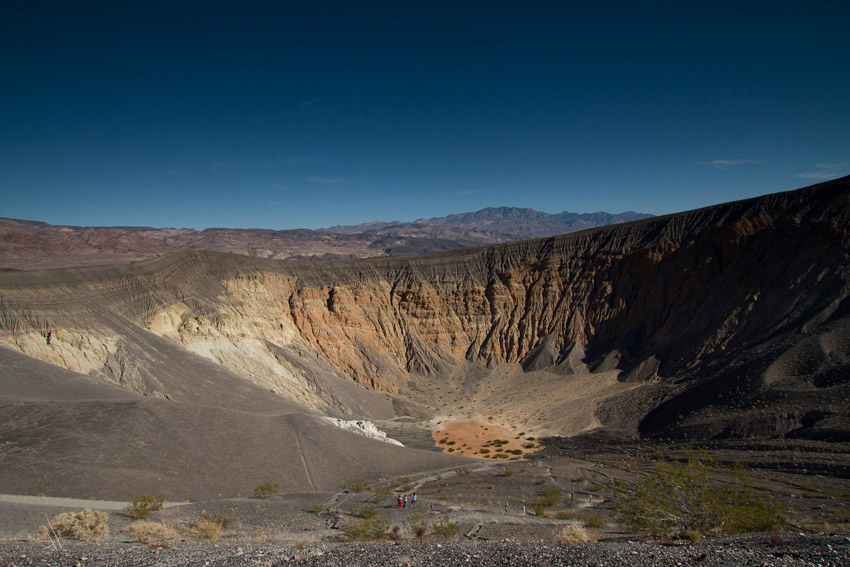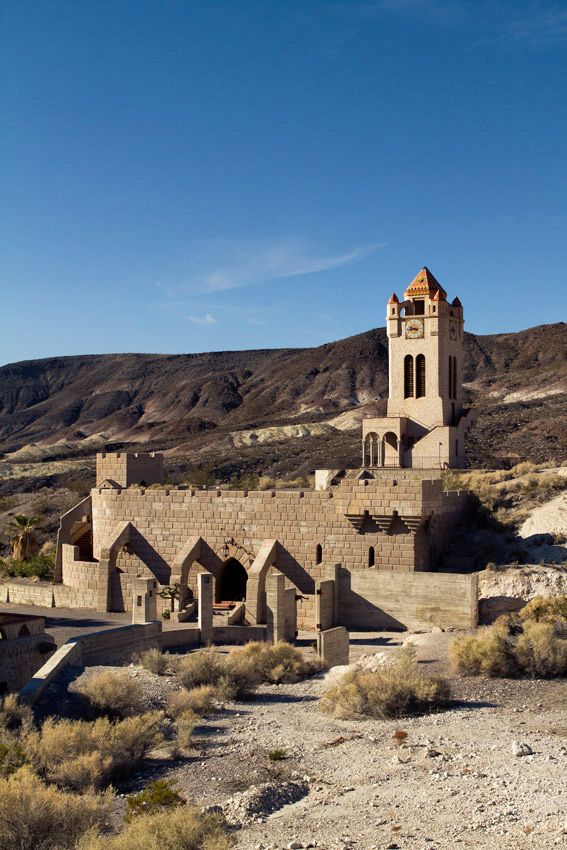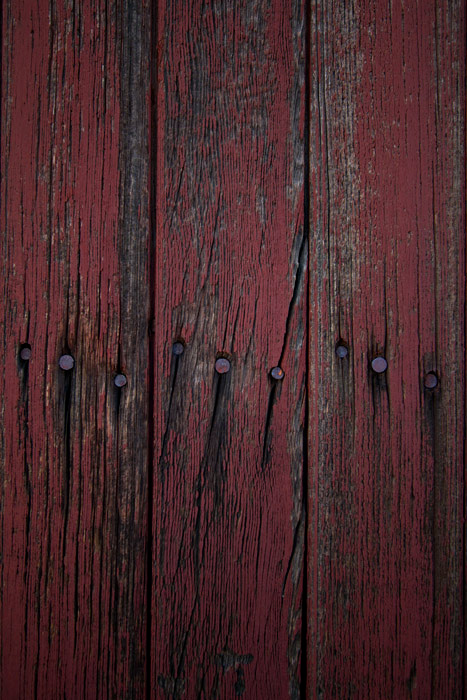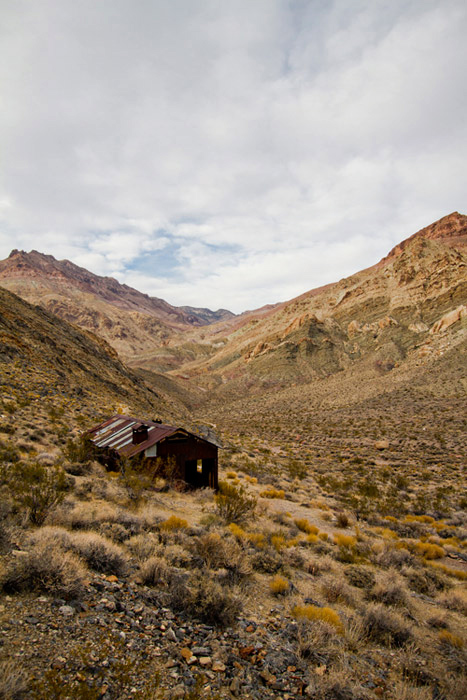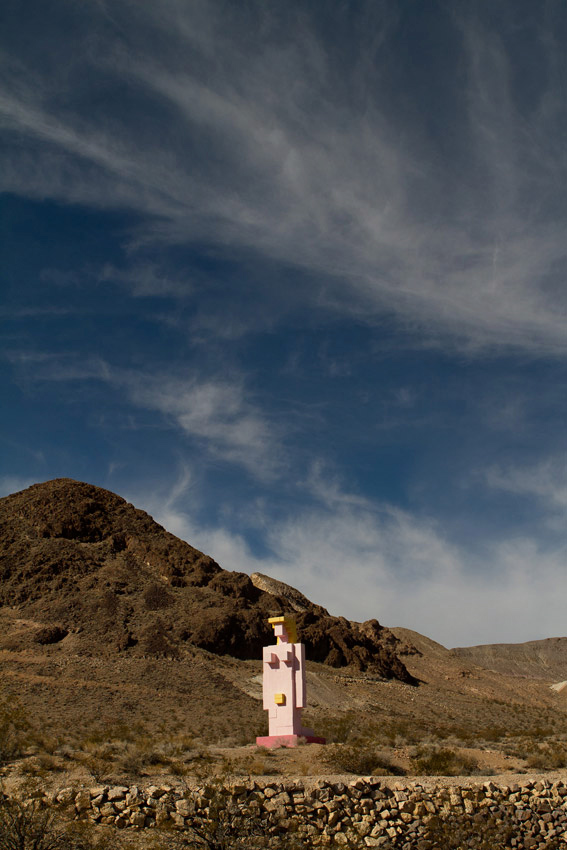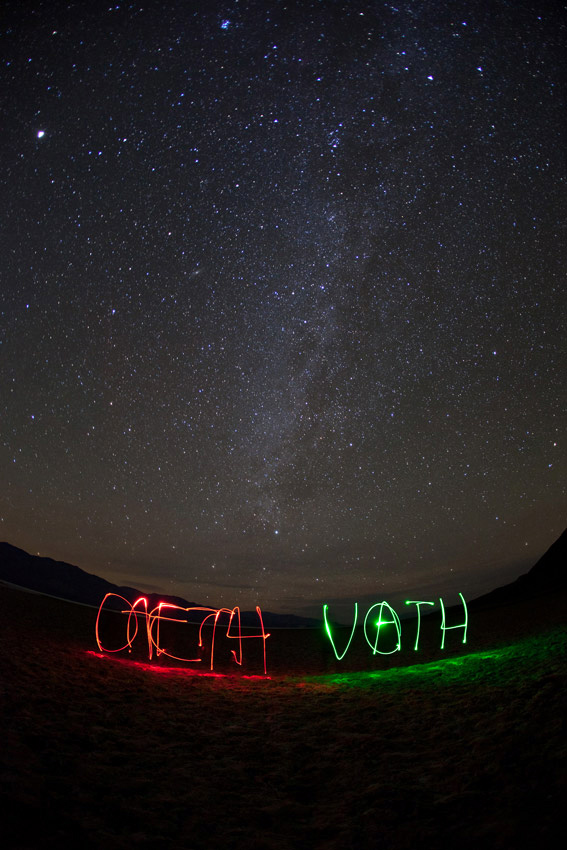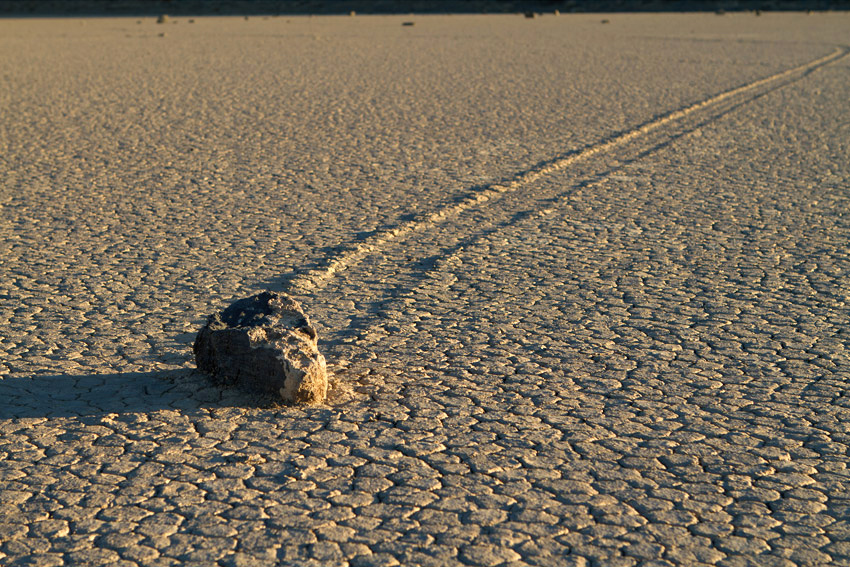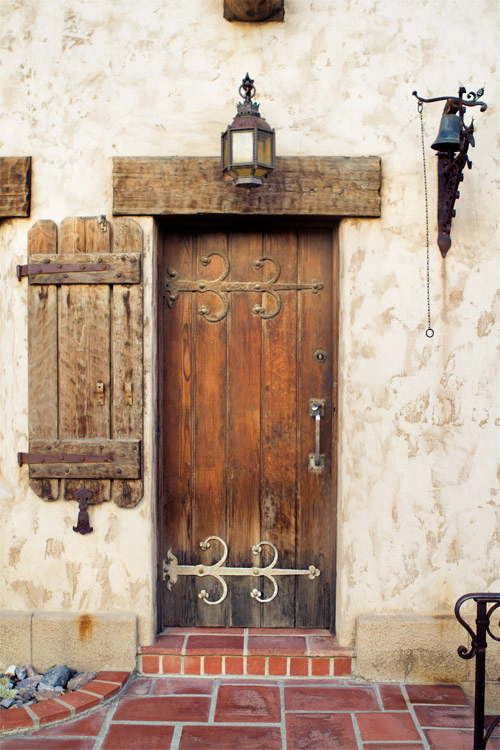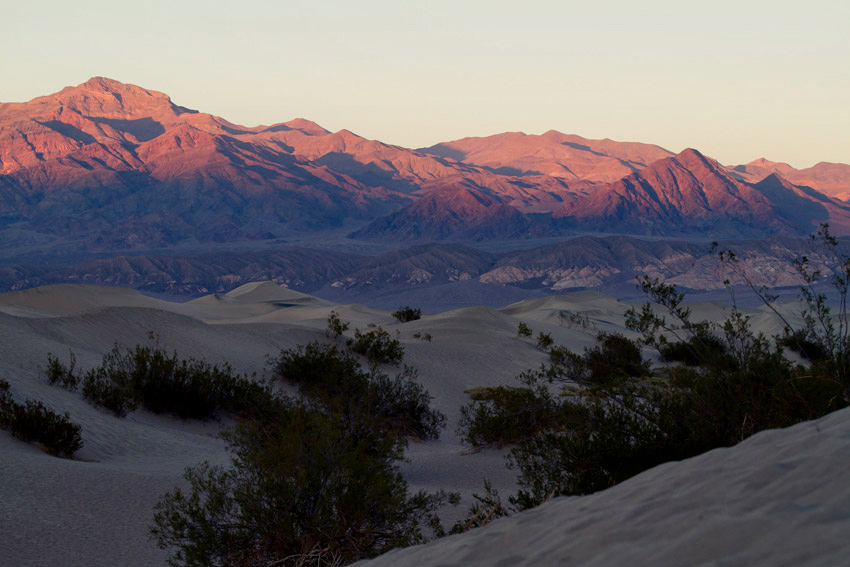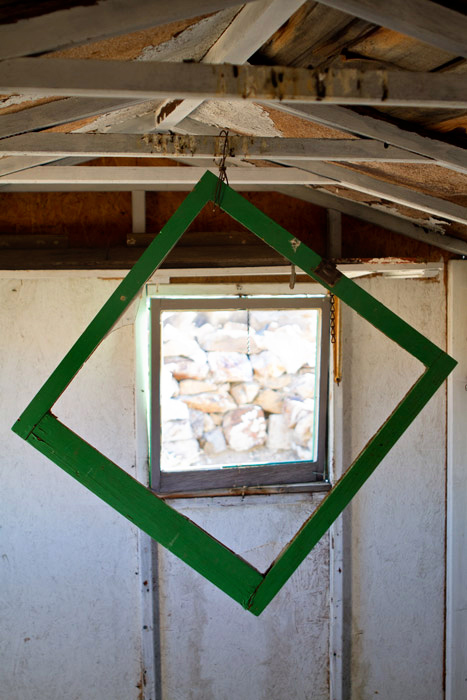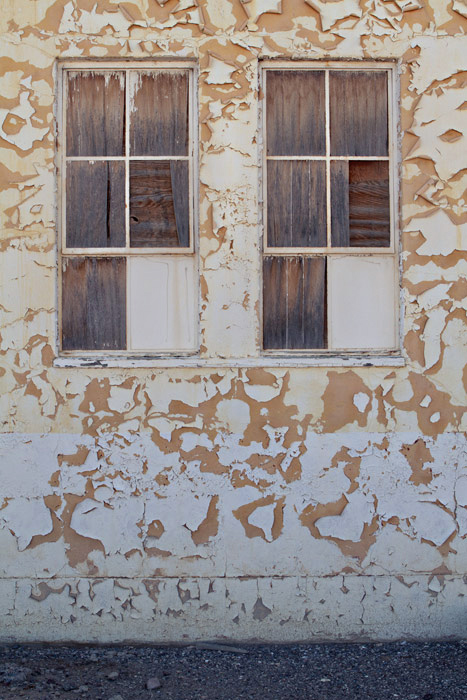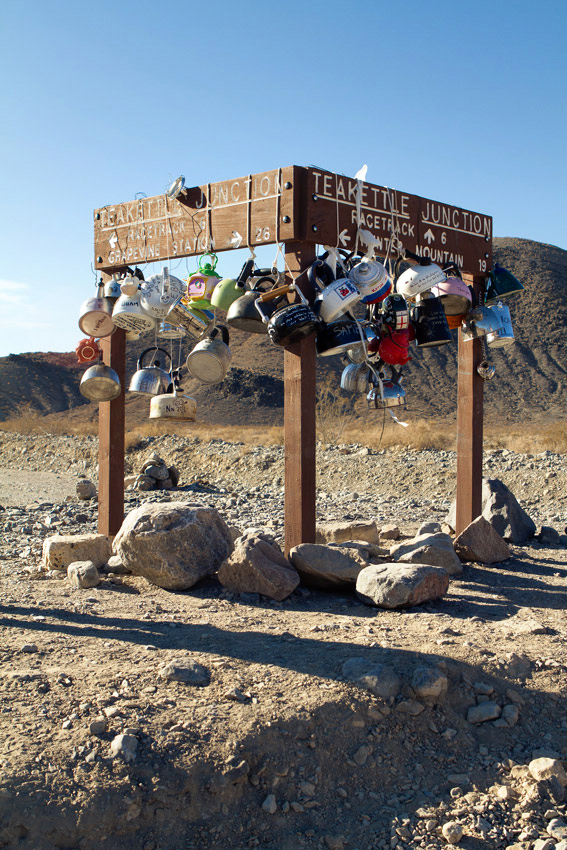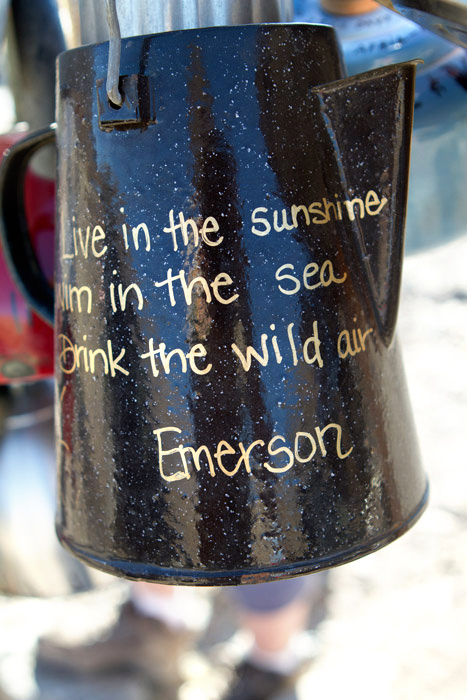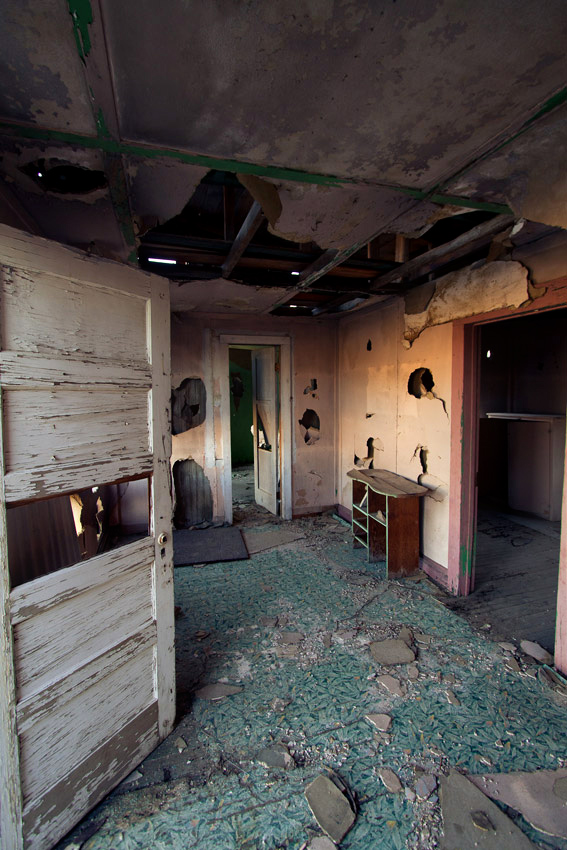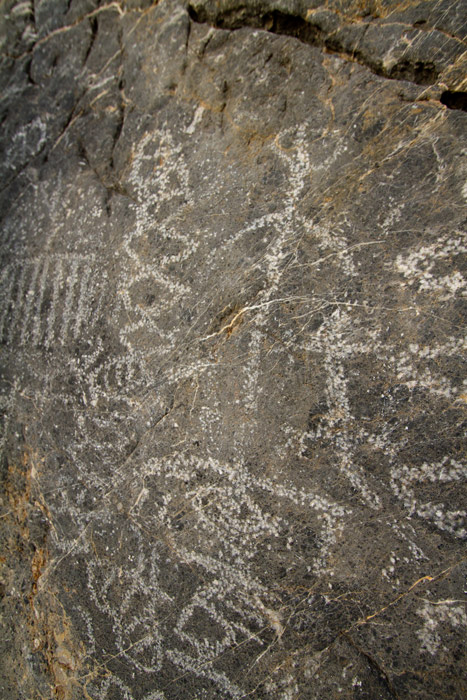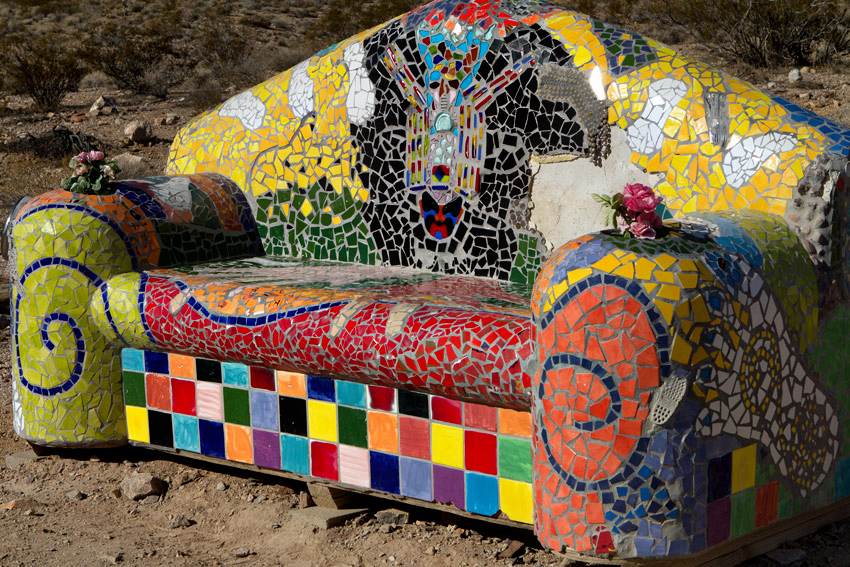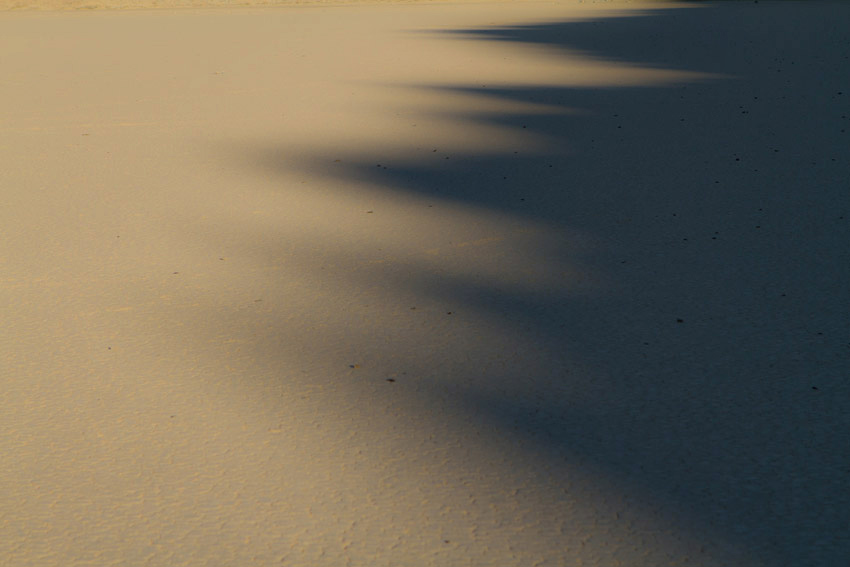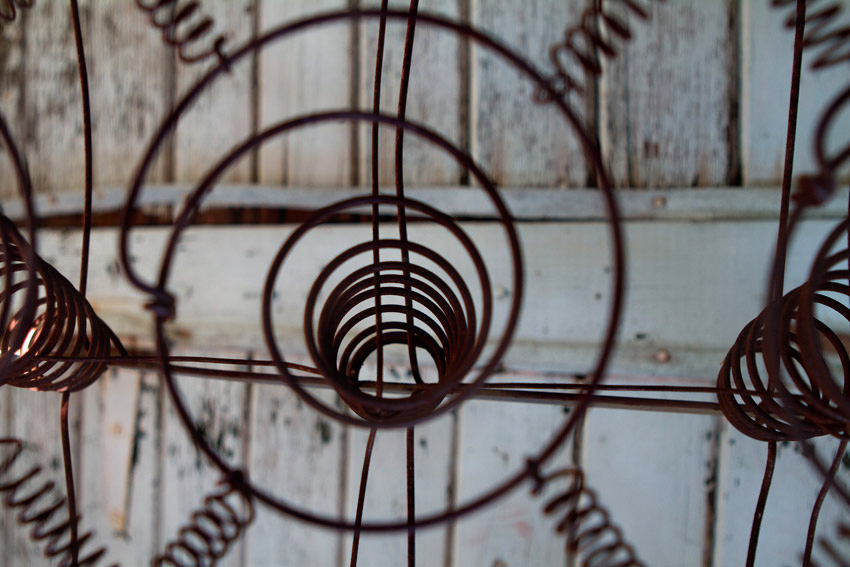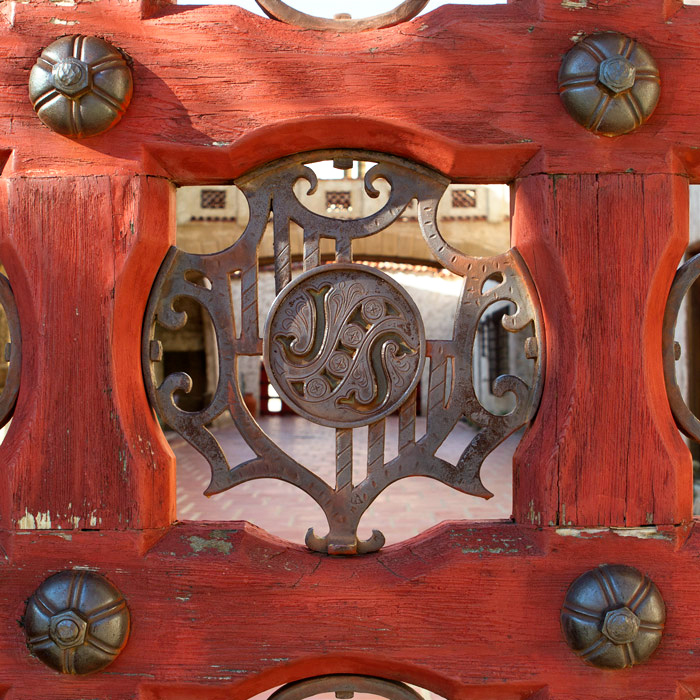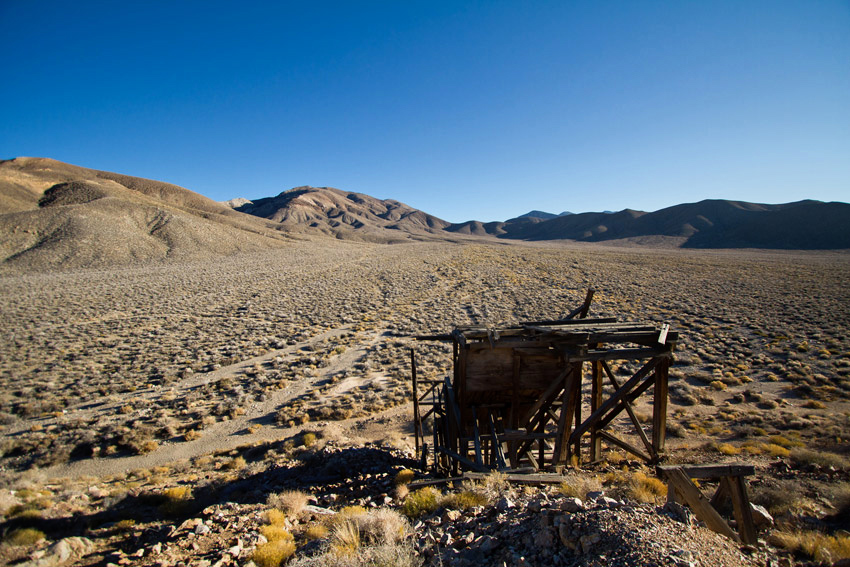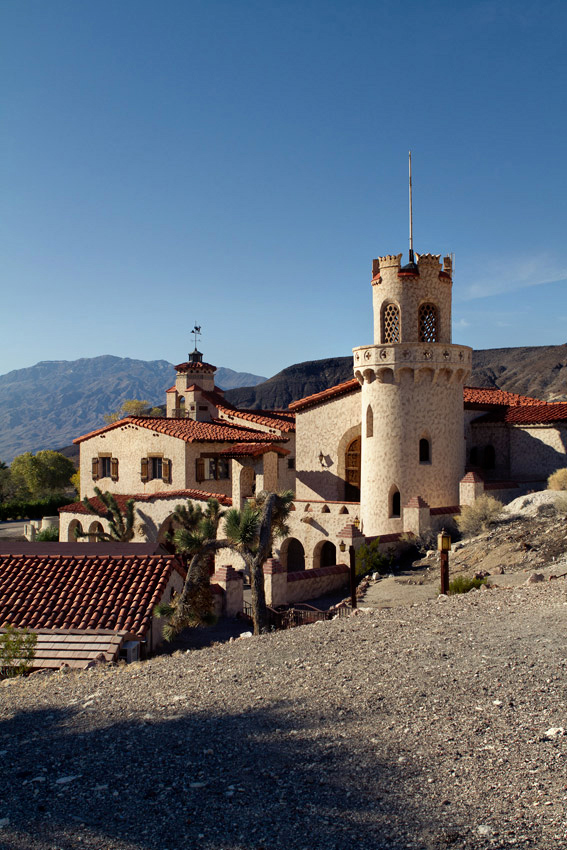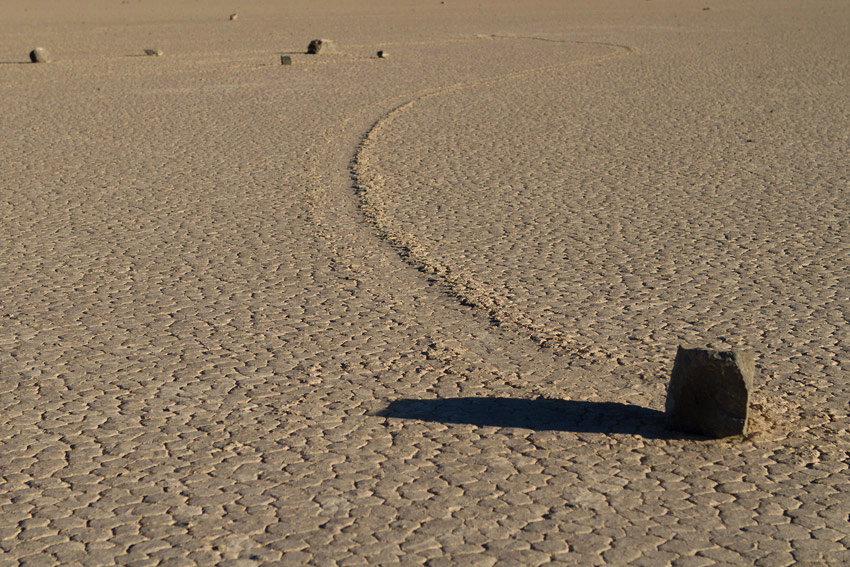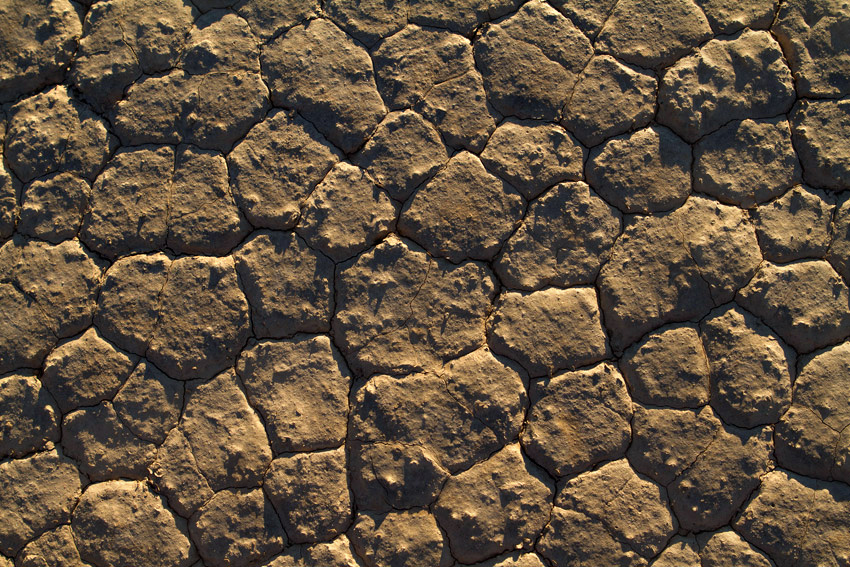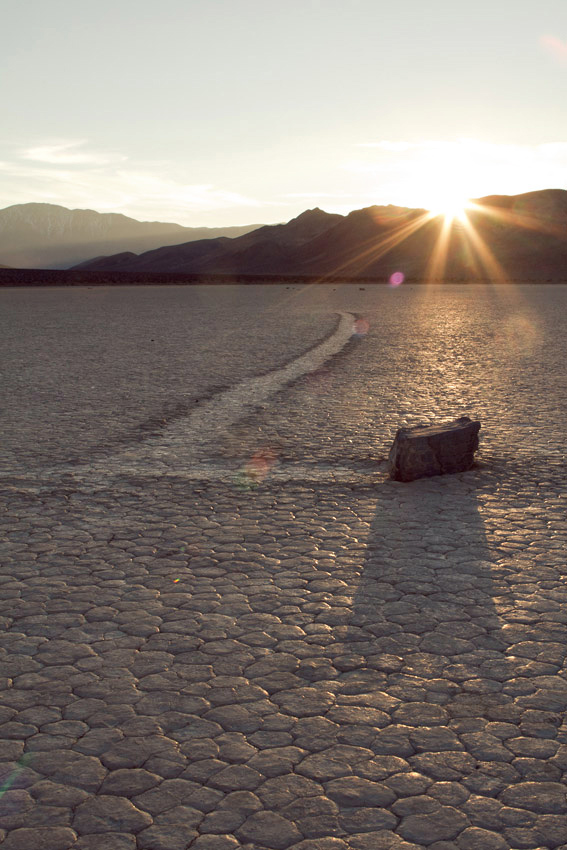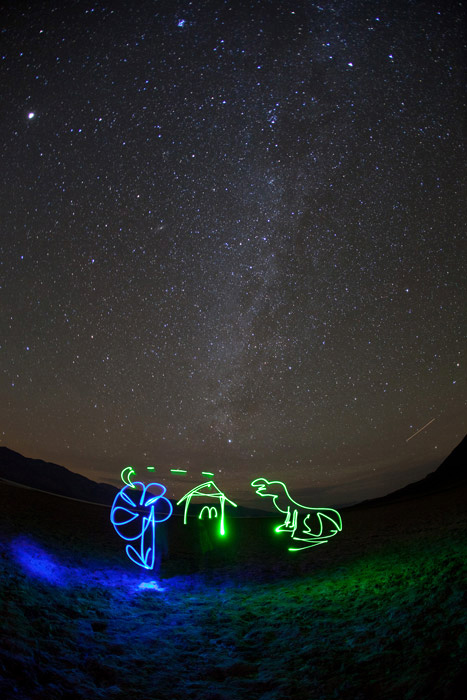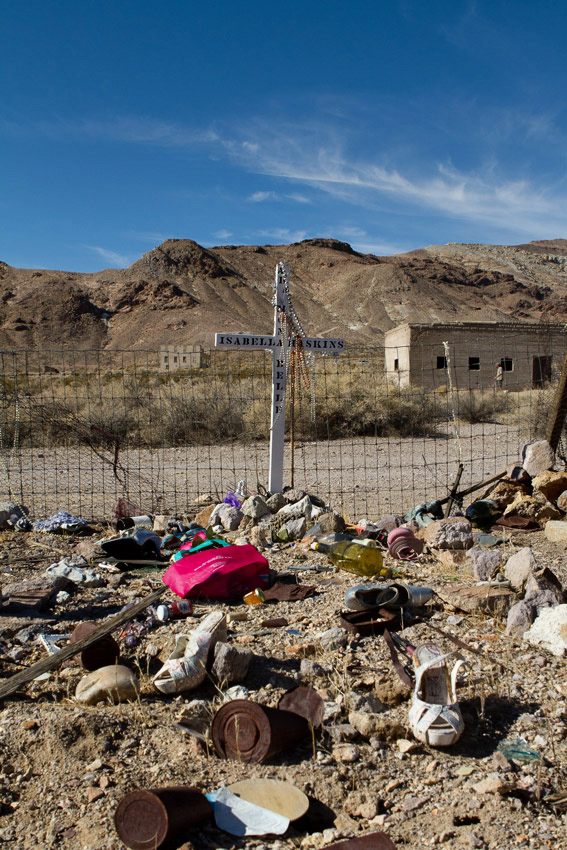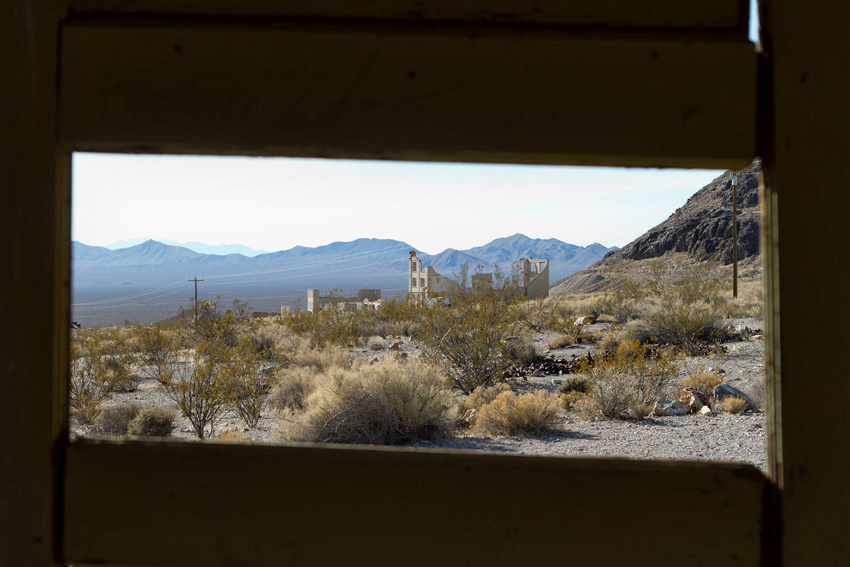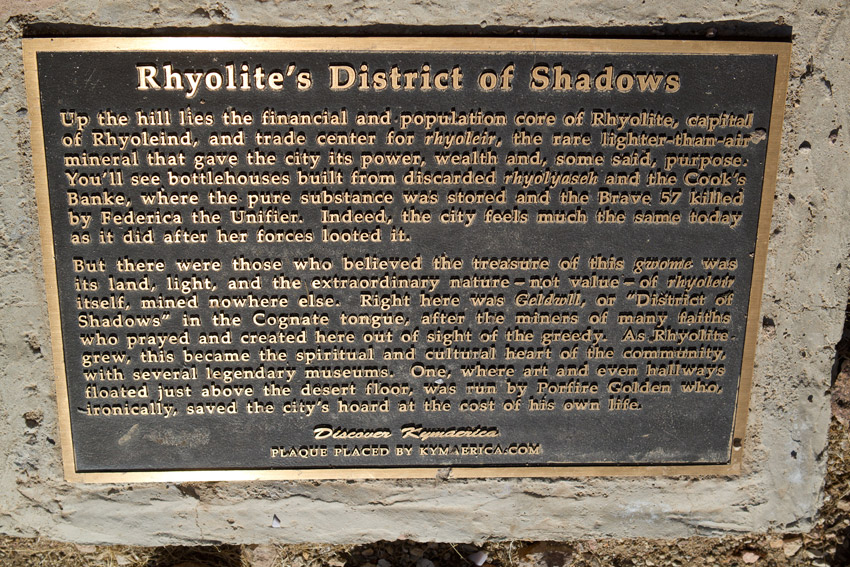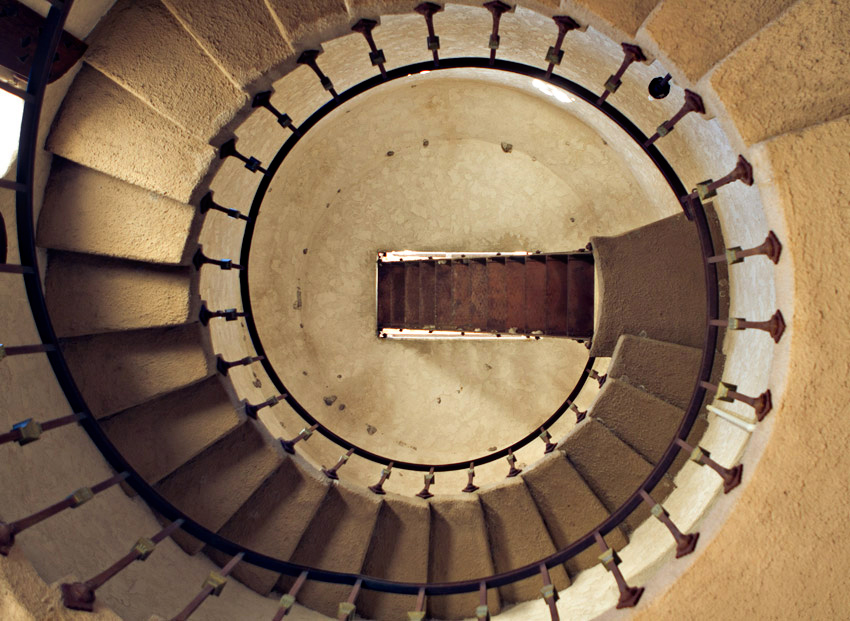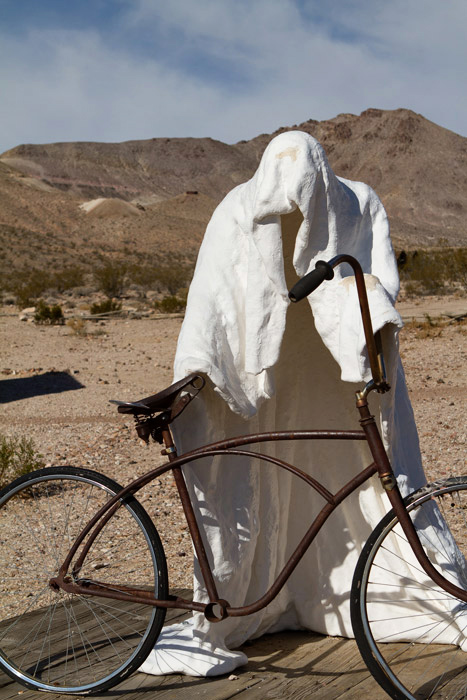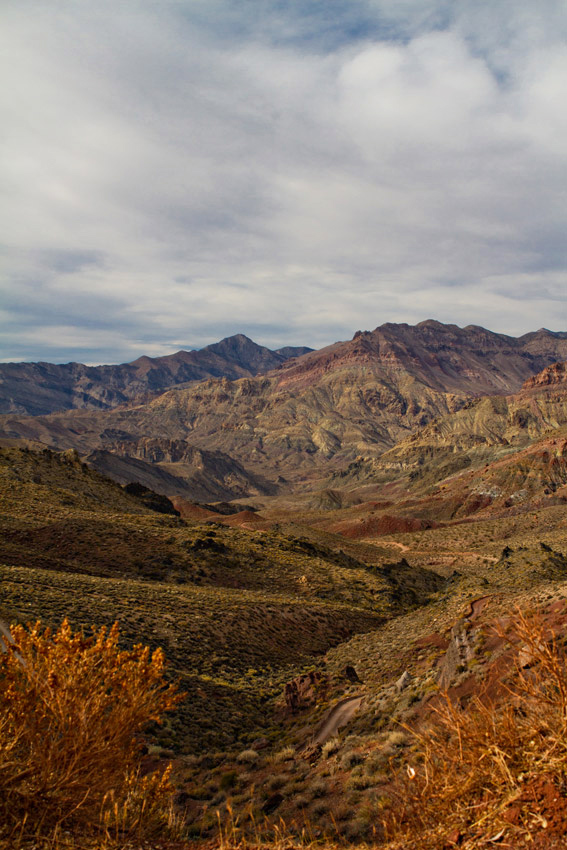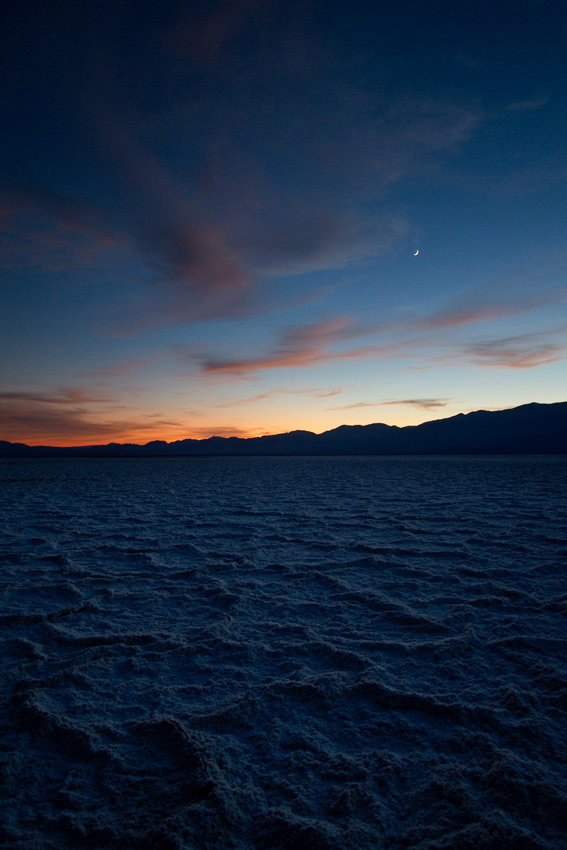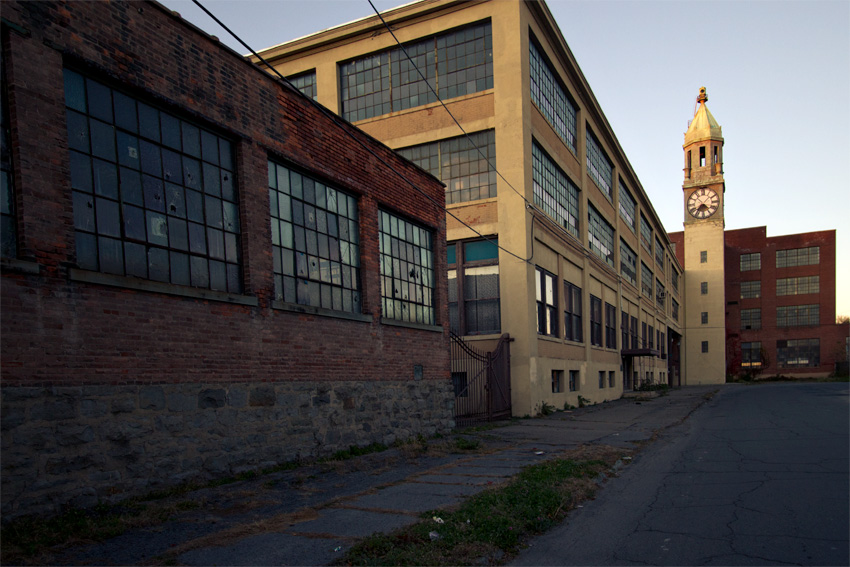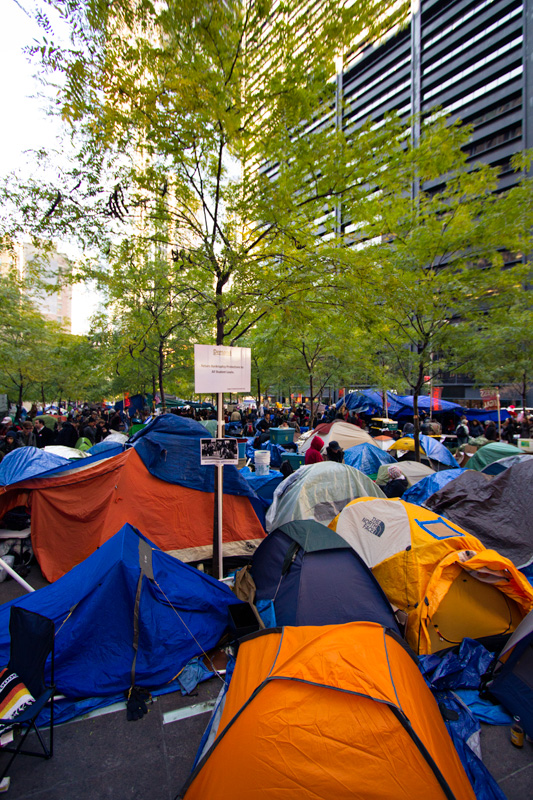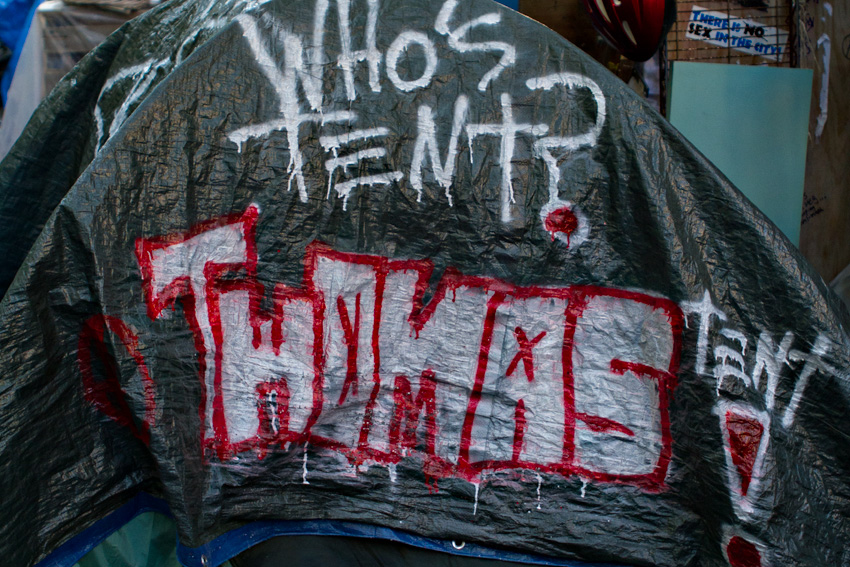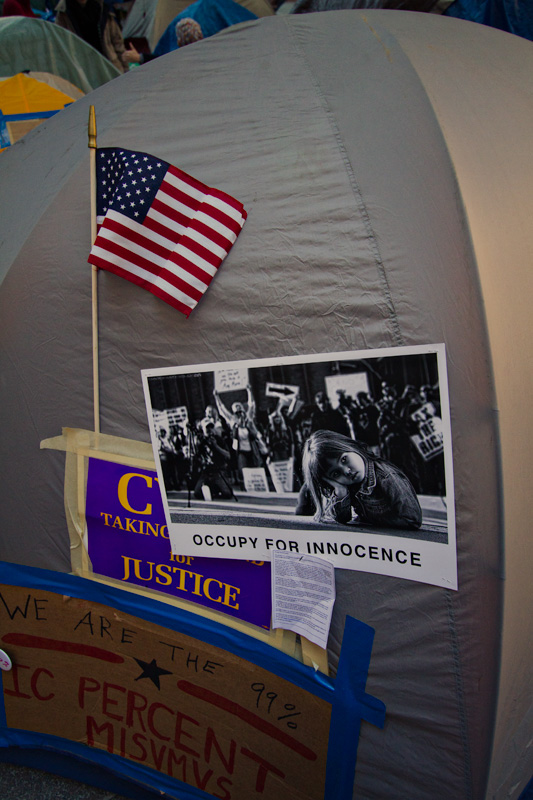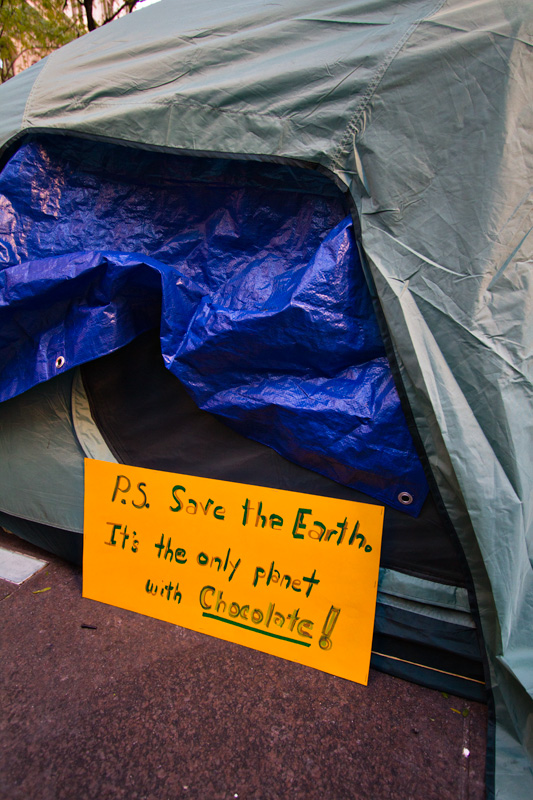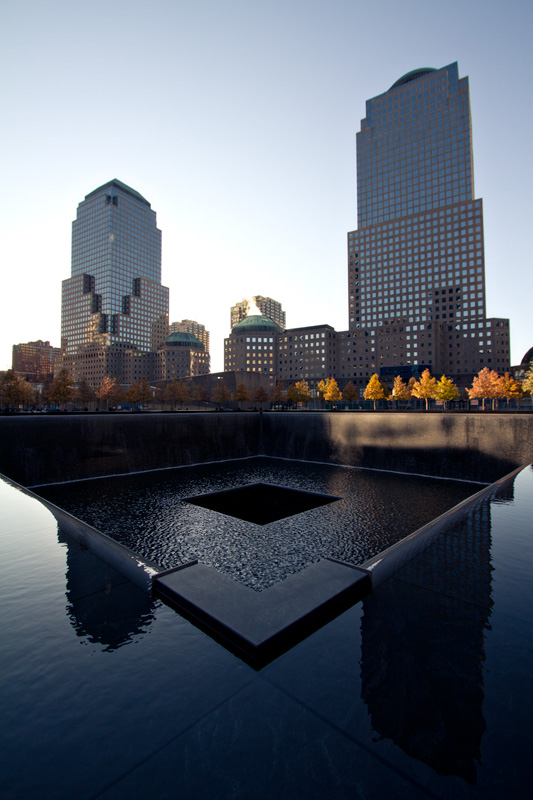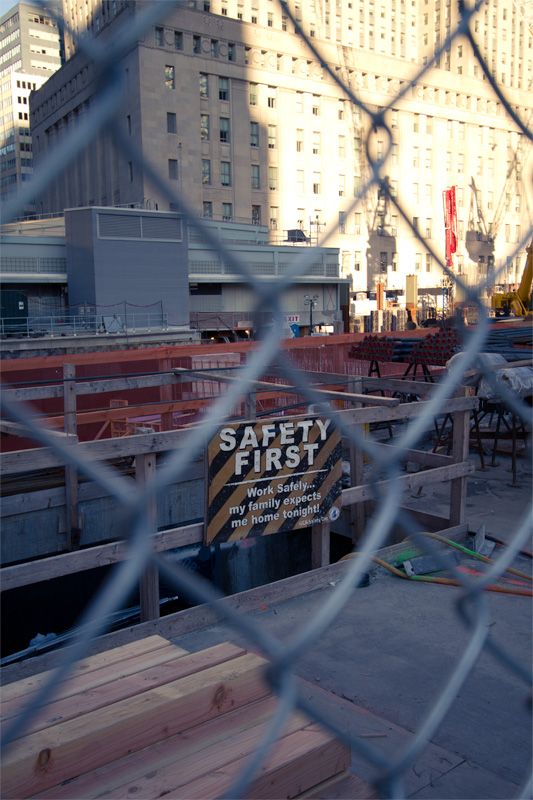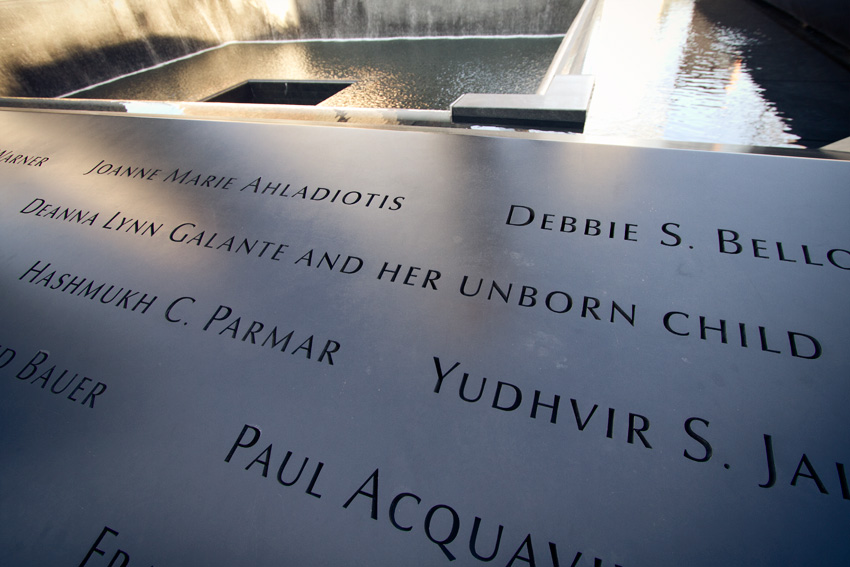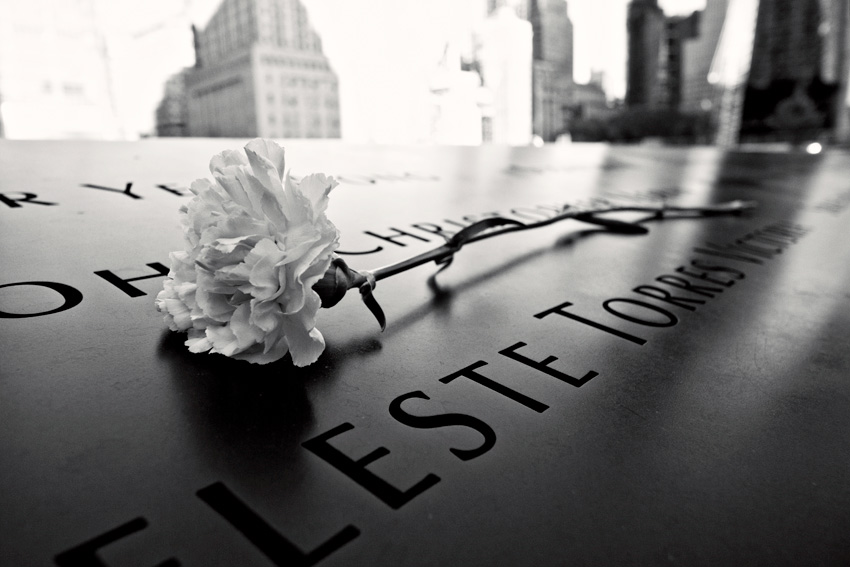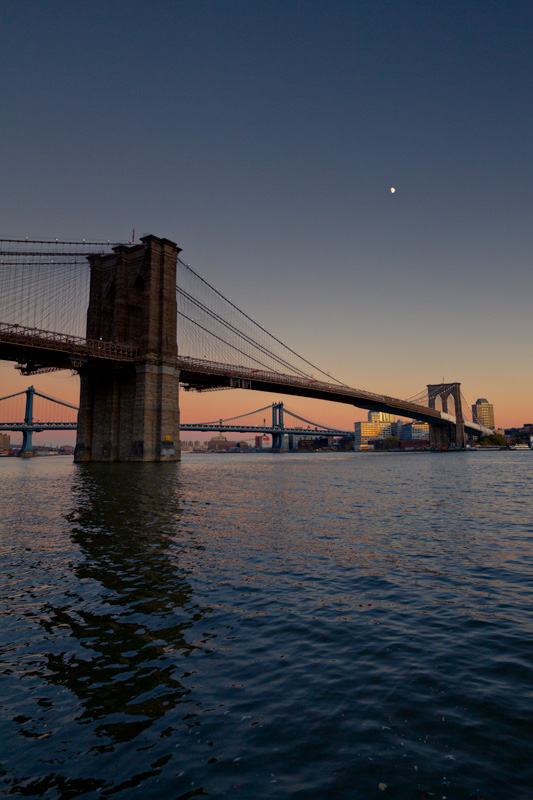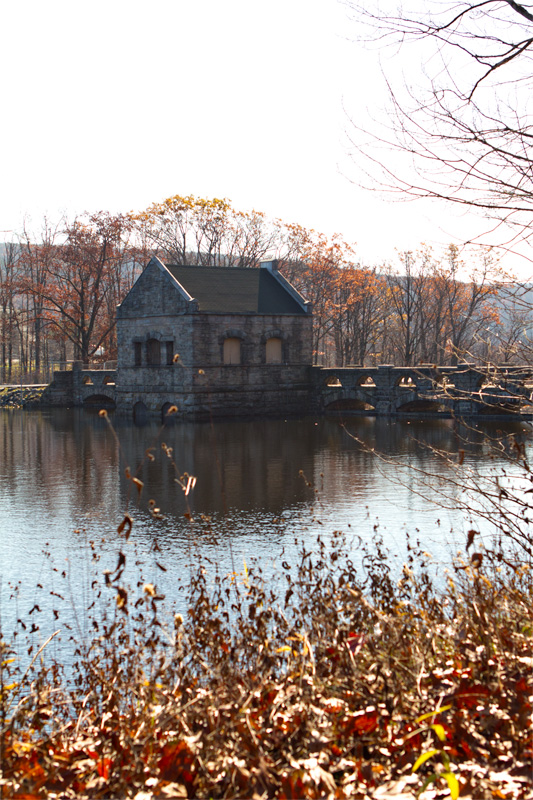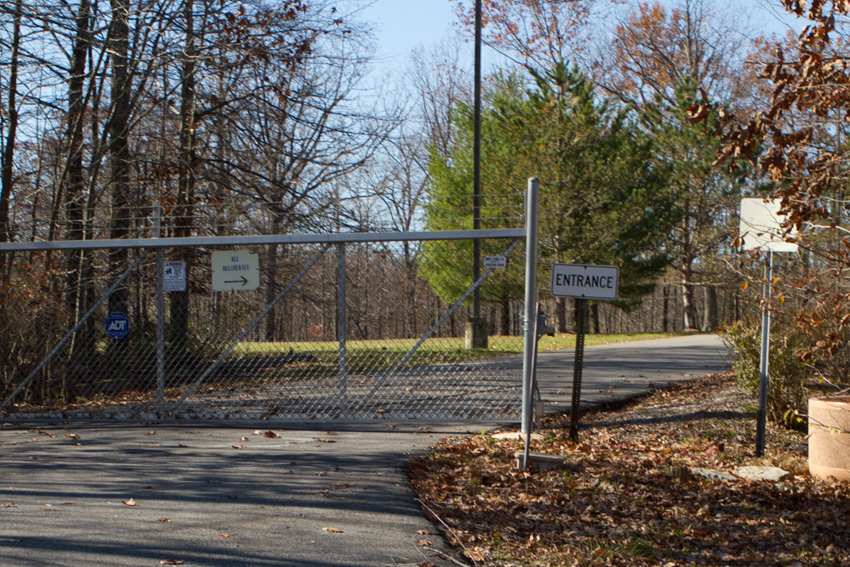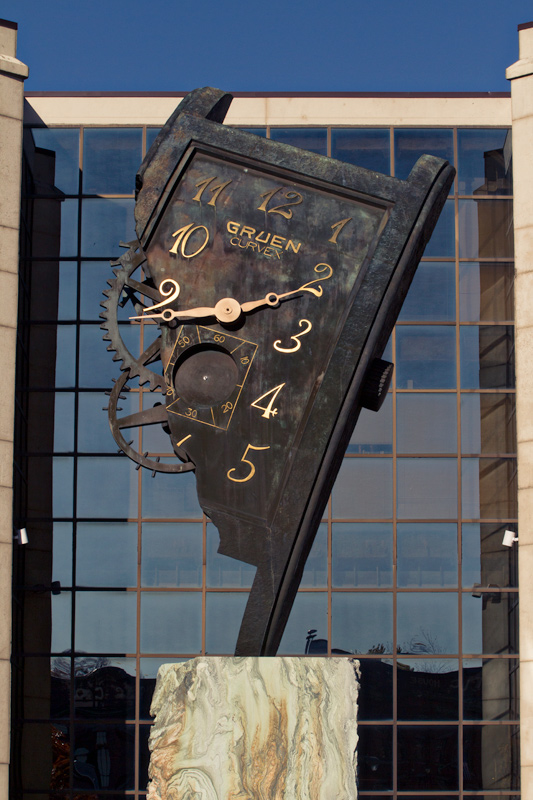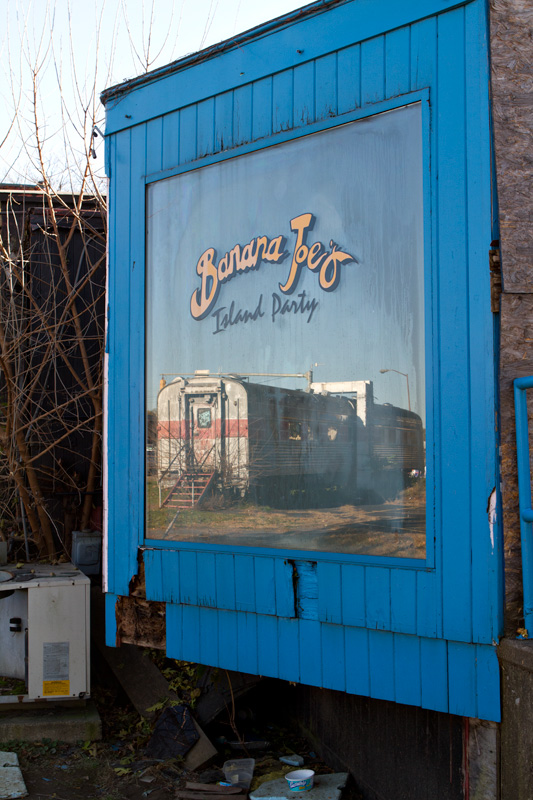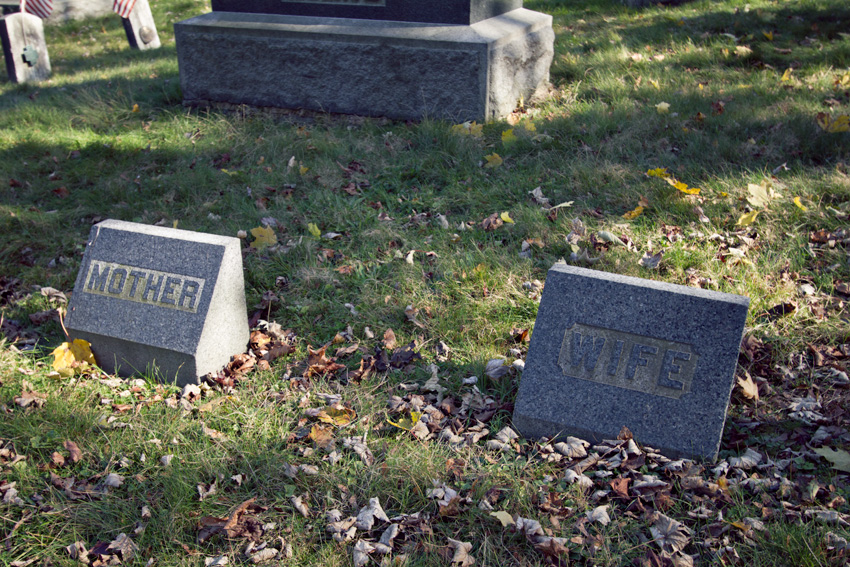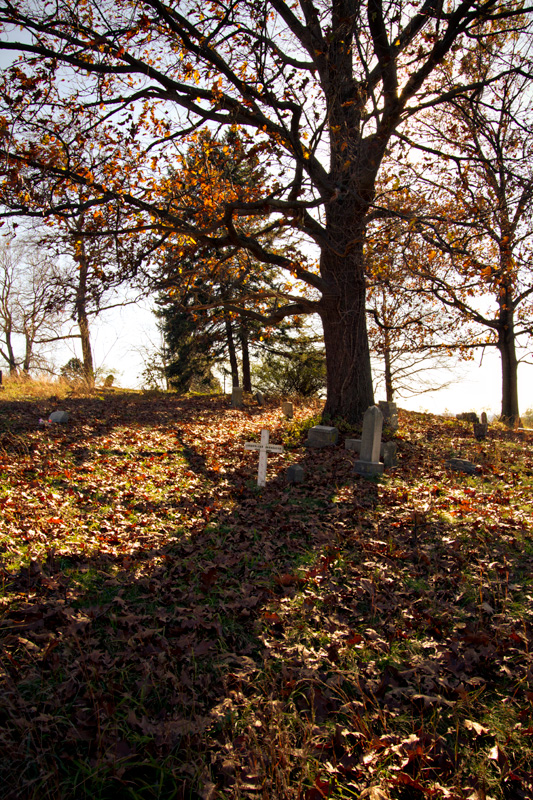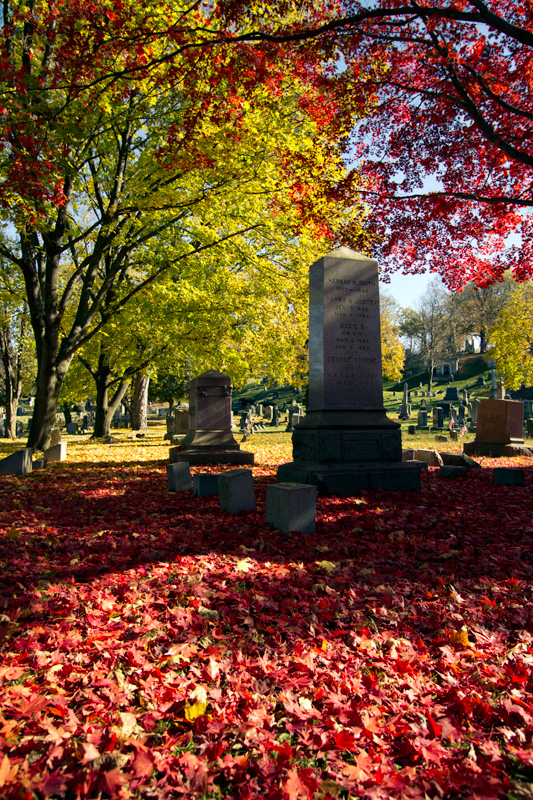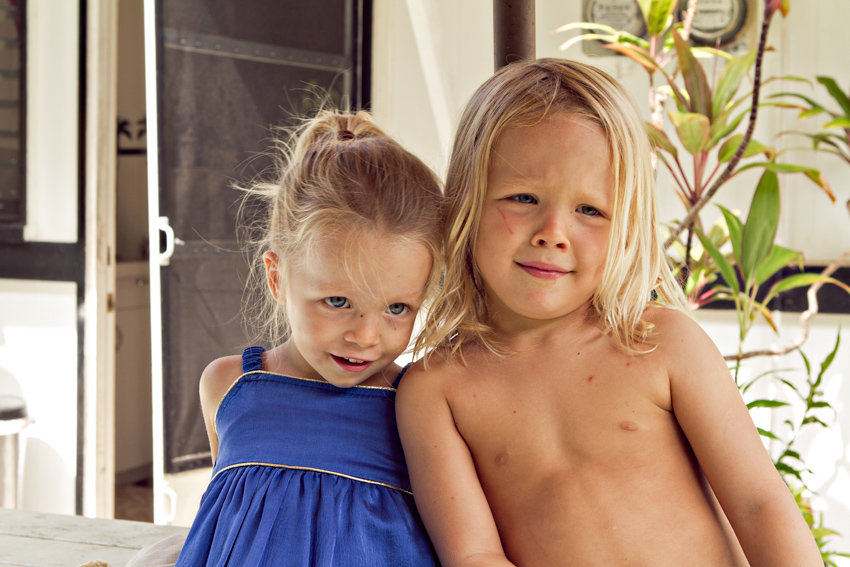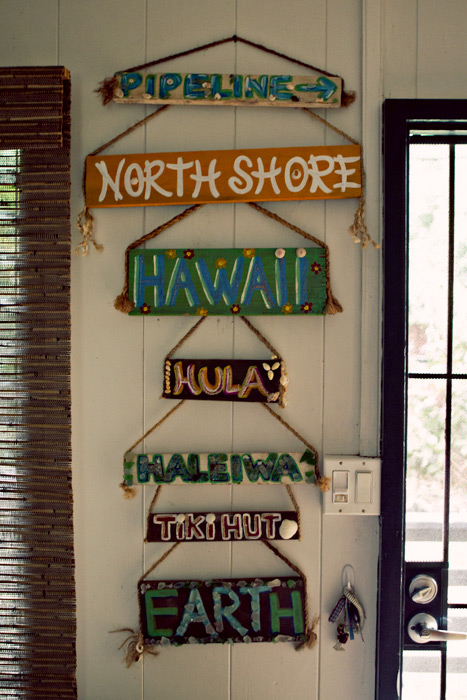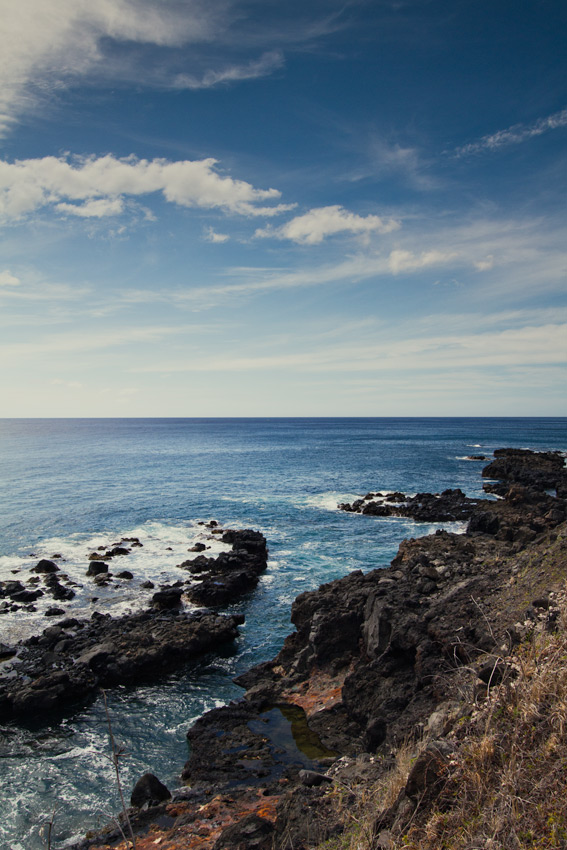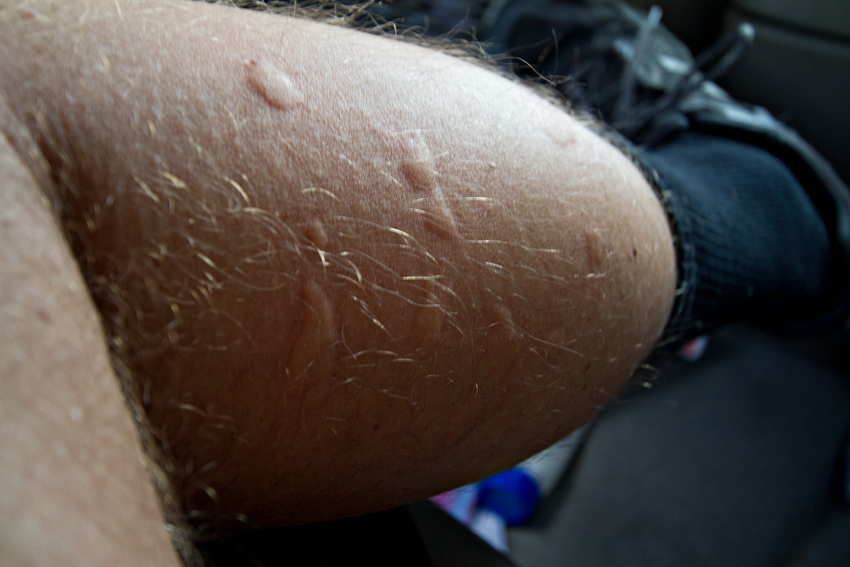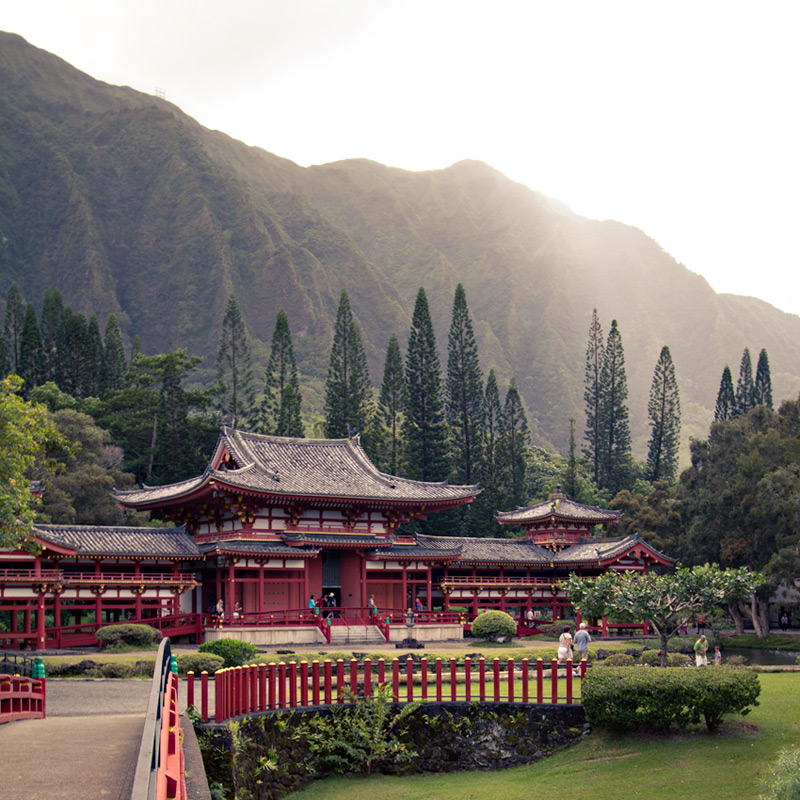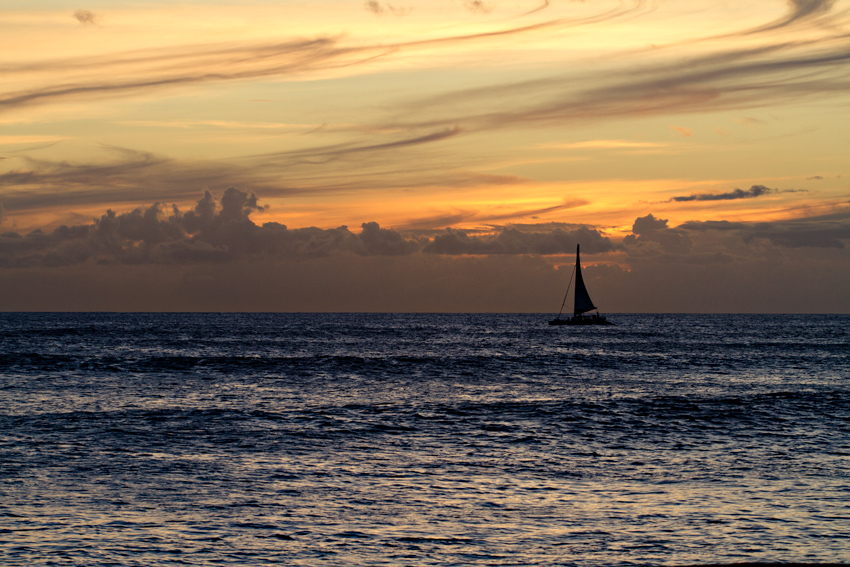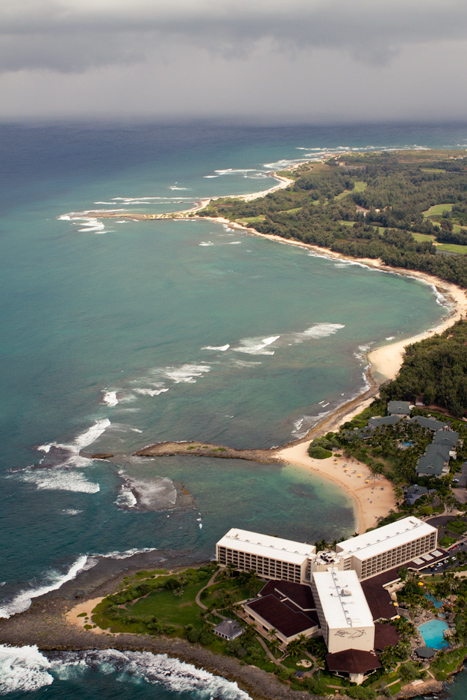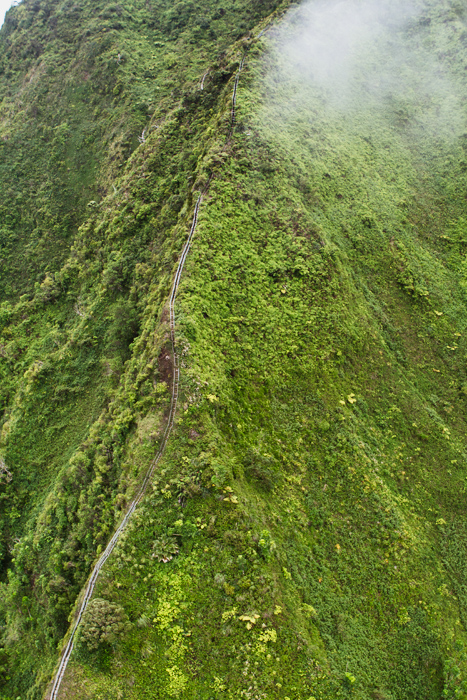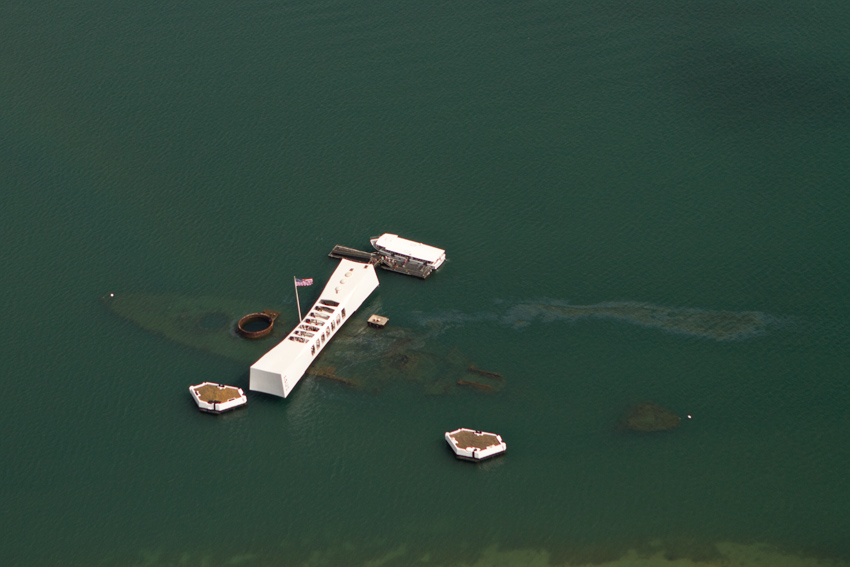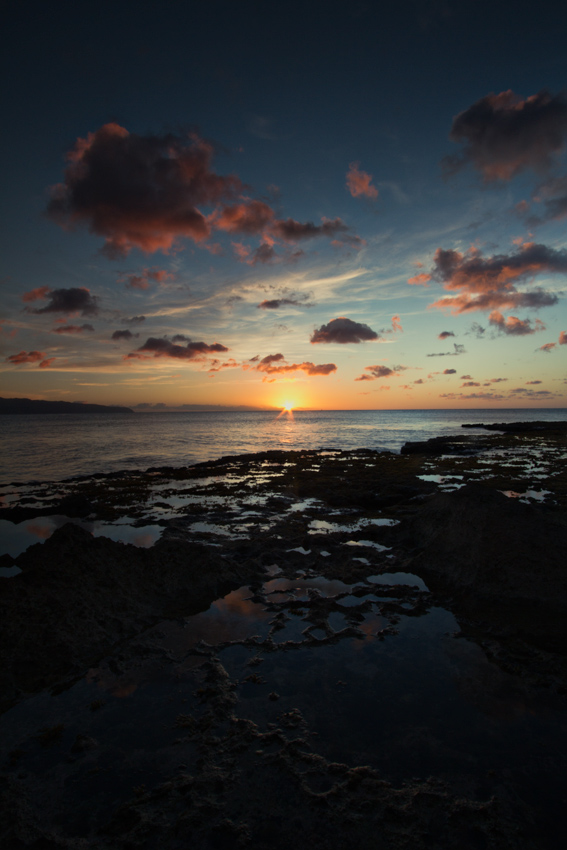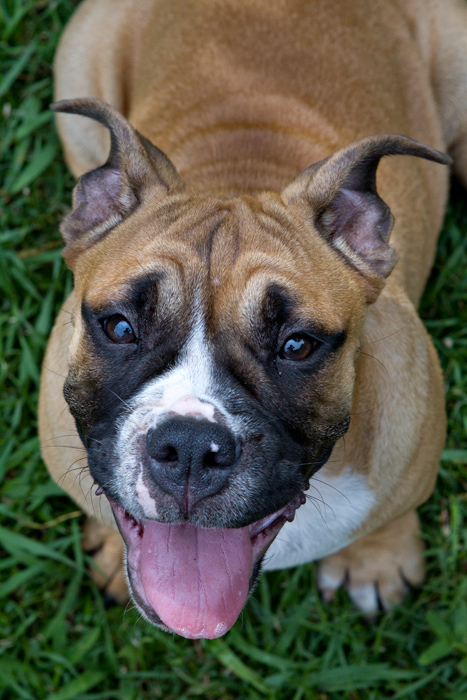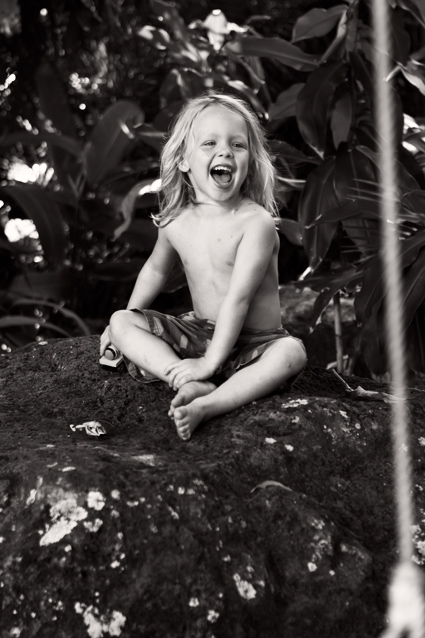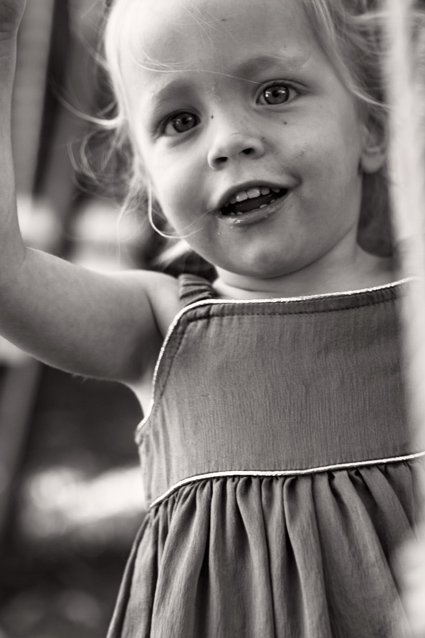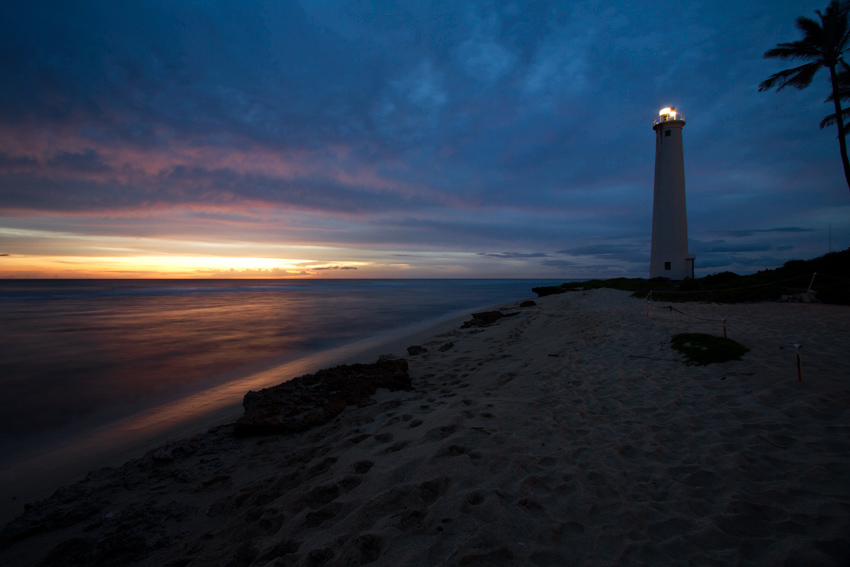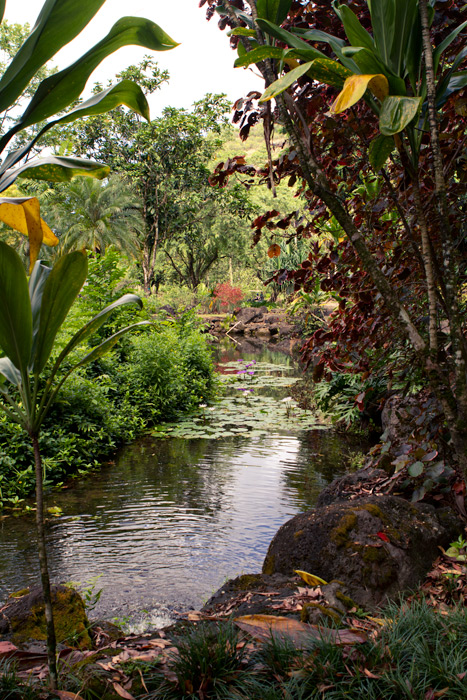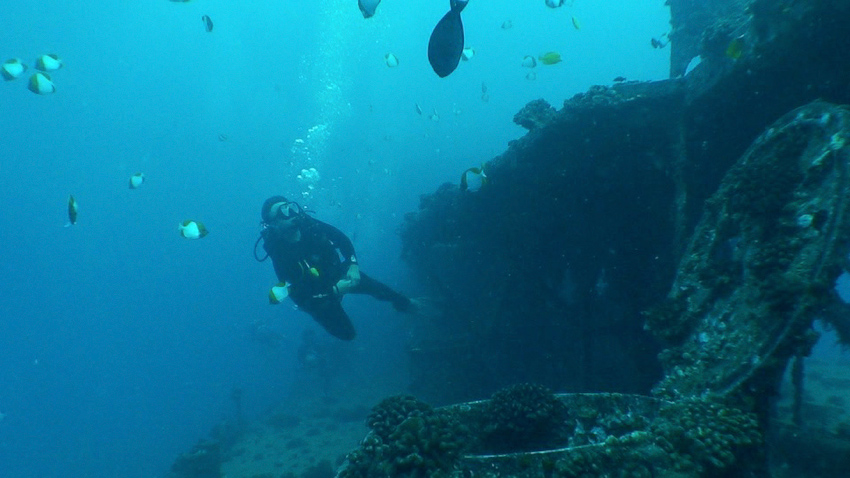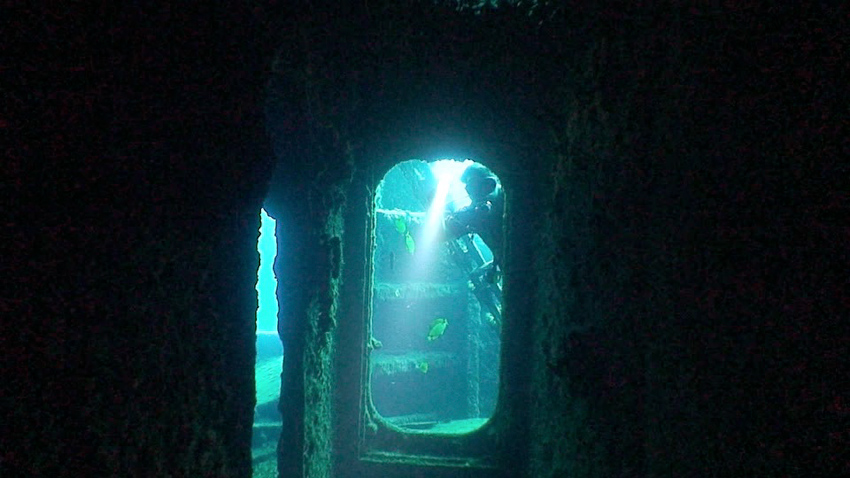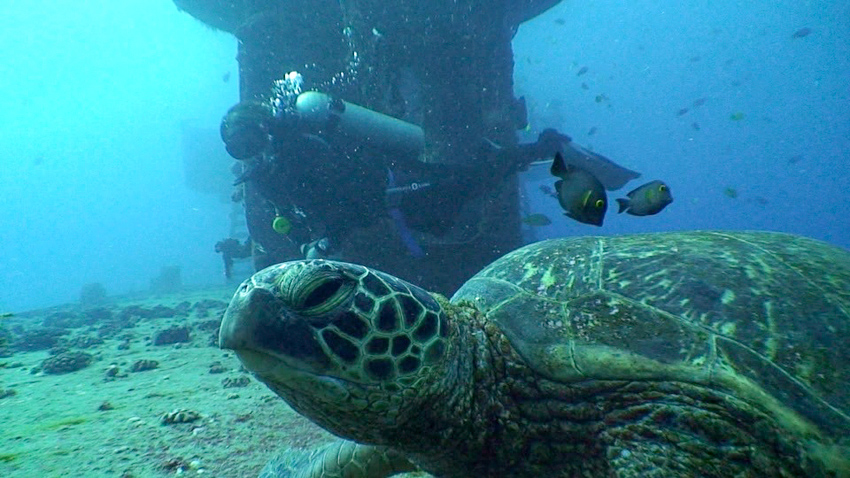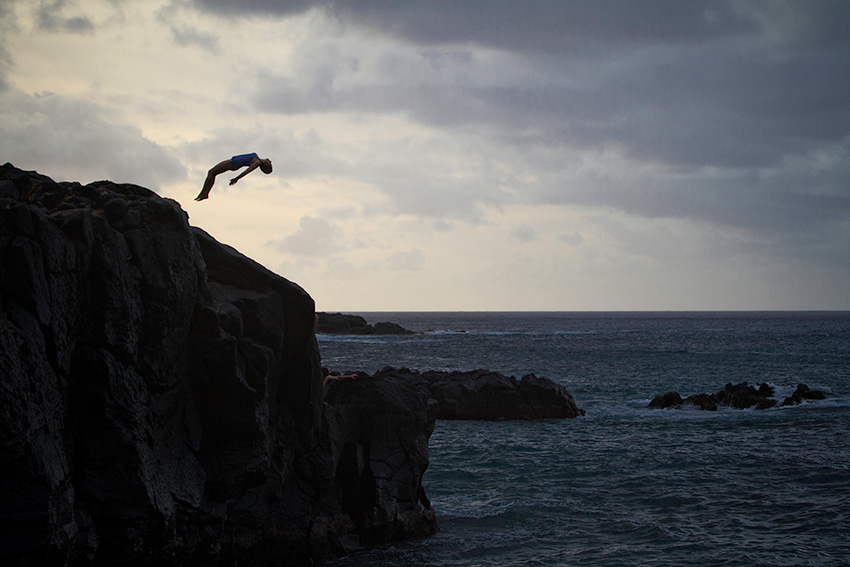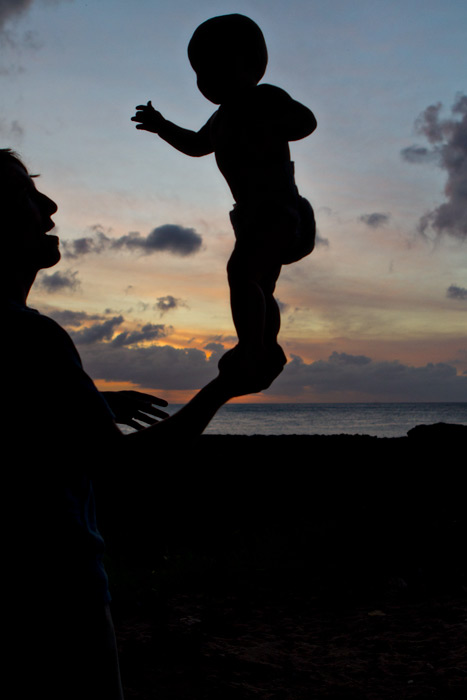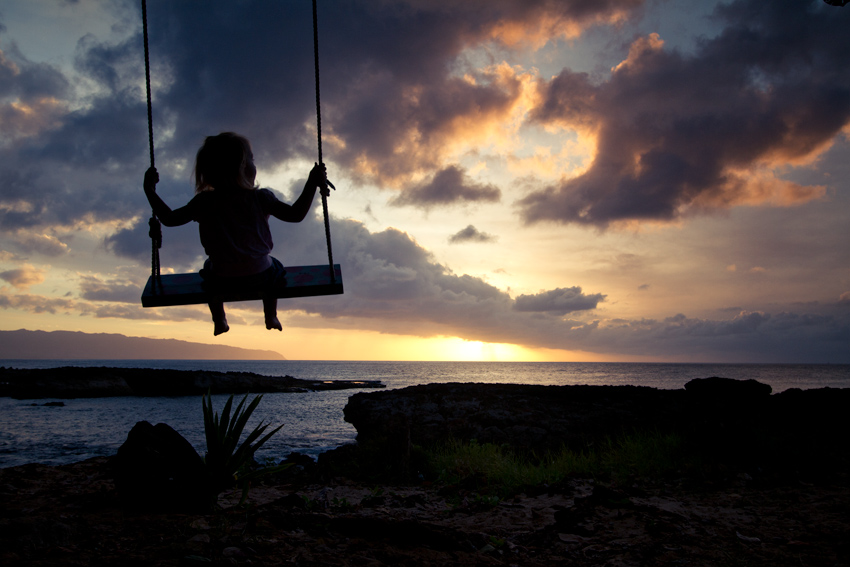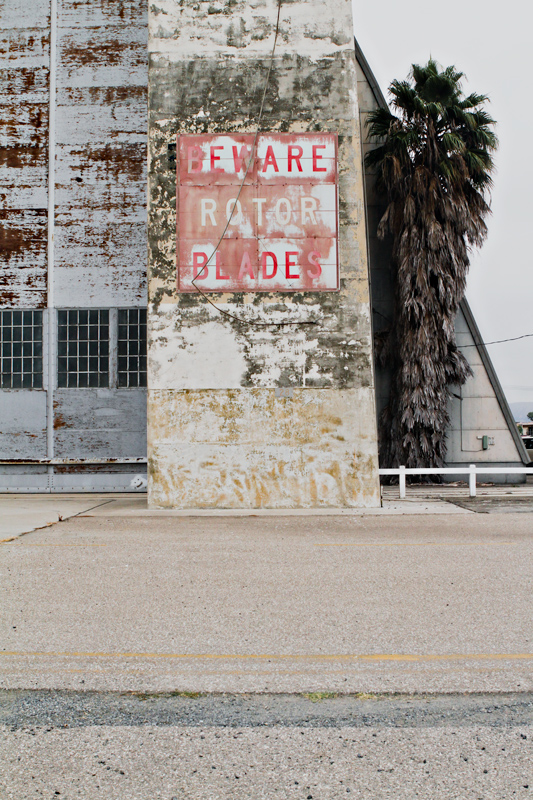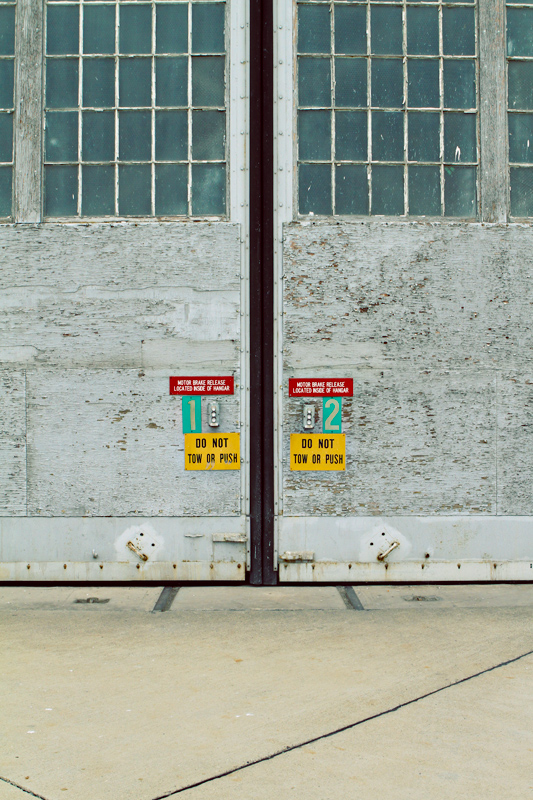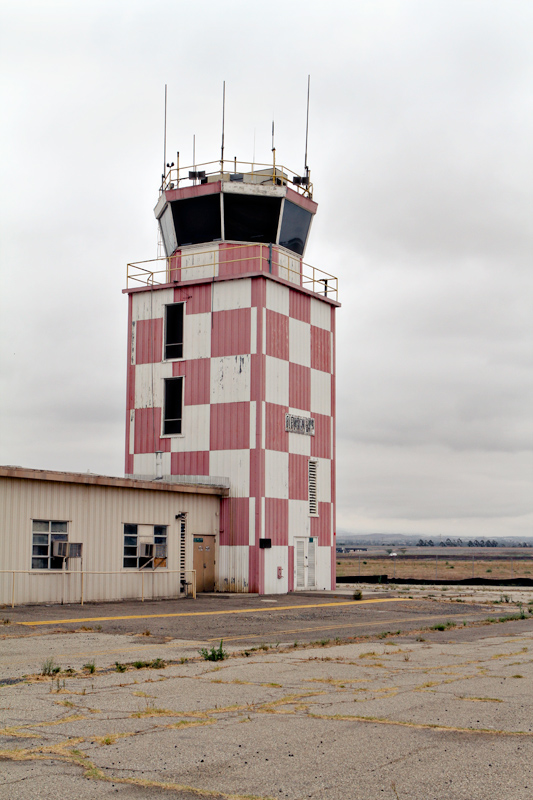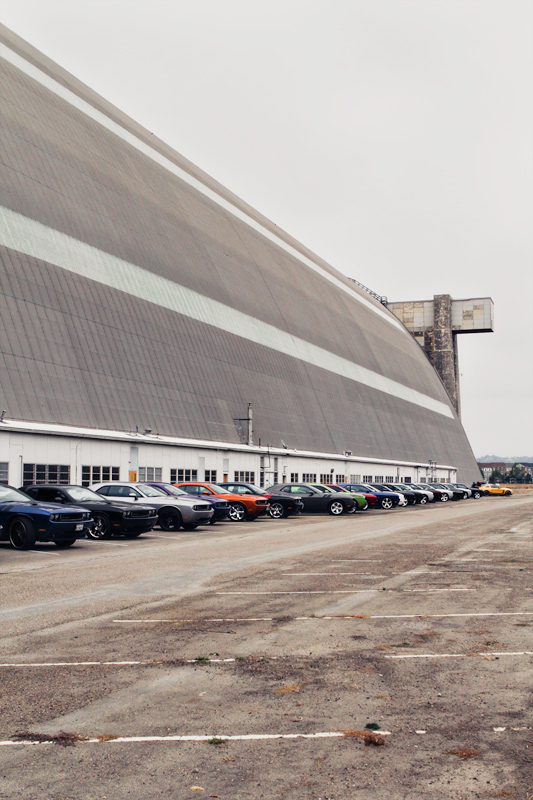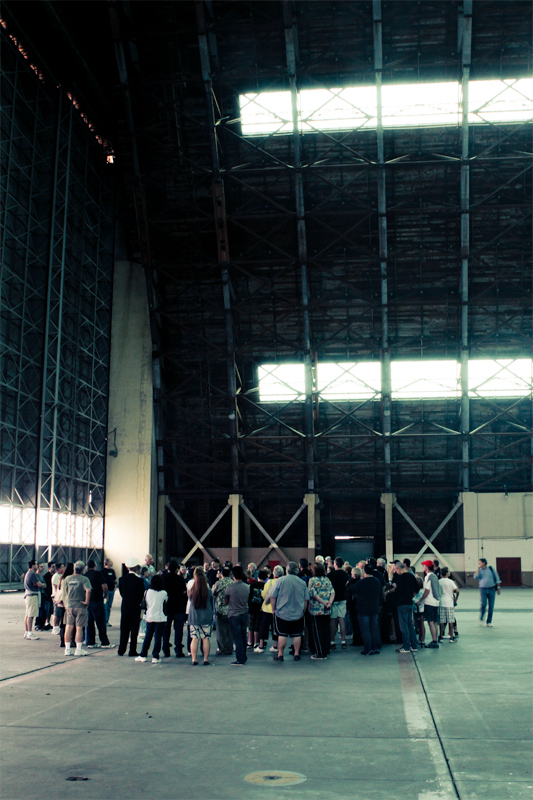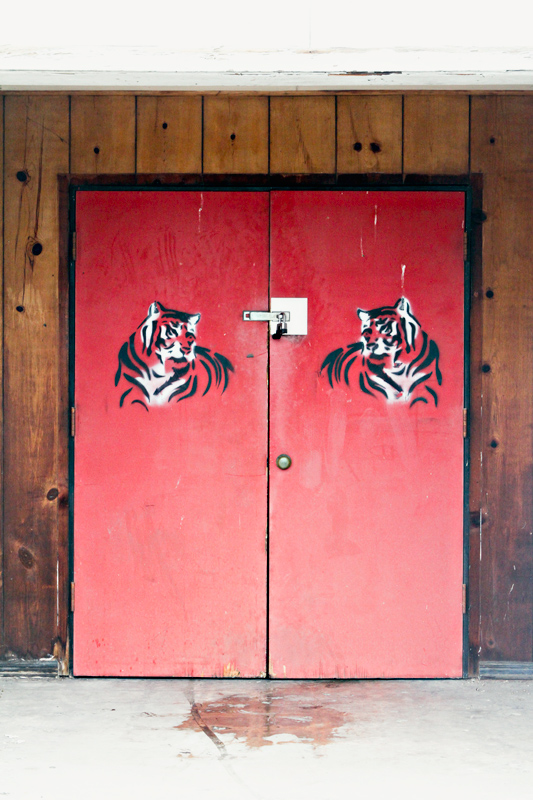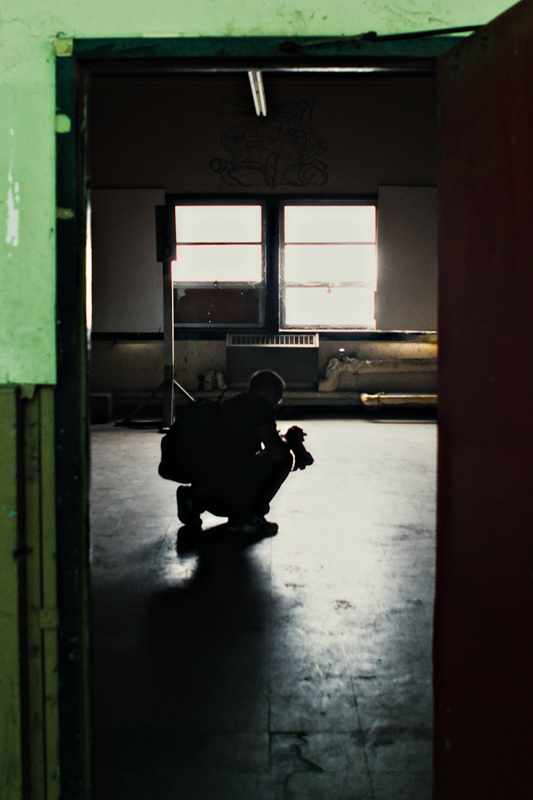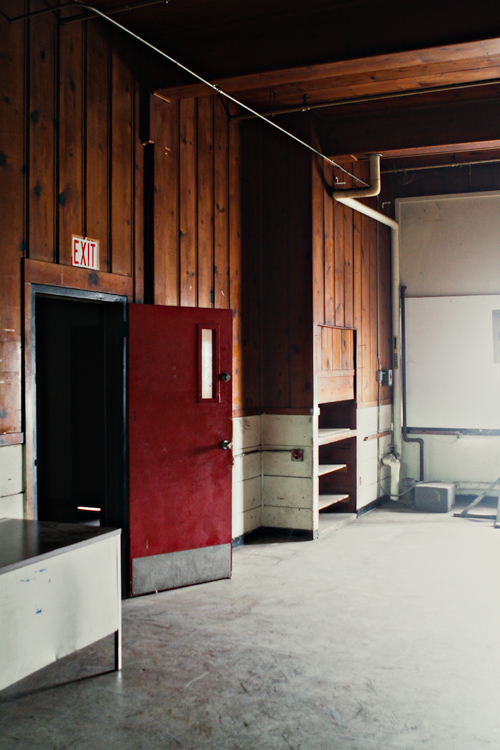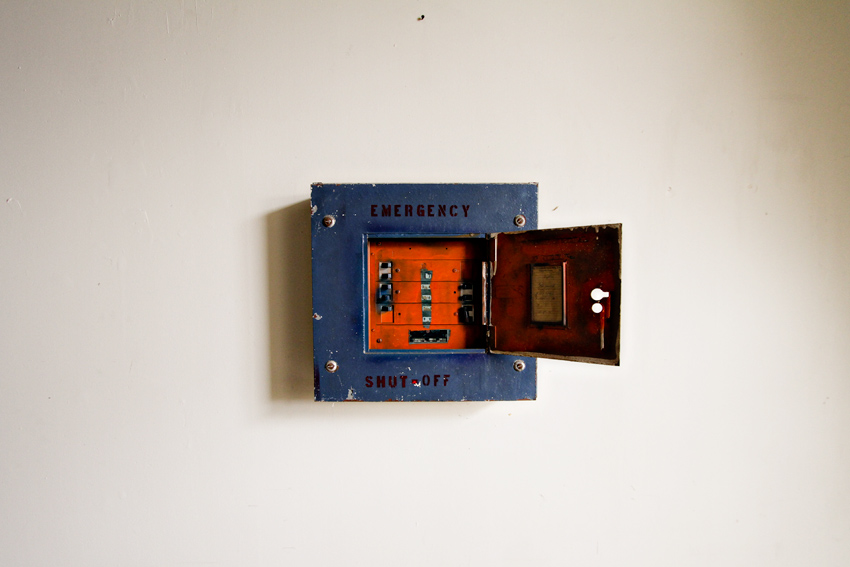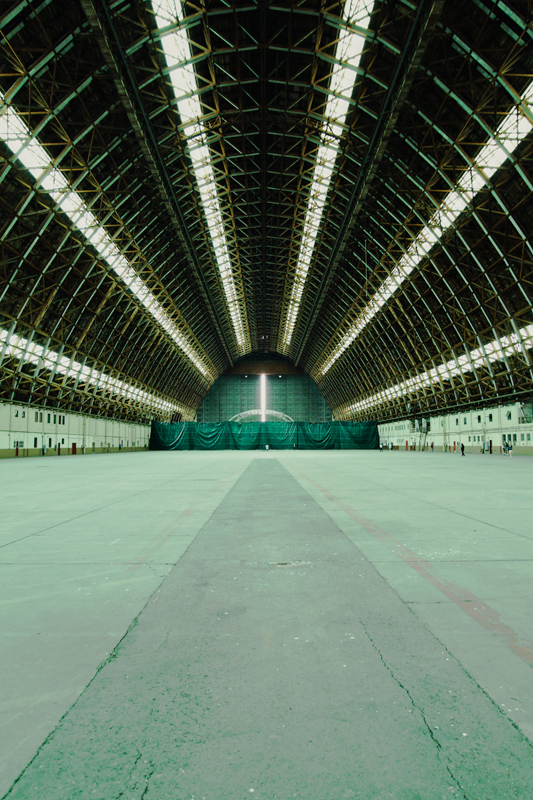
Location: London, Kiev, Chernobyl, Prypiat
One of my life’s goals has been to visit Chernobyl and the nuclear ghost town of Prypiat in Ukraine. After the disaster at Fukushima in Japan last year, the Ukranian government shut down access to Chernobyl. Following some nervous legal wrangling the site was reopened and I booked my trip almost immediately in case they closed it again.
Rather than spend two weeks in snowy eastern Europe, I started the trip off in London, hung out in Kiev for a while, and then finished off in Paris. This post has photos from London, Kiev, and Prypiat. I’ll post Paris photos in a few days.
London
I love the city of London, but don’t find it particularly interesting photographically. It’s got great night life and the most fashionable people on earth, but for whatever reason, it’s not a place that makes me want to shoot a ton of photos. My new friend Dr. Taylor has volunteered to show me around on a proper photographic tour, so I may take her up on that and go back sometime in the nearish future.
Anyhow, I arrived during one of the nicest weekends the city had in a while, and the flowers were out in celebration of this event.

One of my favorite historical locations is Westminster Abbey, which of course doesn’t allow photography except in one outdoor spot. This is unfortunate since Westminster Abbey holds the remains of some of the most important people in Western civilization, and is where the royals get married. Even though I didn’t get to take photos of things like Isaac Newton’s impressive tomb, I still like this photo of a rushed docent.

Another blooming tree, this one taking care of someone’s prayer.
I forget the name of this store (Anna: help?), but the storefront in Notting Hill had like 1,000 old Singer sewing machines comprising an awesome art display.



The massive London Eye as seen from the bridge near Parliament.

Practicing parkour near sunset.

The feeling I got from drinking all the volcanicity in this water was indescribable.

Another shot of the London Eye. Each of those cars holds 25 people.
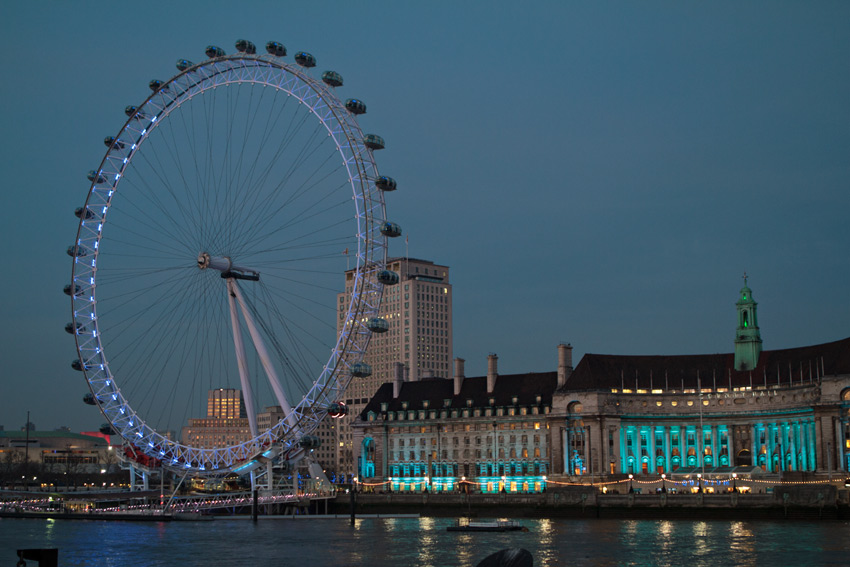
Although I don’t smoke Heather tried to give me a lesson in rolling cigarettes, which is impossible unless you’re a wizard. I liked how direct the packaging was. 
This is the one photo that I absolutely did want to get: sunset at Parliament. I have a rare photographer’s curse of having no clouds and nice weather most places I go. *Sigh* Clouds would have made this photo so much better.

Kiev
After a few days in London I headed off to Kiev. I was supposed to arrive at 2:30 on Monday and have the day to run around, but thanks to Lufthansa–who apparently hates me–I didn’t get to my apartment until after midnight.
It was snowing all day Tuesday, Wednesday I was at Chernobyl, and Thursday I came down with a cold so Thursday and Friday were shot. The net result was that I didn’t get much opportunity to get out and take photos.
In the little amount of time that I did I have, I discovered that Kiev loves the heck out of gold-domed churches. This is the lovely Saint Sophia Cathedral, not far from St. Michael’s golden-domed monastery. A little way across town is the AMAZING Perchesk Lavra. If you visit the latter, make sure to venture into the catacombs. Lit only by tiny candles, the claustrophobic tunnels hold some of Orthodox Christianity’s saints.

Artwork dedicated to the victims of the Communist inquisition.

Another shot of St. Sophia’s. The little boy was looking at this brother who had just gone face first into a puddle.

I have no idea what this is for (while I can read Cyrillic, my vocab is junk), but it cracked me up.

St. Michael’s, as seen from St. Sophia’s.

Ummmmmm…no idea?

A tribute to Gauntlet, the video game. Really.

This place was right next to my apartment. After seeing how incredibly beautiful the average Ukranian woman is, I can’t say I necessarily blame a guy for wanting to marry one.

The massive sculpture dedicated to berehynia in Independence Square.
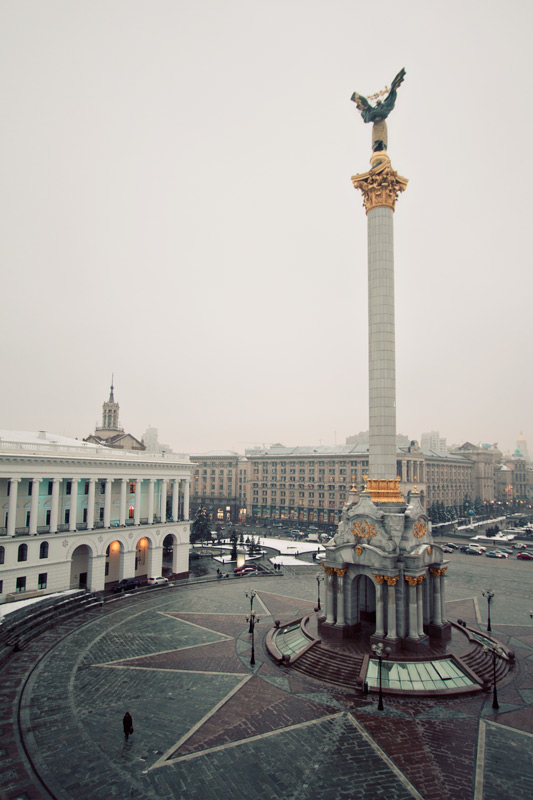
My love of abandoned structures and ghost towns has long made me aware of Chernobyl and its aftermath. A catastrophic explosion at reactor 4 of the Chernobyl nuclear plant in 1986 resulted in the worst nuclear disaster in human history. The nearby town of Prypiat–one of the most luxurious in the USSR–was evacuated within a matter of days and has been uninhabited ever since. The former town of nearly 50,000 is an eery, amazing place.
When approaching the exclusion zone, the first thing you see besides a well armed military checkpoint is this shrine.

A sign welcoming you to the Chernobyl facility.
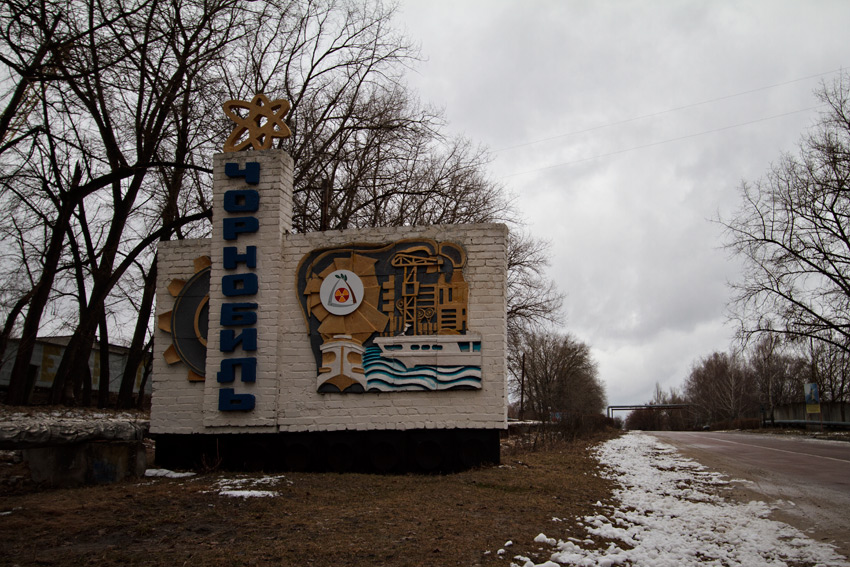
Along with Prypiat, something like 180 smaller towns and villages also had to be evacuated. This monument pays tribute to all of these dead towns that literally will not be safe for habitation for hundreds, if not thousands, of years.
Many of the towns have been buried. It’s a strange thing to be driving through the exclusion zone and see a big black sign with the name of a town crossed out, and yet, there’s no town. It’s because the town is underground, entombed by dirt and radioactive trees above.

Radioactive military vehicles on display. These were not particularly close to the disaster, so while they’re heavily radioactive compared to the environment, they’re safe to approach for a few minutes.

These personal Geiger counters set off a crazy annoying alarm when the number on the screen (in microSieverts) got over 0.30. This particular tank measured radiation 50 times over that. Because of the alarm, this photo was much more annoying to take than it looks. 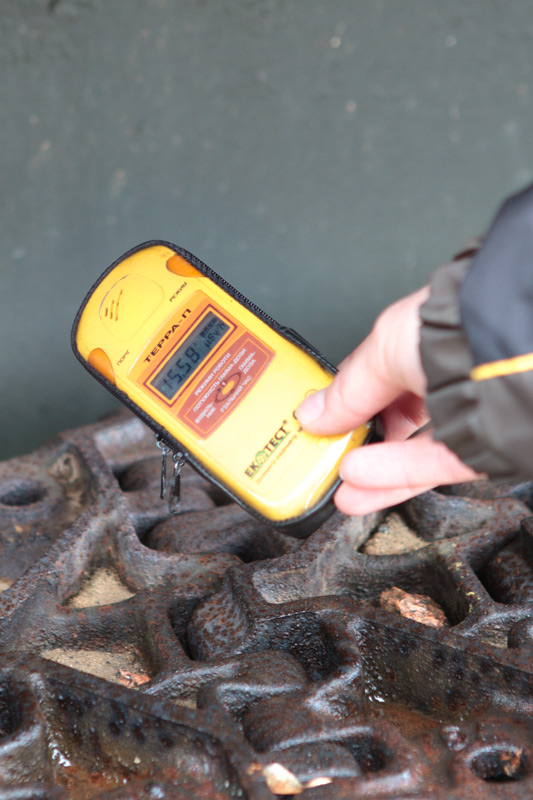
The first abandoned place we visited was a kindergarten, slowly being consumed by the forest around it. It’s weird to think that items like this learning aid have been hanging on the wall and untouched for almost 30 years.





If memory serves correct, this is the abandoned reactor 5. Being built when reactor 4 exploded, construction was stopped. The cranes and construction vehicles sit in the same place as they did in 1986. 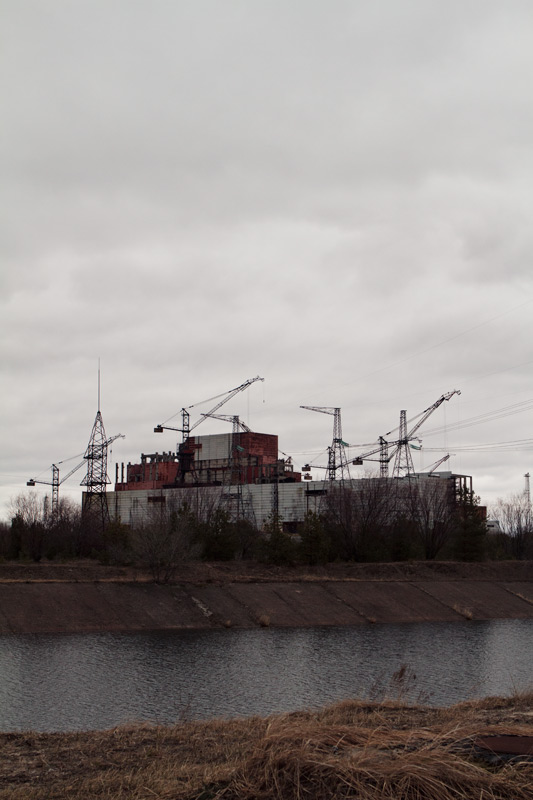
Prypiat was a futuristic city in its time. The engineers and scientists who lived there made the best wages in the USSR and lived in a relative paradise. Contemporary photos show a Disneyland-like utopia with happy people in a city of flowers. The void that 50,000 people leave behind is unimaginable.


Note the tree growing inside the building. The forest is everywhere now. 
A former theater, now destroyed by time and nature.

The most famous icon of Prypiat. Because of the radiation levels we were only allowed 7 minutes in the amusement park. 
A group of artists has done graffiti in many places in order to restore a sense of life to the dead town.



A sign for a youth organization.
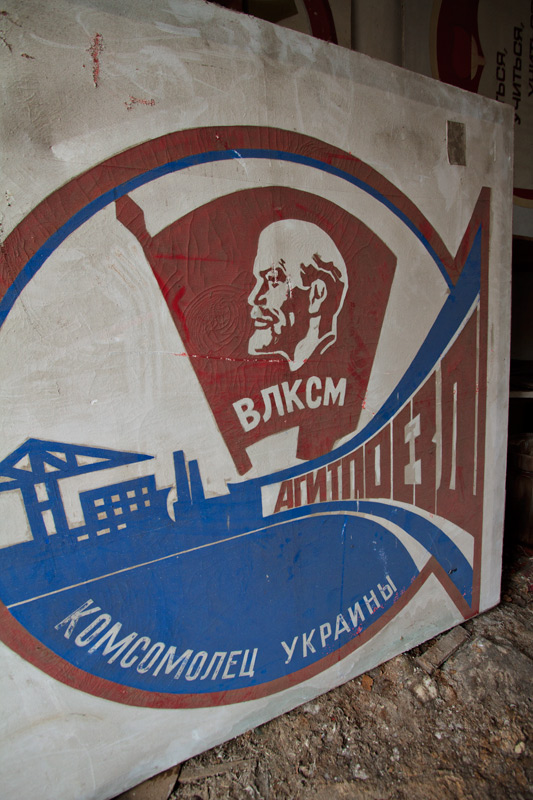
I found this stool in an abandoned grocery store. I liked the way the ice melted away from the legs.

The numerous gymnasiums (I think there were 12 of them) must have been incredible in their day. They have enormous swimming pools and sports courts and are still impressive even now. This pool is probably 20 feet deep and descends into the first floor.

Near the end of the excursion we were taken to a facility right next to the destroyed number 4 reactor. The public relations director who runs the facility was kind enough to take time to discuss the explosion and its horrible consequences. This is a model showing the inside of the destroyed reactor. To give you an idea of the power of the explosion: that round ball structure in the middle with all the wires coming out of it is called an upper biological shield. It’s meant to contain the energy from an explosion and weighs 2,000 tons (4,000,000 pounds). It was thrown 30 feet into the air and came to rest on its side. Think about that: 4 million pounds was thrown 3 stories into the air.
I would have loved to have talked to this woman for more time, but we were kicked out when a high ranking UN delegation arrived. The Chernobyl facility represents one of the gravest dangers facing humanity today, but because of their 26 years of experience, it also represents the frontier of securing our nuclear legacy. The UN and experts from Fukushima visit regularly.

This is an external shot of the dead reactor 4. Enclosed in an aging sarcophagus, the structure is set to get a new radiation shield in about 5 years time. Amazingly, even after they put on the new high-tech shield, work is scheduled to continue to secure the material inside for more than 100 years.
Visiting Chernobyl is one of the strangest things I’ve ever done. If you didn’t know the haunting secret behind it, the location would seem almost idyllic. The place is dead quiet, and peaceful forest is everywhere. And yet, this one building has enough poison in it to kill millions of people.
During the entire time near the reactor our detectors were in full panic mode. Radiation is a horrible mistress: something you can’t taste, touch, feel, or smell has the the power to kill you, and quite effectively at that. Scores of people died horrible deaths in the aftermath of the disaster, and something like 6,000 more have died since from the after effects. I made sure to tip a glass to their memory later that night.

I plan on visiting the site again sometime in the next year if possible, but will be exploring Prypiat more fully. If you’re reading this and want to join me, drop me a line and let’s see if we can’t figure something out.
Look for my Paris photos in the next few days!
